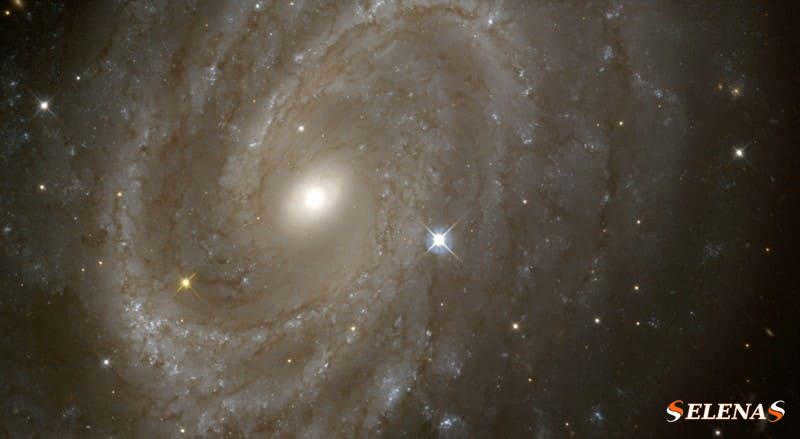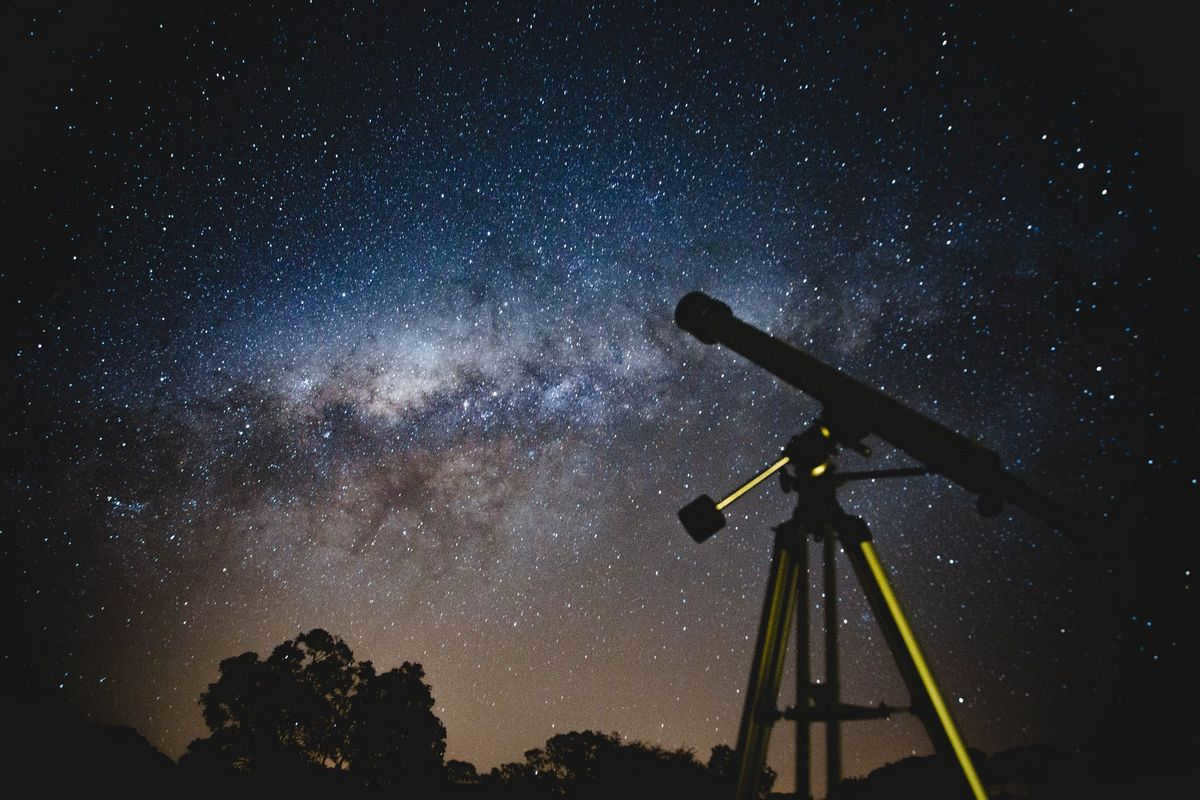
Stars, which are among the most blazing entities in the cosmos, continue to intrigue scientists and researchers alike. Thanks to advancements in technology, humanity is constantly uncovering fresh insights into these celestial bodies, discovering their unique characteristics and distinguishing features.
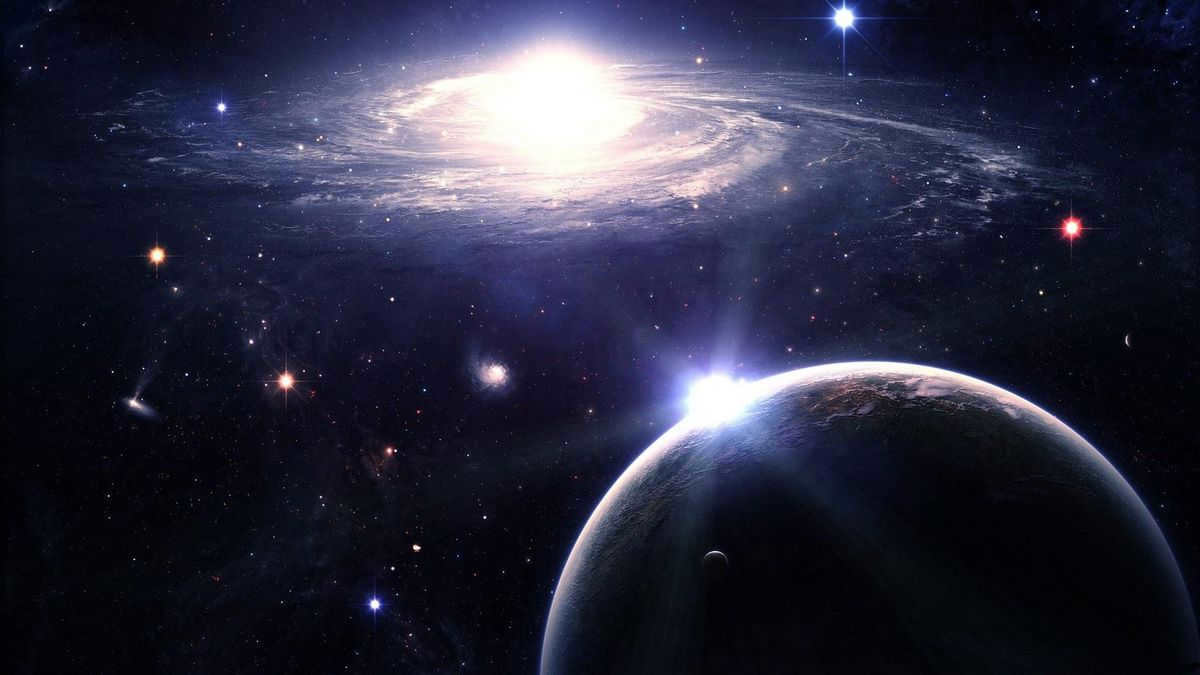
Understanding the phenomenon of star luminosity
When observing the night sky without any optical aids, the visible objects are limited to those that lie approximately 2000 light years away. But have you ever wondered what exactly a star is and why it emits light?
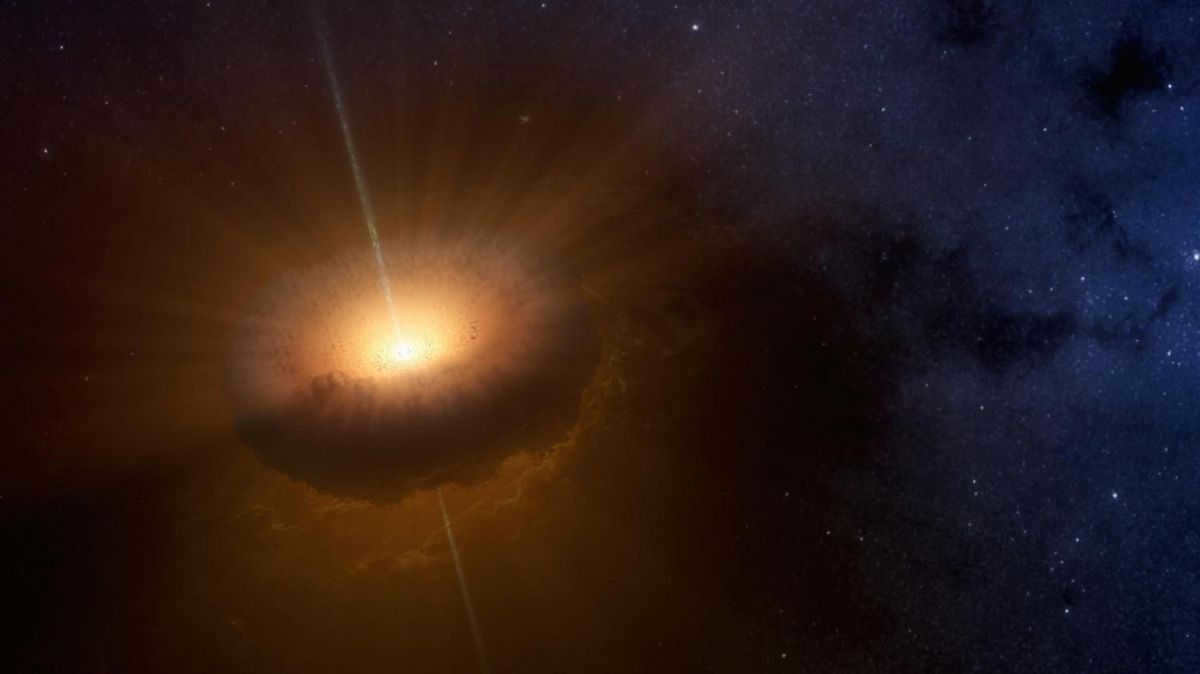
Stars are enormous spheres composed of plasma or ionized gas.
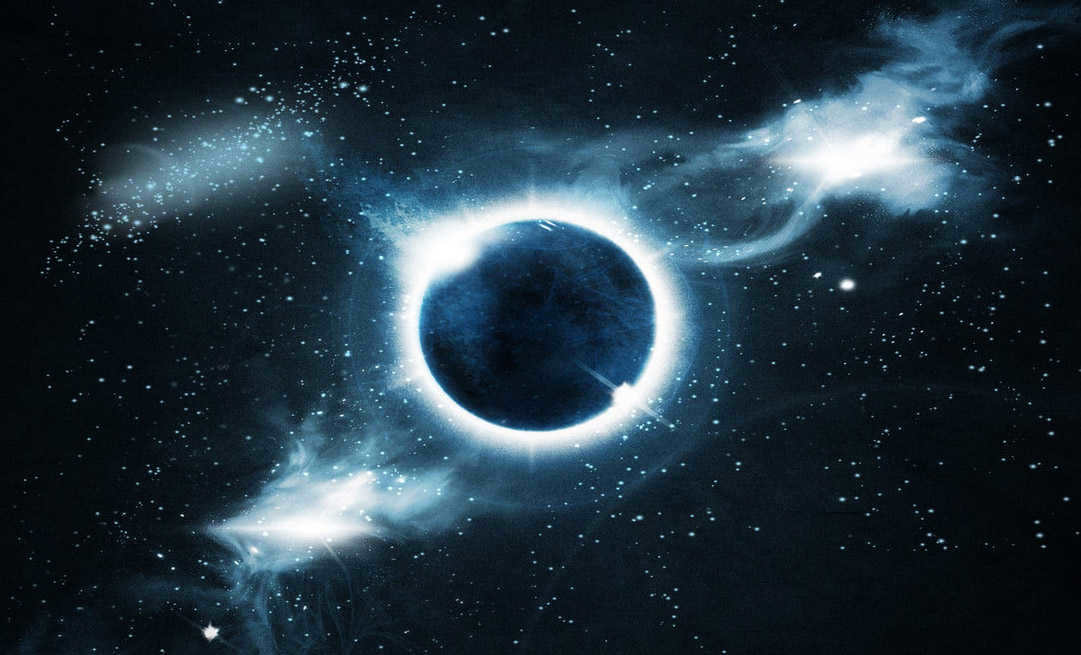
Their interior is the site of thermonuclear reactions that produce immense amounts of energy and light, which then reach us as light and heat.
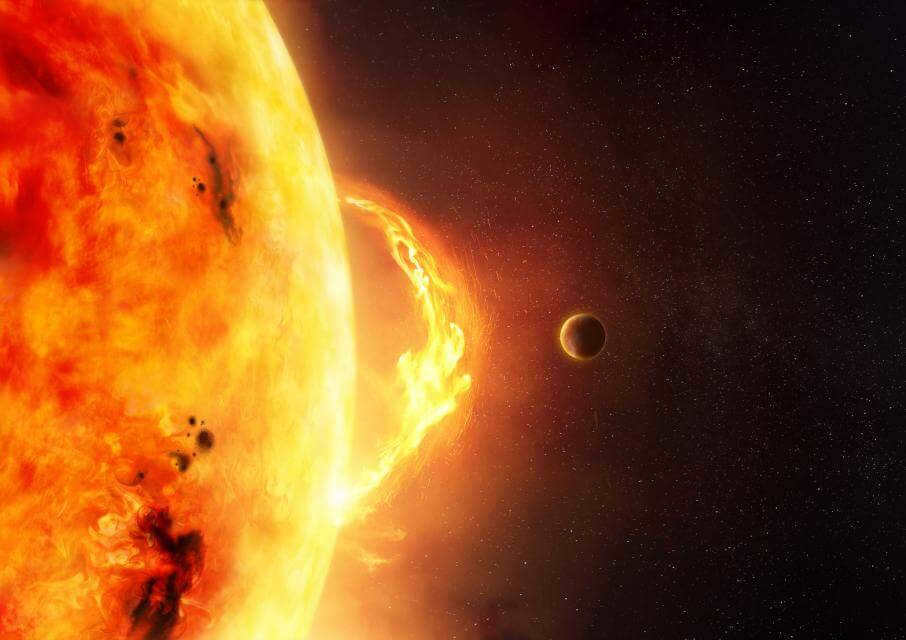
Copernicus had the belief that every star was equidistant from us. However, this assumption turned out to be incorrect. To rectify this misunderstanding, scientists devised a unique unit of measurement to accurately determine the distances between stars.
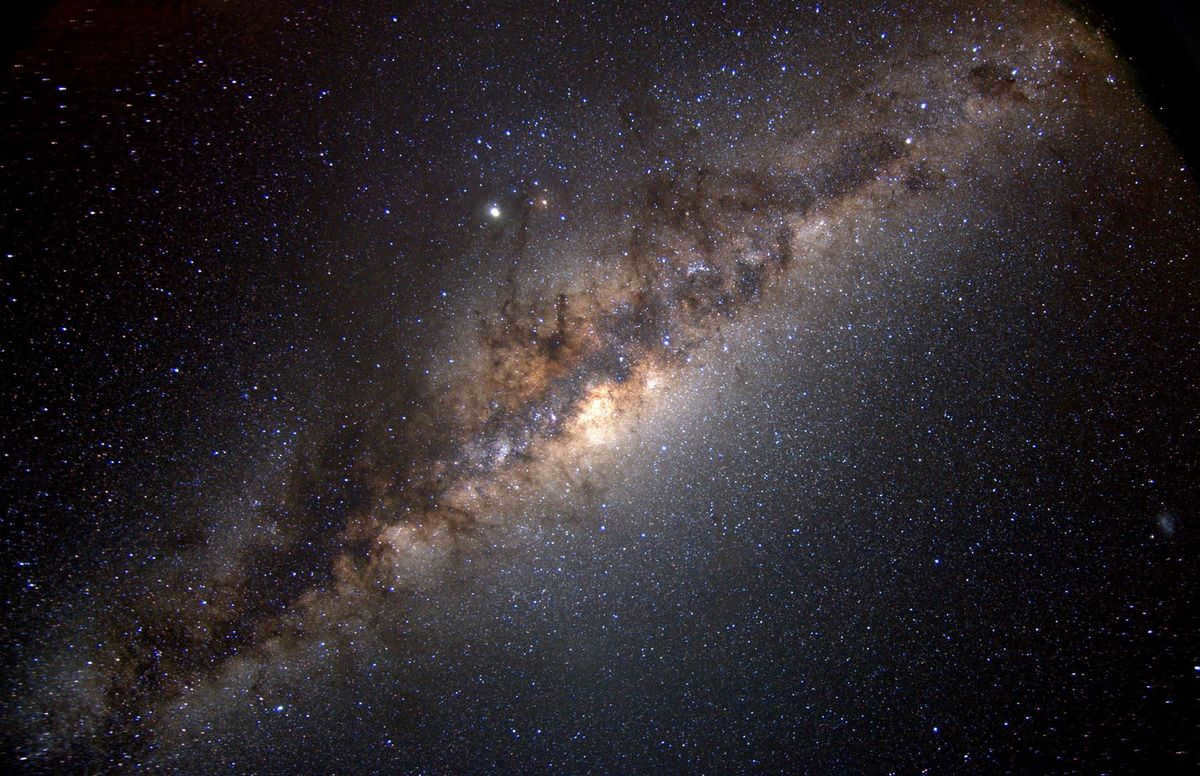
The distance that light travels in one year on Earth is known as a light-year. Light emitted from a celestial object moves at a speed of 300,000 kilometers per second.
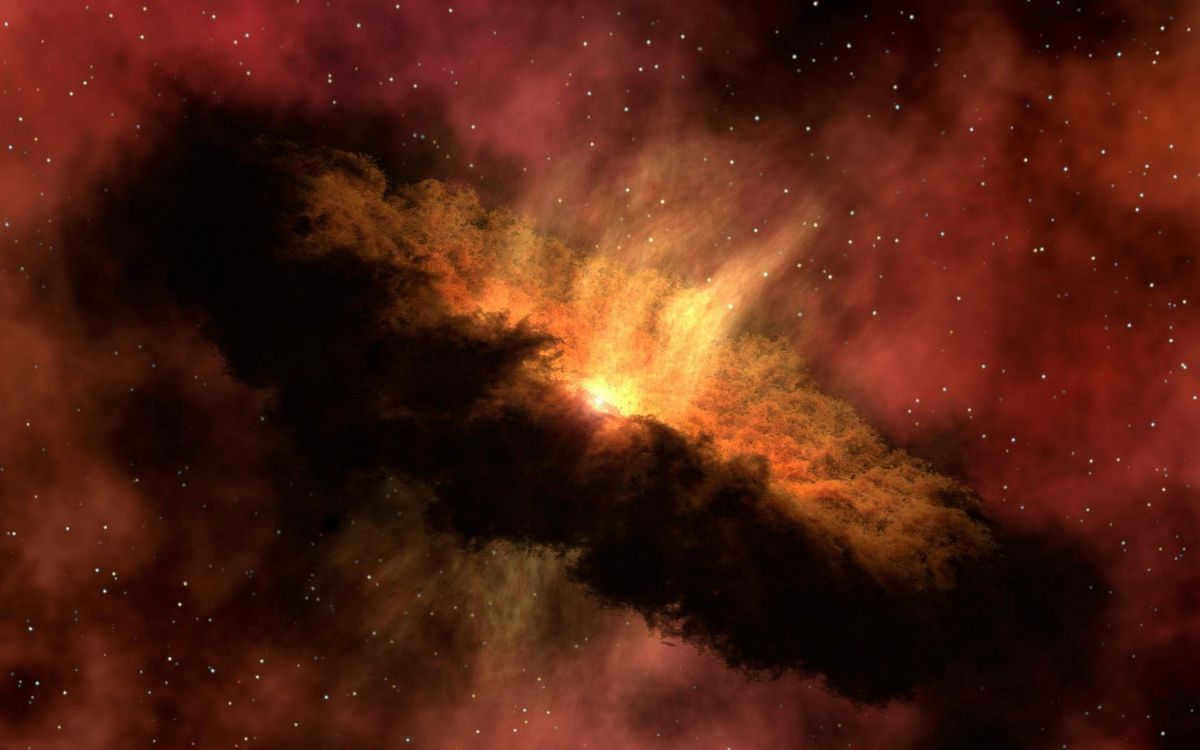
It is possible that the stars you observe in the night sky may no longer be emitting light, yet the light they once emitted continues to reach us.
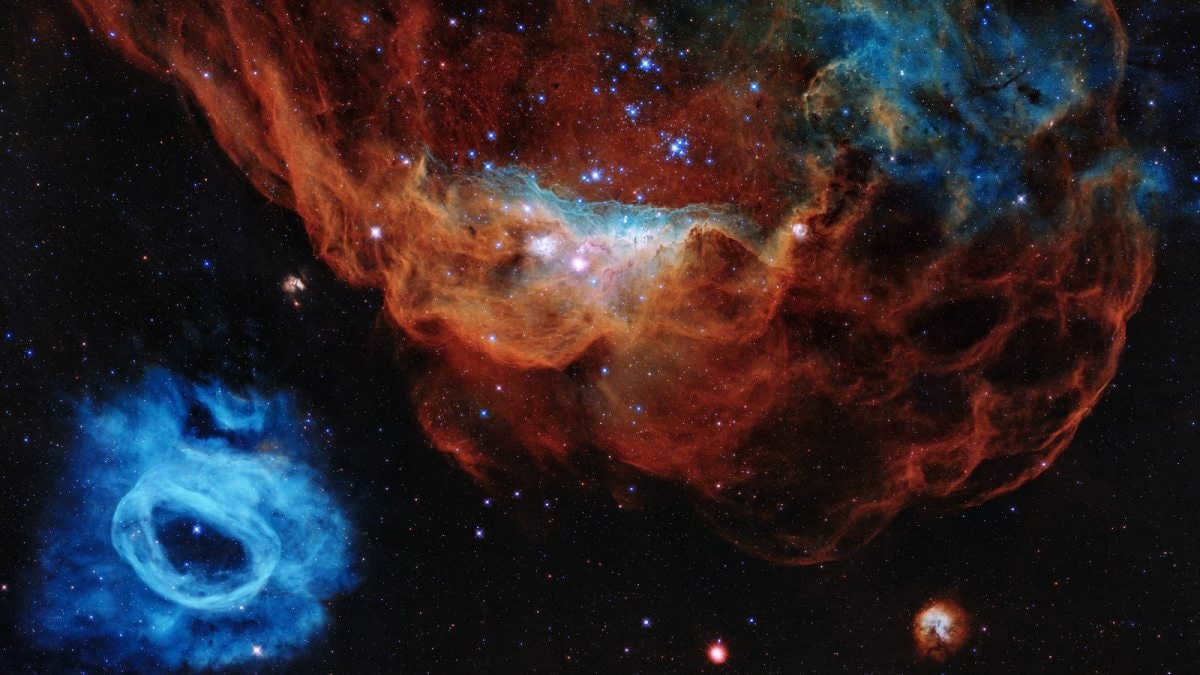
The reason for this is that these stars are located at a distance of several thousand light years from Earth.
Stars and galaxies
Stars are born out of vast clouds of gas and dust. Each individual star, appearing as a tiny point of light in the night sky, possesses a unique history and destiny.
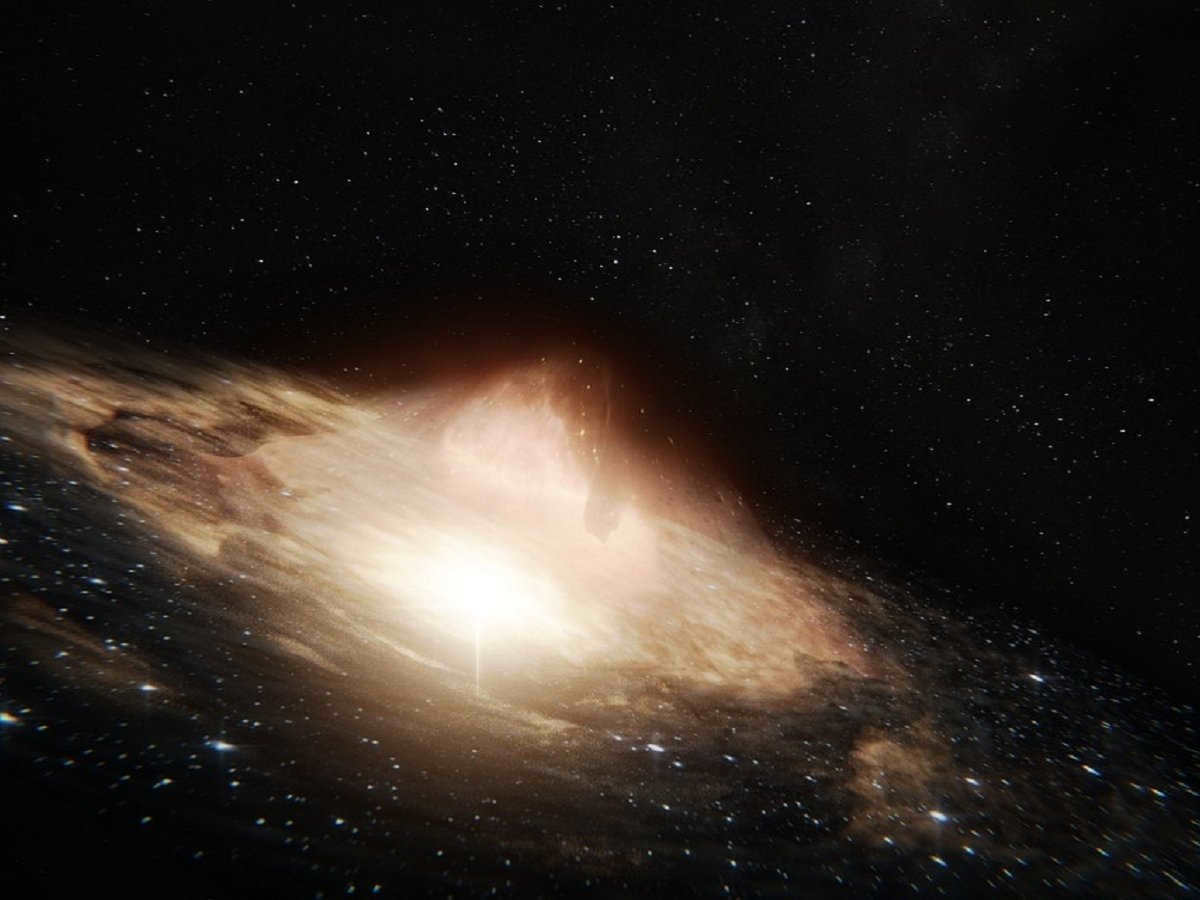
Stars come in a range of colors and the reason for their differences lies in their spectral classes.
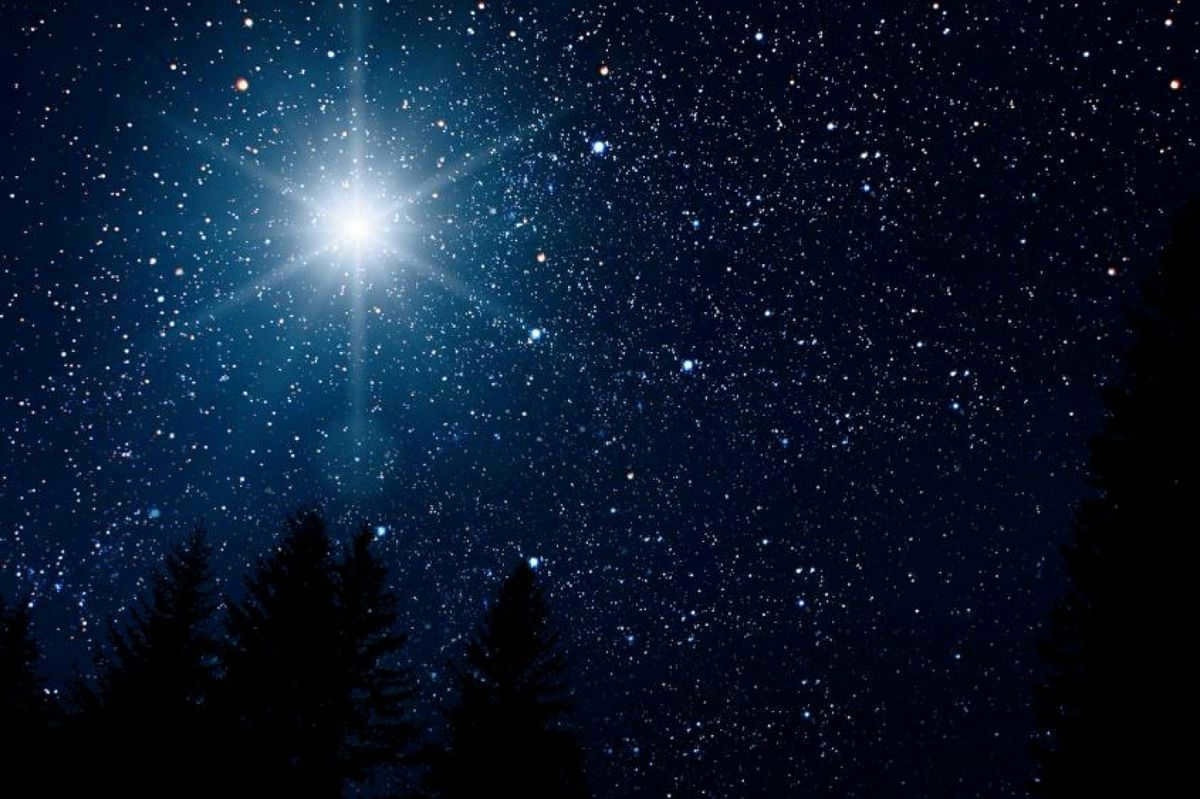
There are just seven celestial bodies in this category. The entities belonging to the initial cluster are extremely large in size. The most scorching stars possess a vibrant shade of blue.

Upon reaching the final stage of its life cycle, a star goes through transformations that alter both its characteristics and color, resulting in a reddish hue.
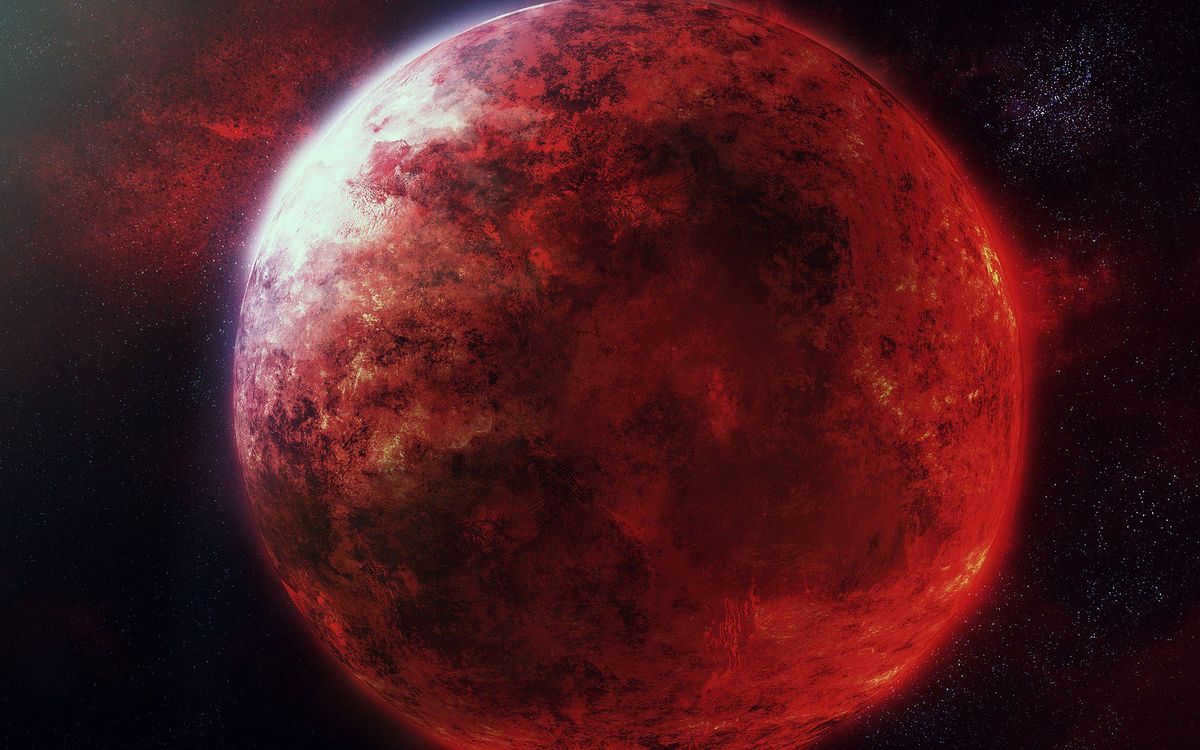
There are various types of celestial bodies depending on their stage of evolution:
- ordinary ones;
- yellow dwarfs;
- red giants;
- white dwarfs;
- red dwarfs;
- brown dwarfs;
- supernovae;
- neutron stars;
- pulsars;
- variable stars.
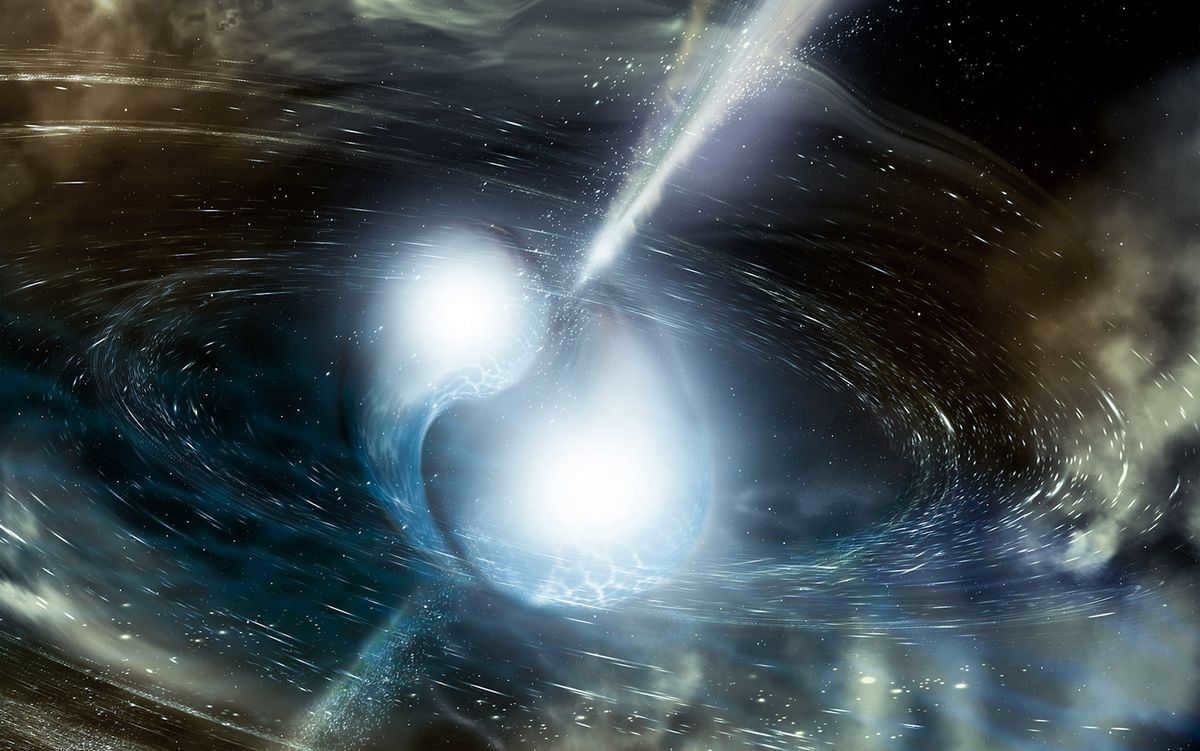
Reports indicate that there are approximately 2 trillion galaxies in existence, with each one possessing its own distinct characteristics and qualities.
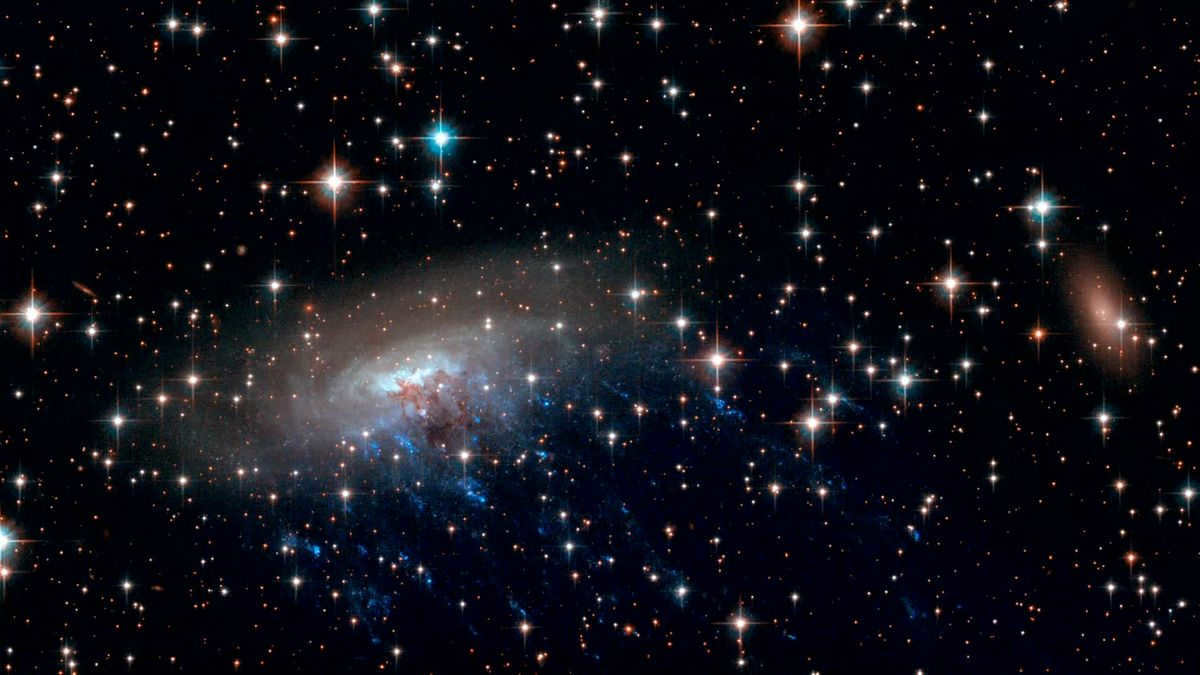
A galaxy is a collection of stars, planets, nebulae, and other celestial bodies that are held together by the force of gravity. Galaxies are created when small clusters of stars collide.
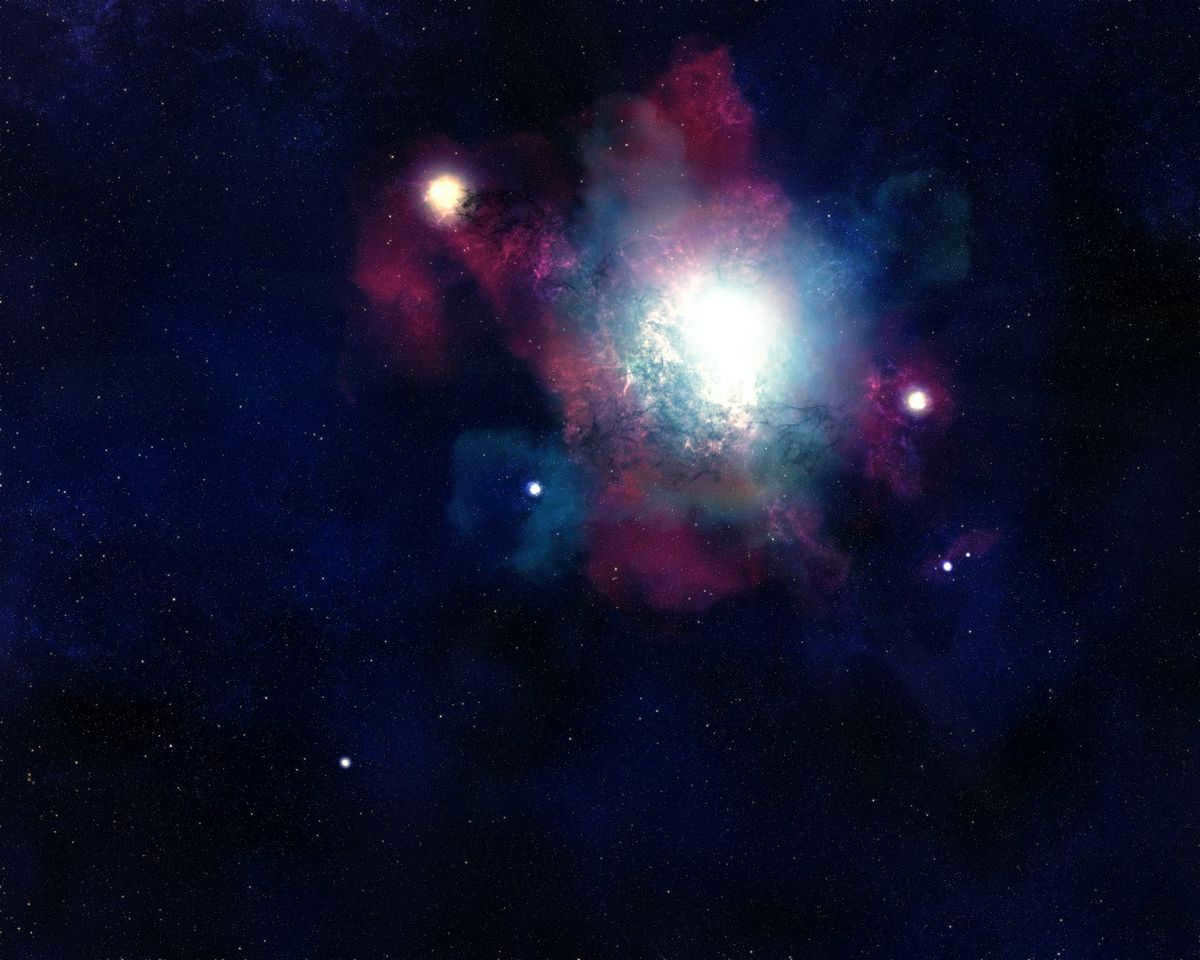
Over the course of millions of years, a complete galaxy comes into existence. At the heart of these systems lies a supermassive black hole.
All galaxies can be classified as:
- Lenticular and elliptical. These galaxies lack structure, contain minimal amounts of gas and dust, and experience scarce star formation. Their size ranges from 30 to 700 thousand light years in diameter. They make up less than 15% of the entire universe.
- Spiral. They exhibit high activity, possess a diverse structure, and are teeming with various astronomical entities. Our Milky Way galaxy spans 100,000 light years in diameter. Similar galaxies comprise 72% of the overall count.
- Irregular galaxies. They feature a modified core and lack rotational symmetry.
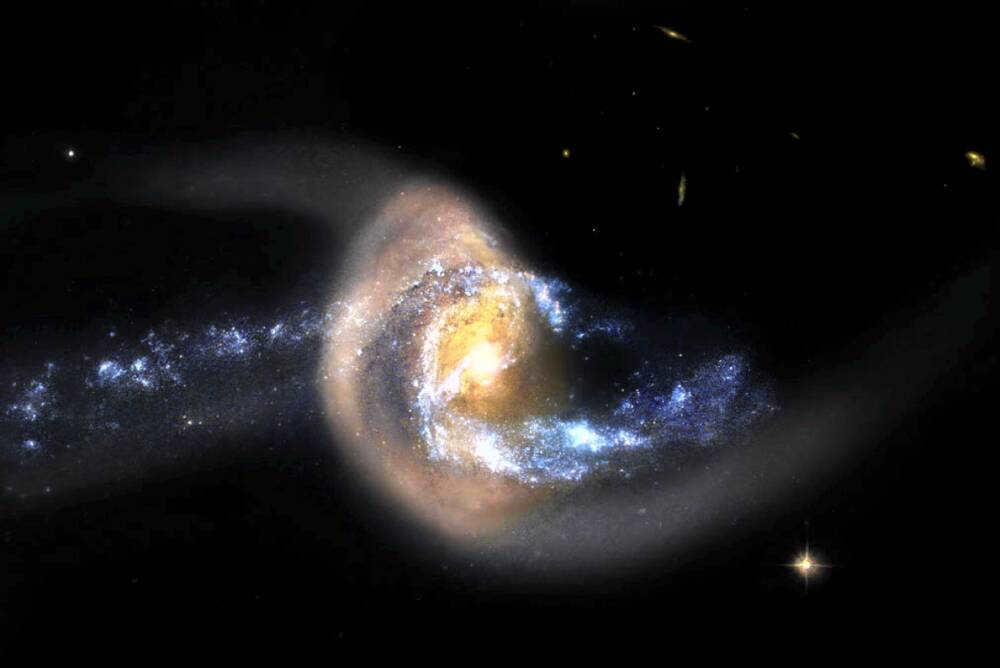
There are four observable galaxies through a telescope: the Andromeda Nebula, the Milky Way, the Large Magellanic Cloud, and the Small Magellanic Cloud.
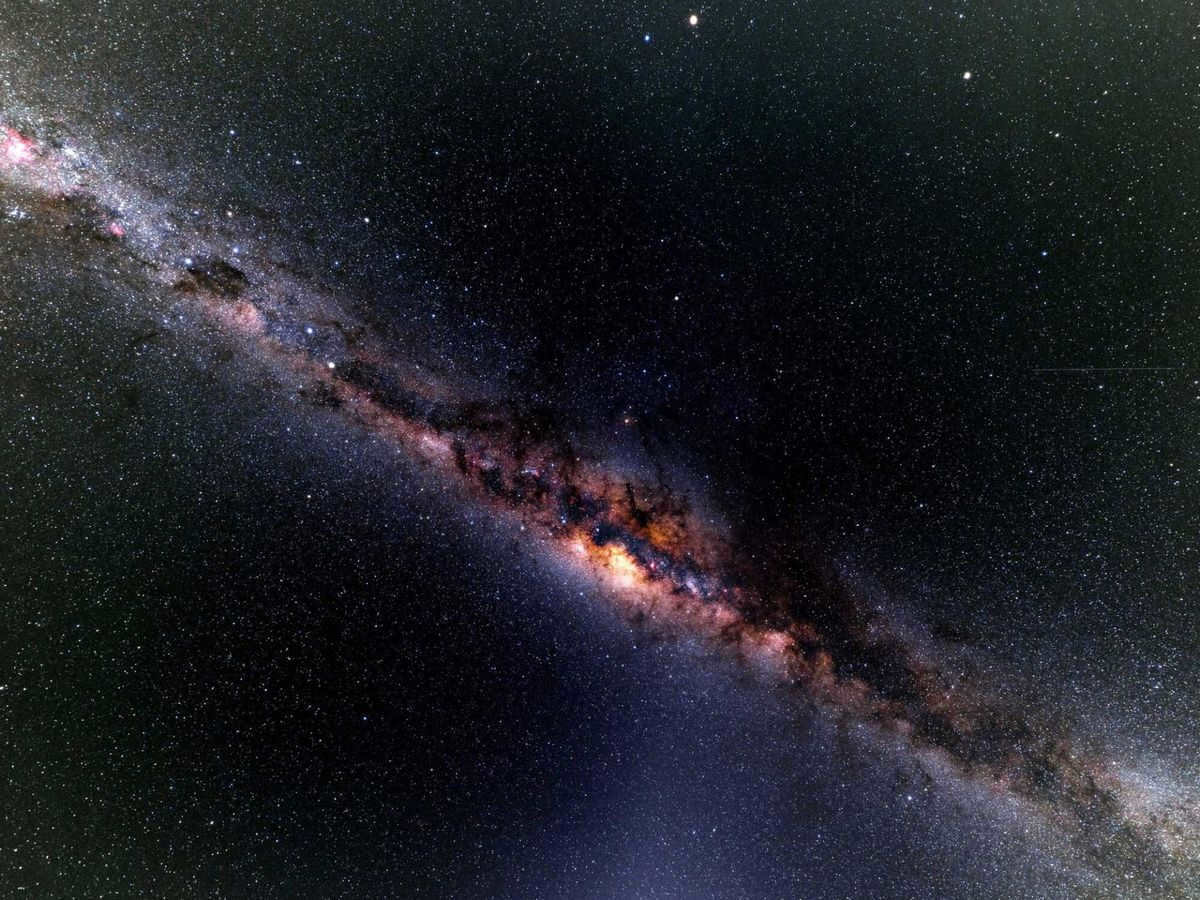
The Andromeda Nebula is the galaxy that is closest to our own.
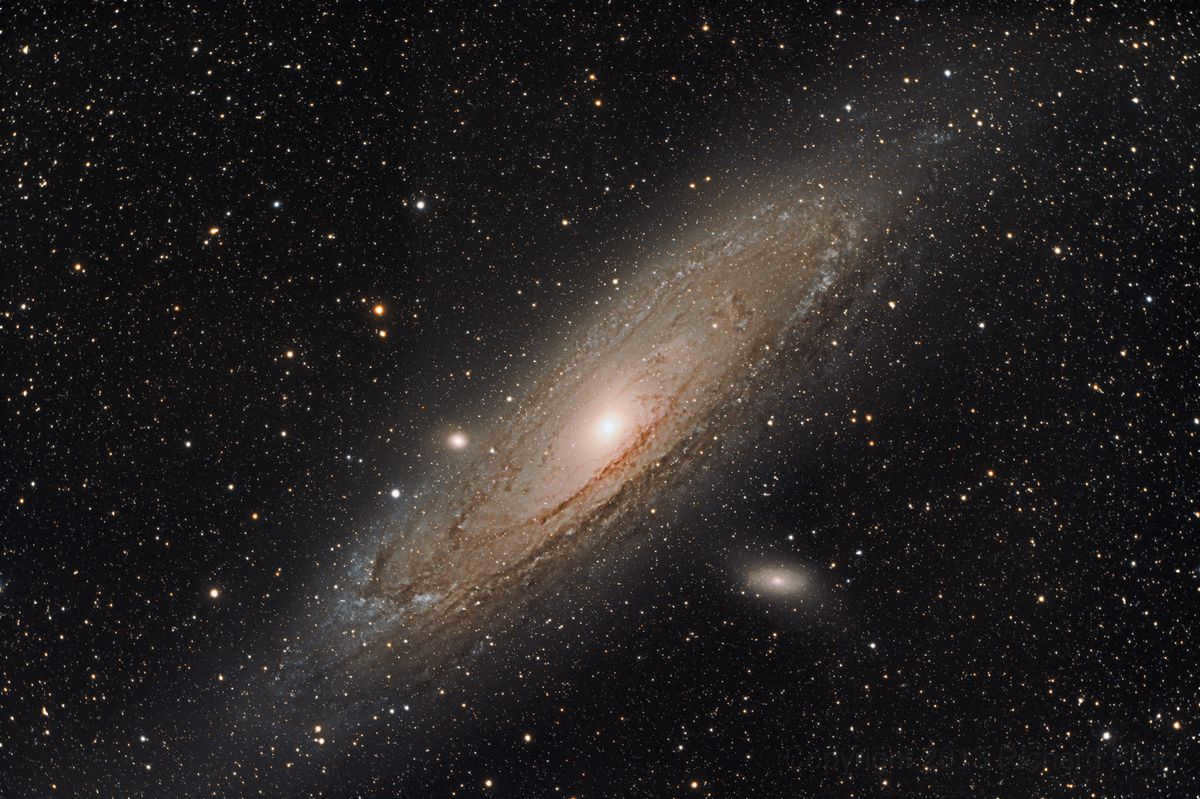
Furthermore, the most distant star is situated at a staggering distance of 13 billion light years, signifying its formation occurred a mere 400 million years subsequent to the colossal explosion known as the big bang.
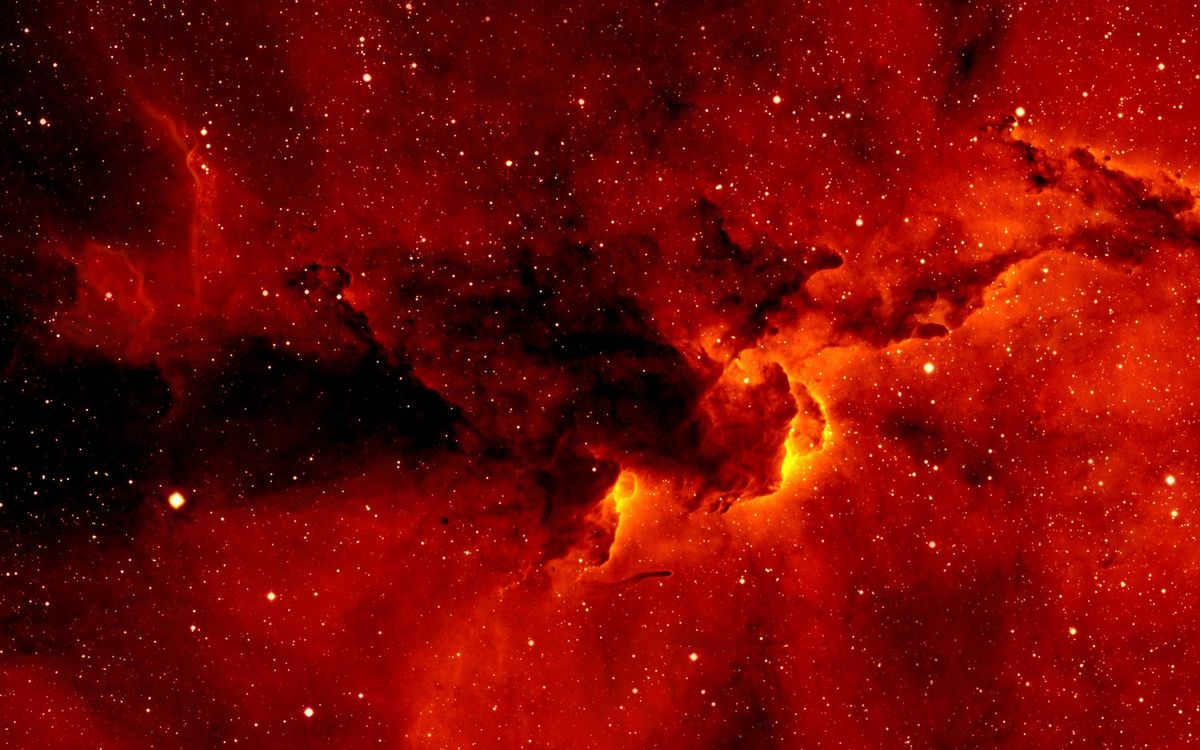
Stars: Their Size, Mass, and Luminosity
Every star found in space possesses three primary characteristics:
- Stellar Magnitude: This denotes the brightness of stars as observed from Earth. The higher the brightness, the lower the stellar magnitude.
- Temperature: Ranging from 2000°C to over 100,000°C, the temperature increases towards the core’s center.
- Mass: Varying depending on the amount of matter present in the celestial body, it is quantified in terms of solar masses.
- Density: Dictated by the star’s size, giants have significantly lower density compared to medium and small luminaries.
- Diameter: Extending from a few kilometers to hundreds of millions of kilometers.
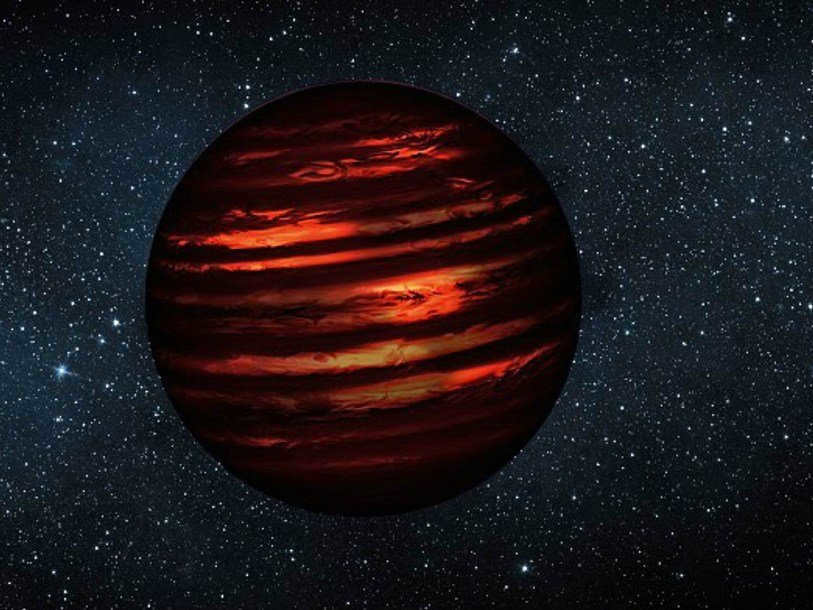
Luminosity is a measure of the brightness emitted by a star per unit area. The sun has a luminosity of 1, and is classified as a yellow dwarf.
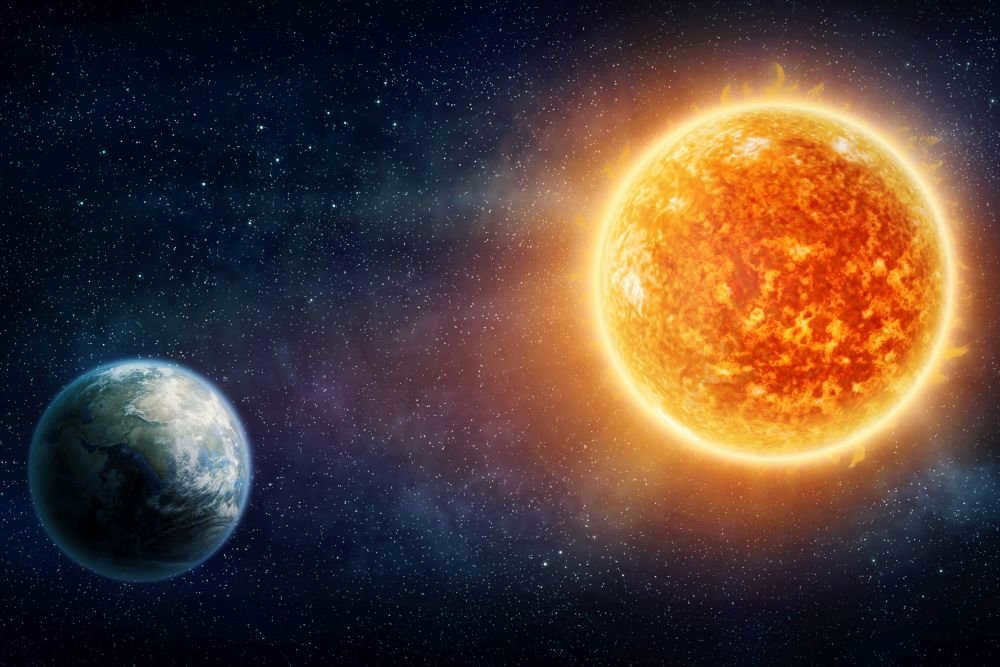
The classification of stars is determined by their luminosity and color, which is directly related to their temperature. Throughout their lifespan, stars can change in size.
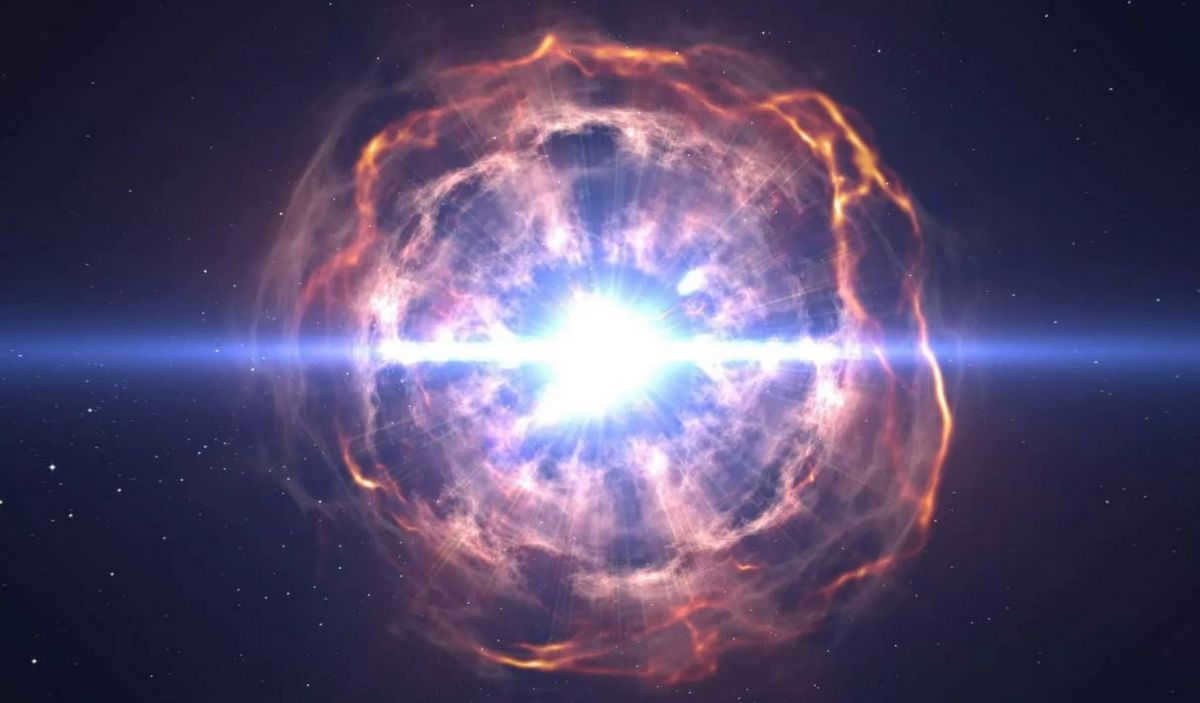
The Sun is a radiant celestial object located at the heart of the solar system. With a diameter of approximately 1,000,400,000 kilometers, traversing from one pole to the other would take around two months, necessitating significant protection from intense heat.
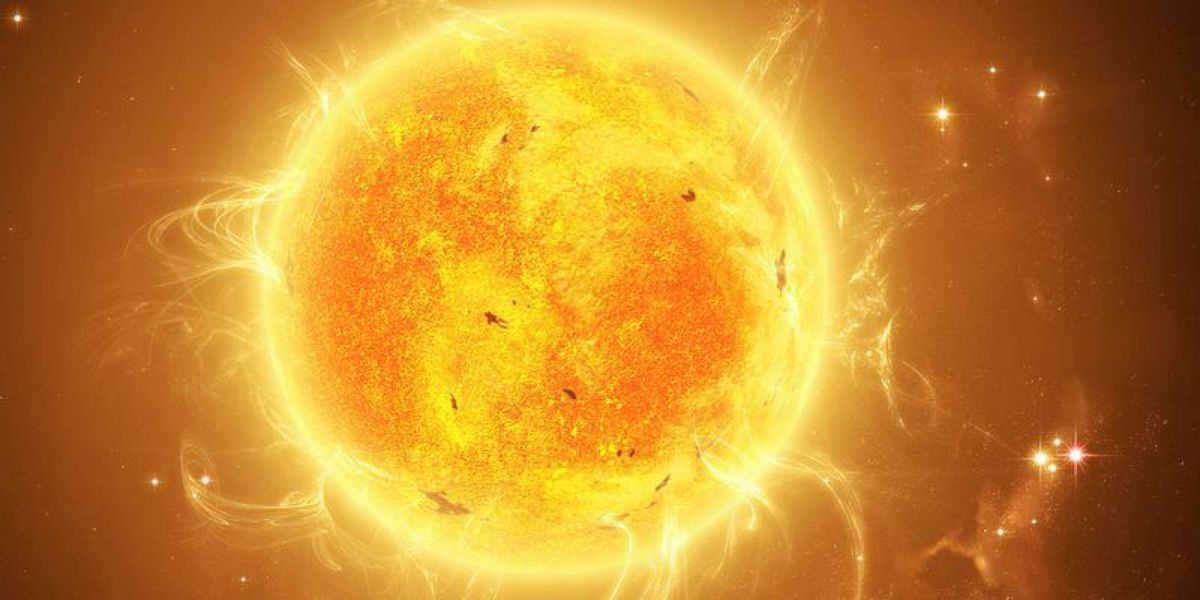
However, the Sun is not the biggest celestial body. The Sun is smaller than some of the brightest stars. VV Cepheus B, for example, is estimated to be 13 to 25 times larger than the Sun, even by the most cautious calculations.
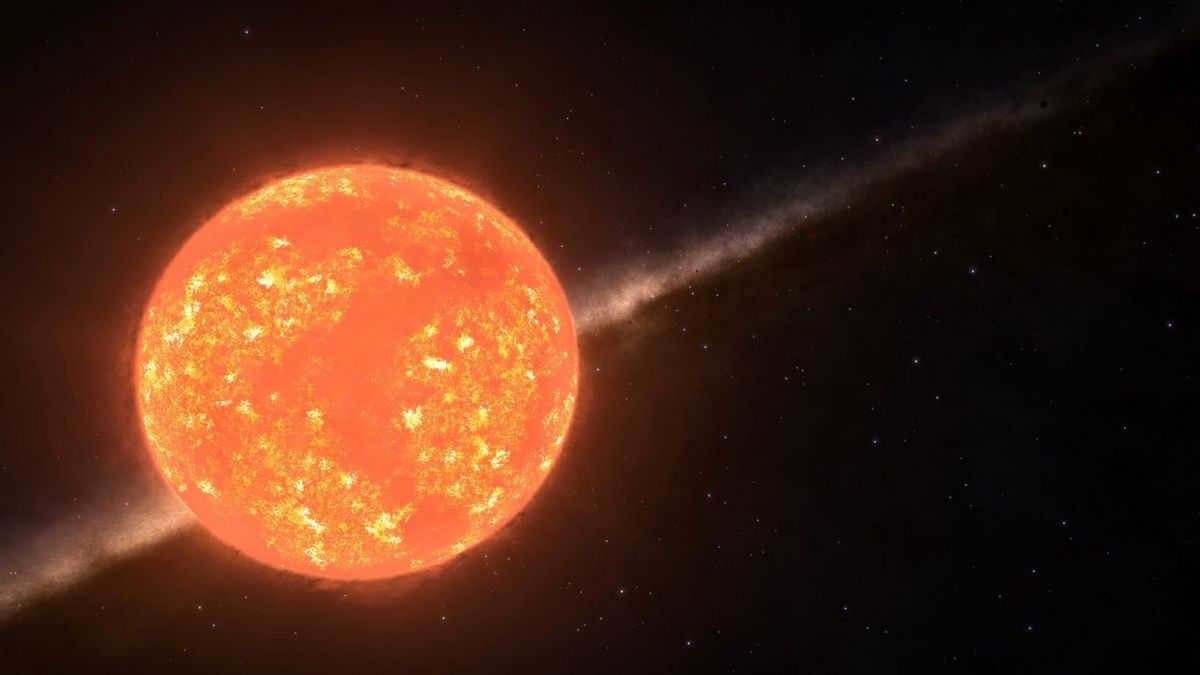
Polaris shines with exceptional brightness due to its size, which is 37 times larger than that of the Sun. This star stands relatively close to Earth, making it easily visible in the night sky. Another standout in the vast expanse of the Milky Way galaxy is the Peony Nebula, renowned for its luminosity.
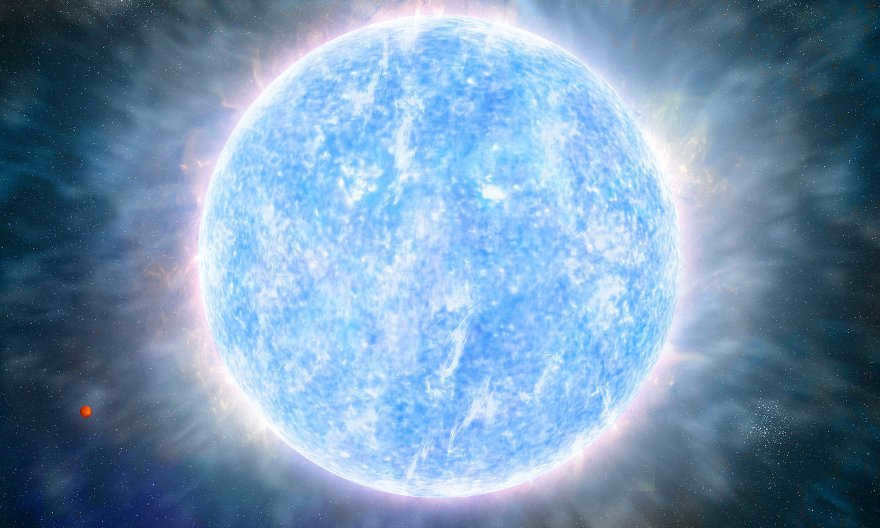
It has a diameter that is 92 times larger than the Sun. However, this is not the maximum size. Take, for instance, the massive star Deneb, which is over twice the size of the aforementioned star. Deneb’s diameter is an astounding 203 times larger than that of the Sun.
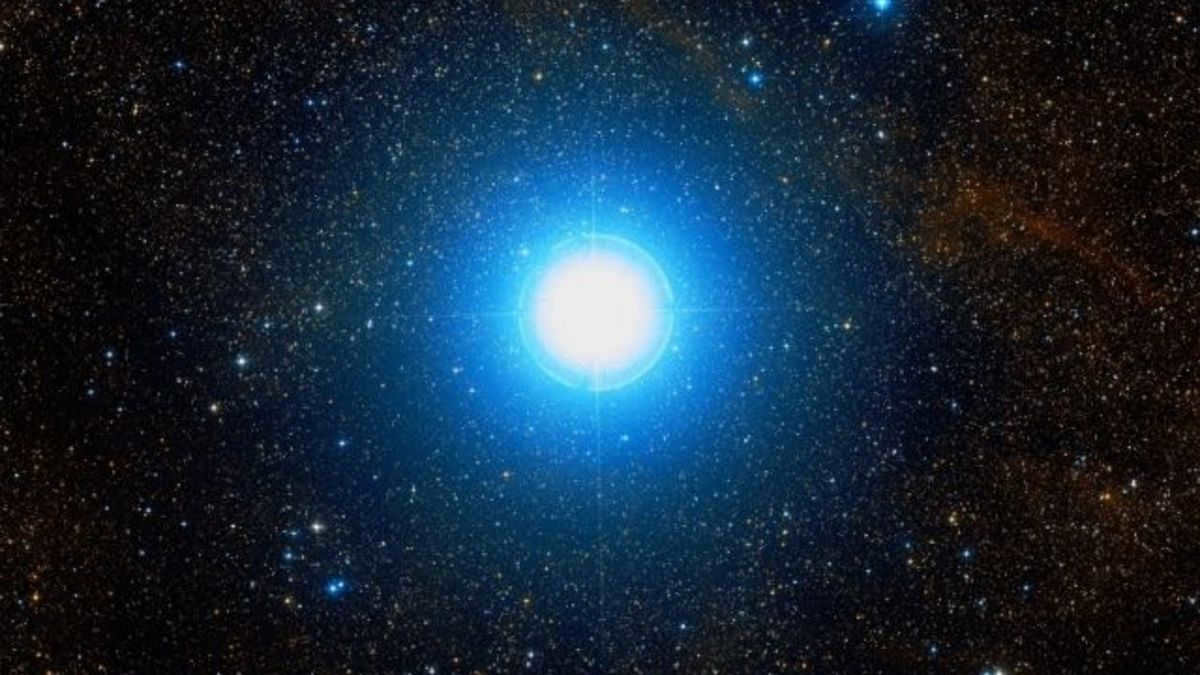
Ro Cassiopeia, the colossal star, surpasses Deneb in size, with its radius being 500 times larger than that of the Sun.
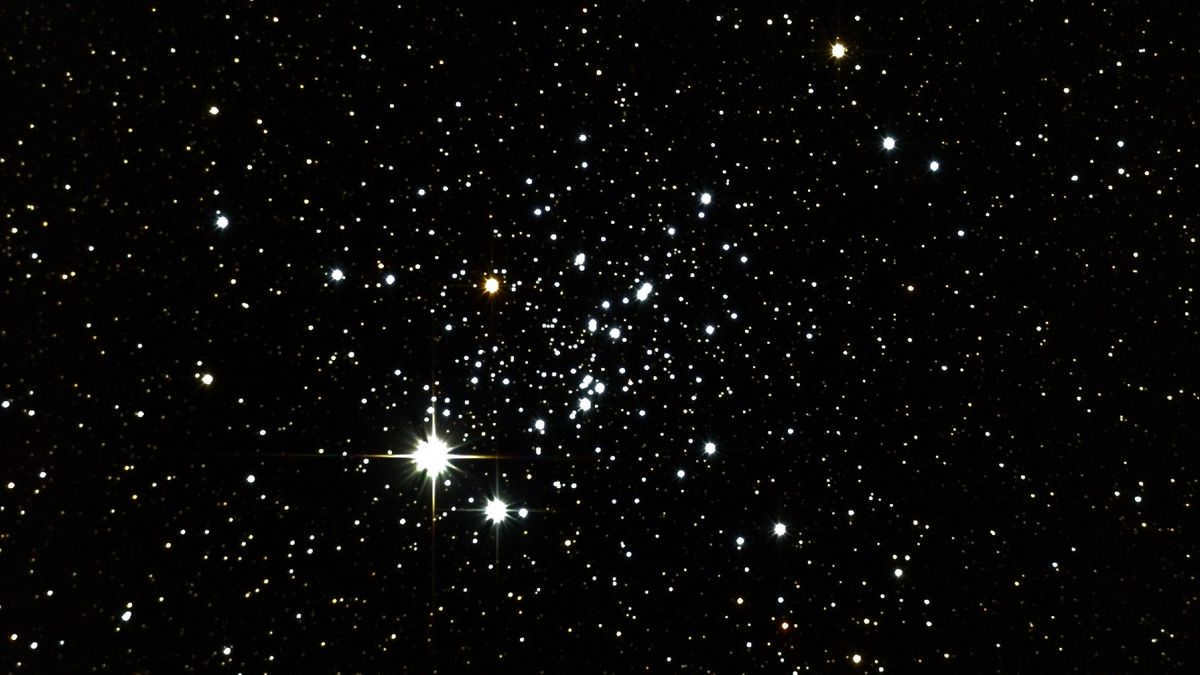
There is a unit of measurement known as the solar radius, which is used to quantify length. The massive star Betelgeuse is equivalent to nearly 995 of these solar radii.
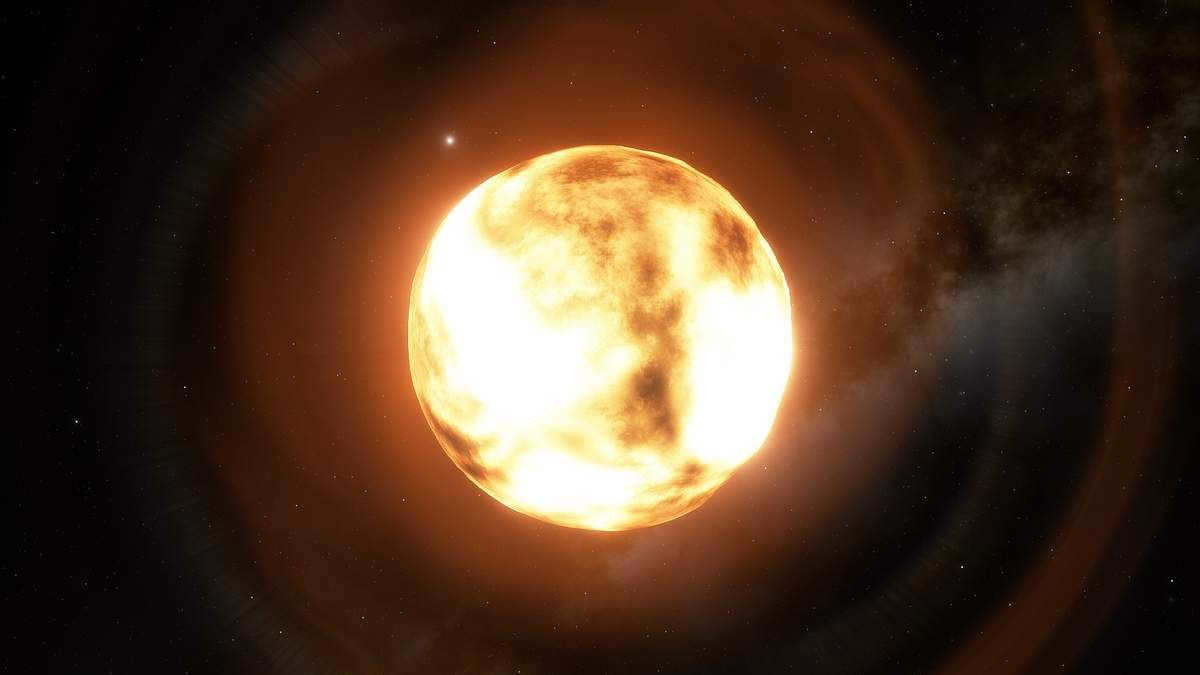
There exist other colossal entities within the vast expanse of the universe. Scientists have made the remarkable discovery that during the pinnacle of their pulsation, these entities possess diameters that far surpass that of our own sun. Furthermore, there are celestial bodies that exceed the magnitude of even the most resplendent luminaries. One such example is the enigmatic Sombrero black hole.
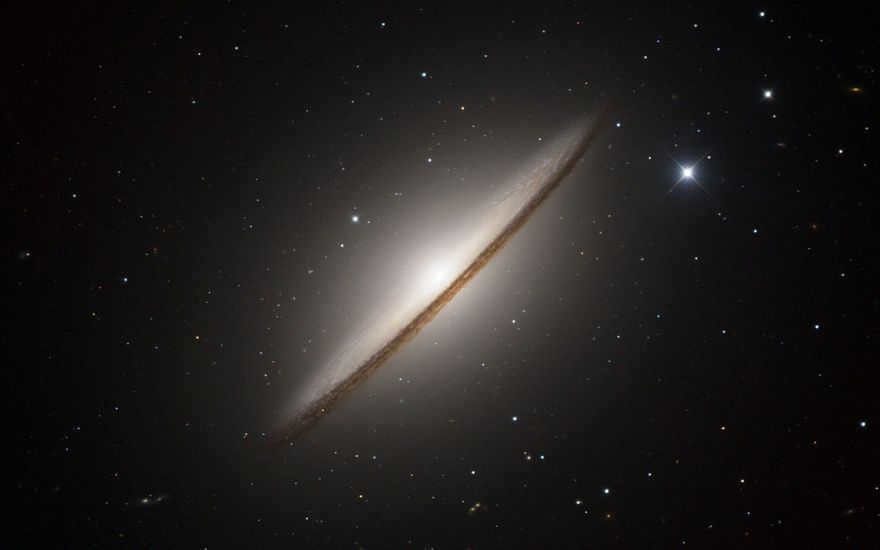
The black hole got its name from the galaxy it resides in, just like all other black holes. It measures approximately 6 billion kilometers in diameter.
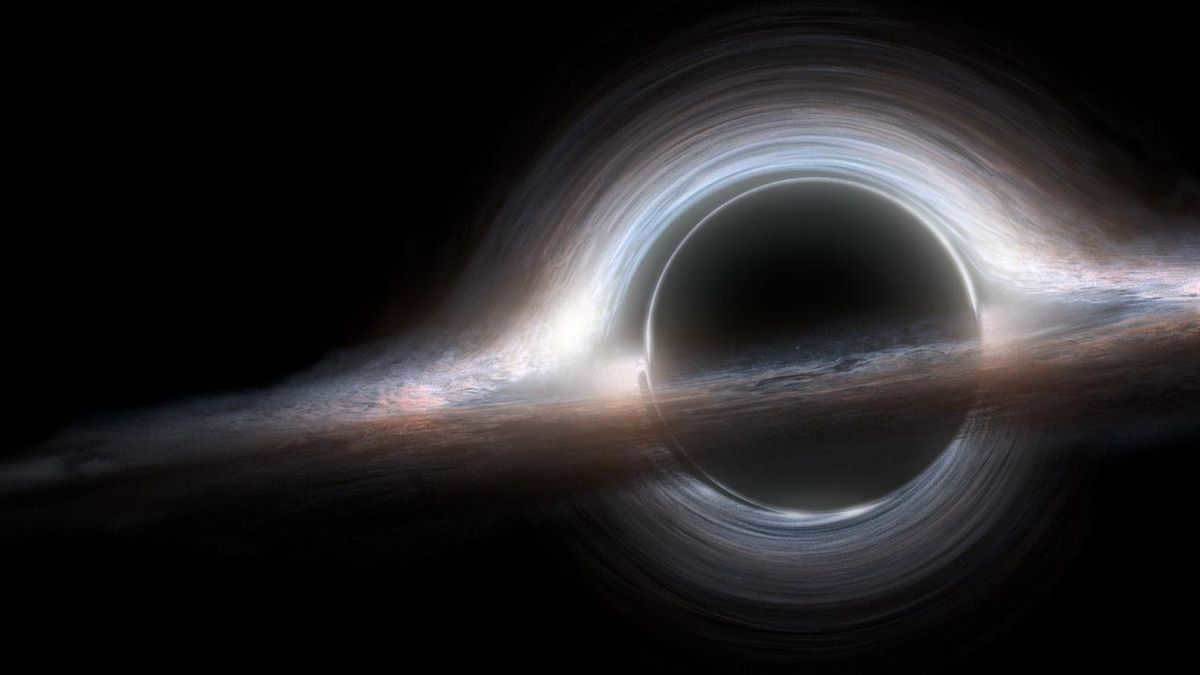
When a star has a mass similar to that of the Sun, it has a lifespan of several billion years before it undergoes a transformation into a red giant.
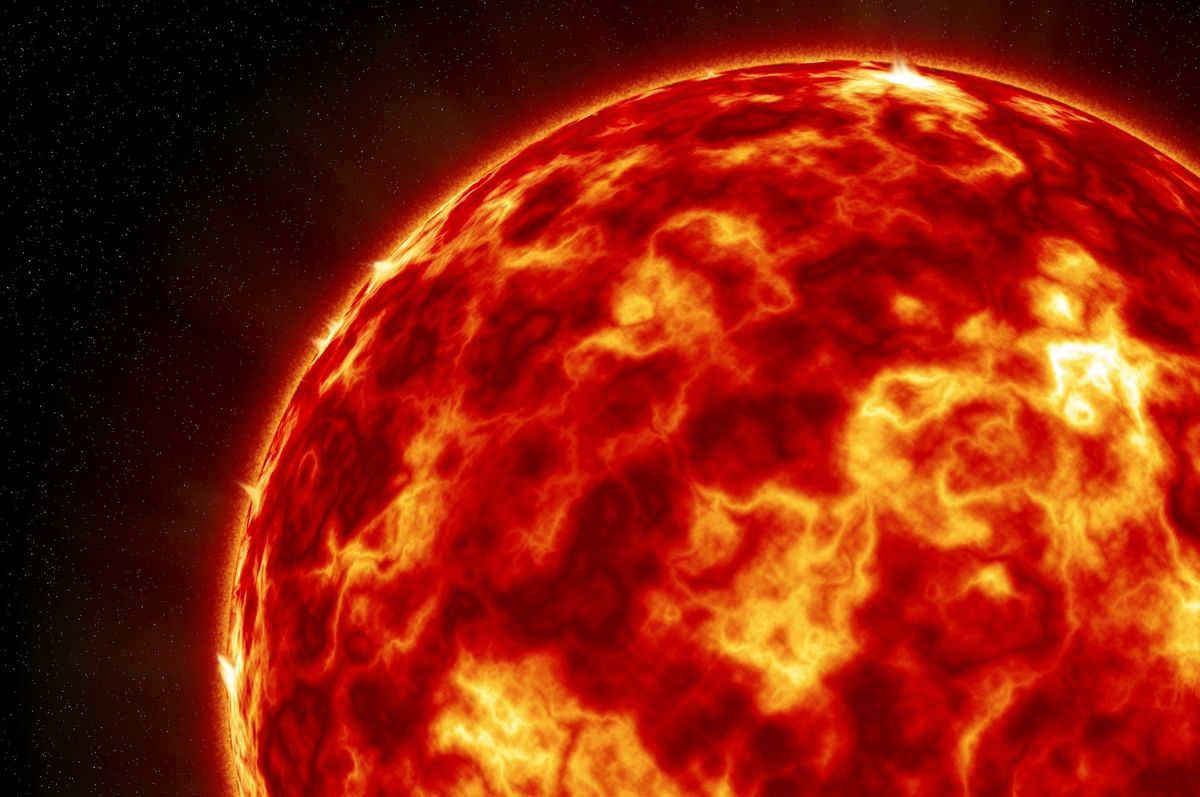
Afterwards, the star will discard its hydrogen envelope and transform into a white dwarf. Stars with greater mass have a longer lifespan compared to a star similar to the sun. Eventually, in several billion years, they will evolve into red supergiants.
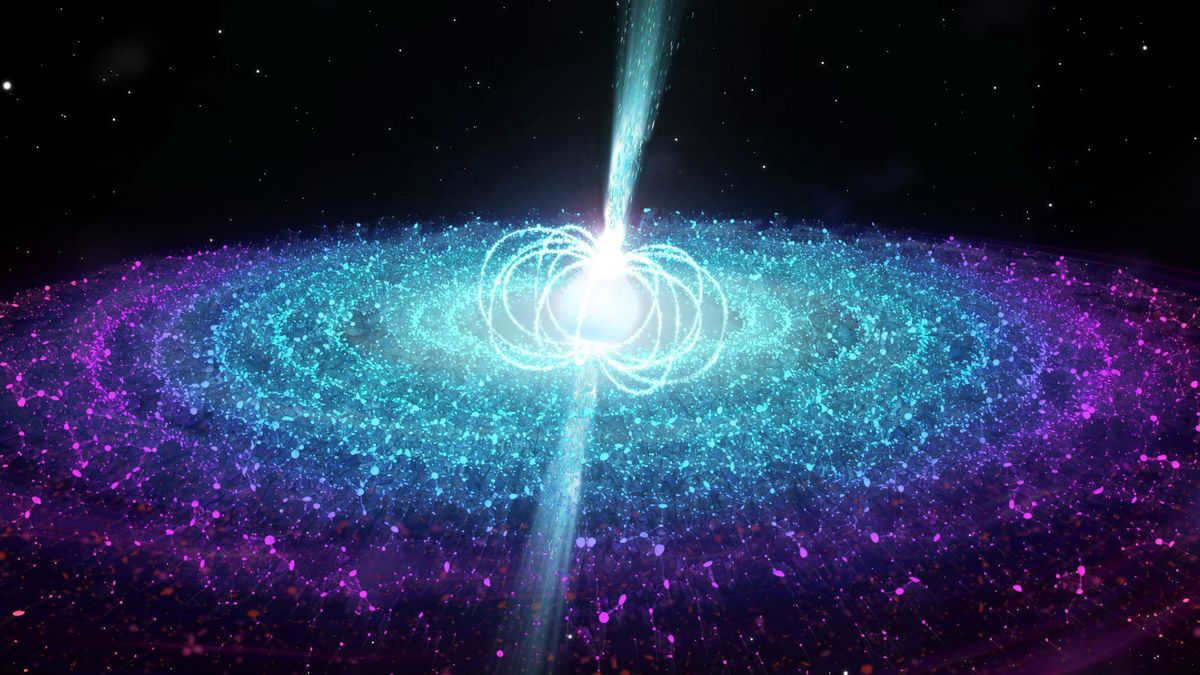
Afterwards, stars undergo a cataclysmic explosion and, contingent upon their mass, transform into either neutron stars or black holes.
Astounding celestial bodies
Quark stars are celestial entities that can emerge when a superdense neutron star manages to alleviate the intense pressure within its own core.
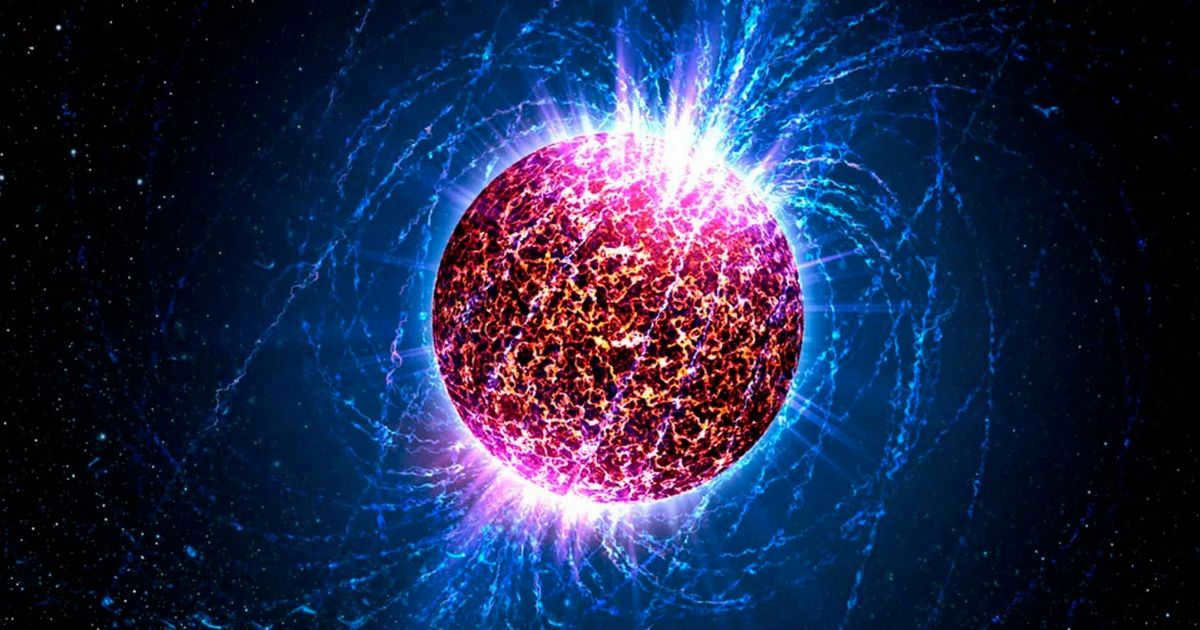
If such a scenario occurs, the neutrons undergo decay and break down into their component parts. Quark material has the ability to exist in a state of gravitational, nuclear, and electromagnetic interaction simultaneously.
- Stellar Devourers. These celestial entities are characterized by their immense size, with a radius spanning several astronomical units, and their awe-inspiring luminosity. The central core of these colossal beings consists of a neutron star, which is created through the collision or fusion of a giant star and a neutron star.
- Quasi-stars. These ancient cosmic bodies are the result of an explosion within the core of a protostar. Instead of collapsing into a black hole, a quasi-star forms, with a black hole at its core. The luminosity of such a star is comparable to that of a small galaxy, and its lifespan is approximately 1 million years.
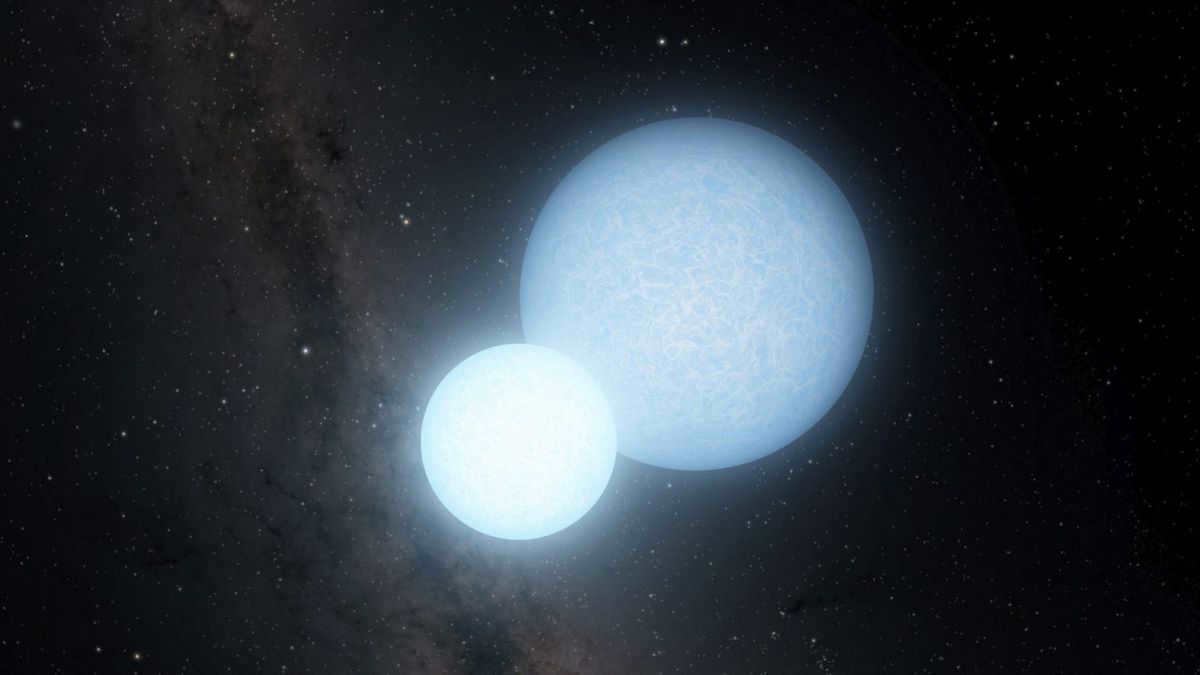
In the coming years, scientists predict the emergence of frozen celestial bodies composed of dense materials, according to various theories about stars.
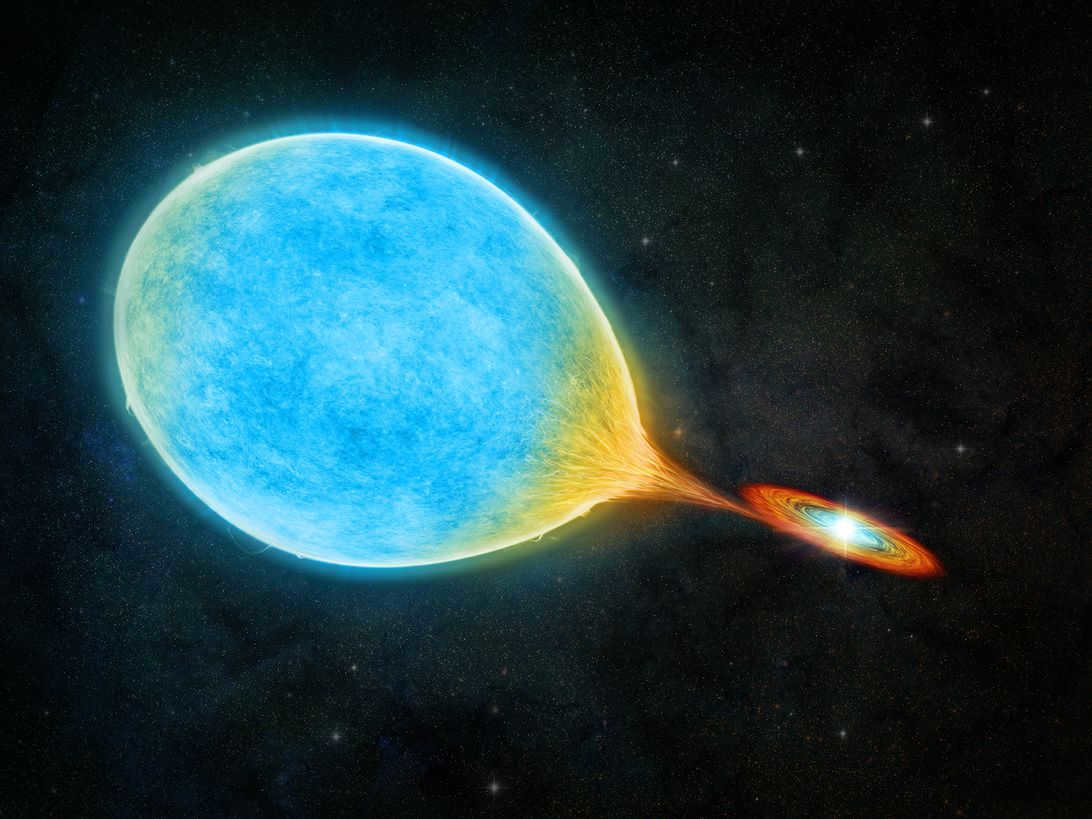
At zero degrees, they will back up nuclear fusion and exhale misty ice particles, ultimately replacing the well-known celestial bodies.
White Dwarfs
The life cycle of red giants comes to an end when their mass reaches a tremendous size. They appear to collapse inward. As a result of a powerful supernova, the Universe acquires the remaining elements of the periodic table created by Dmitri Mendeleev.
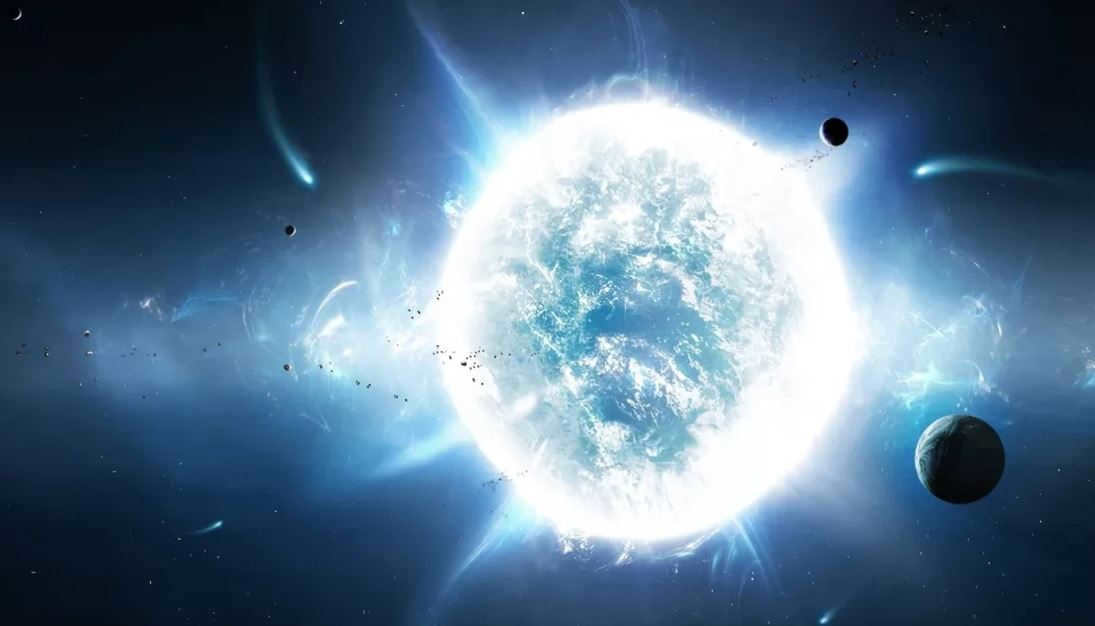
The chemical composition of a star can vary depending on its original size. In the case of a red supergiant, it has already produced heavy metals like carbon, neon, and magnesium.
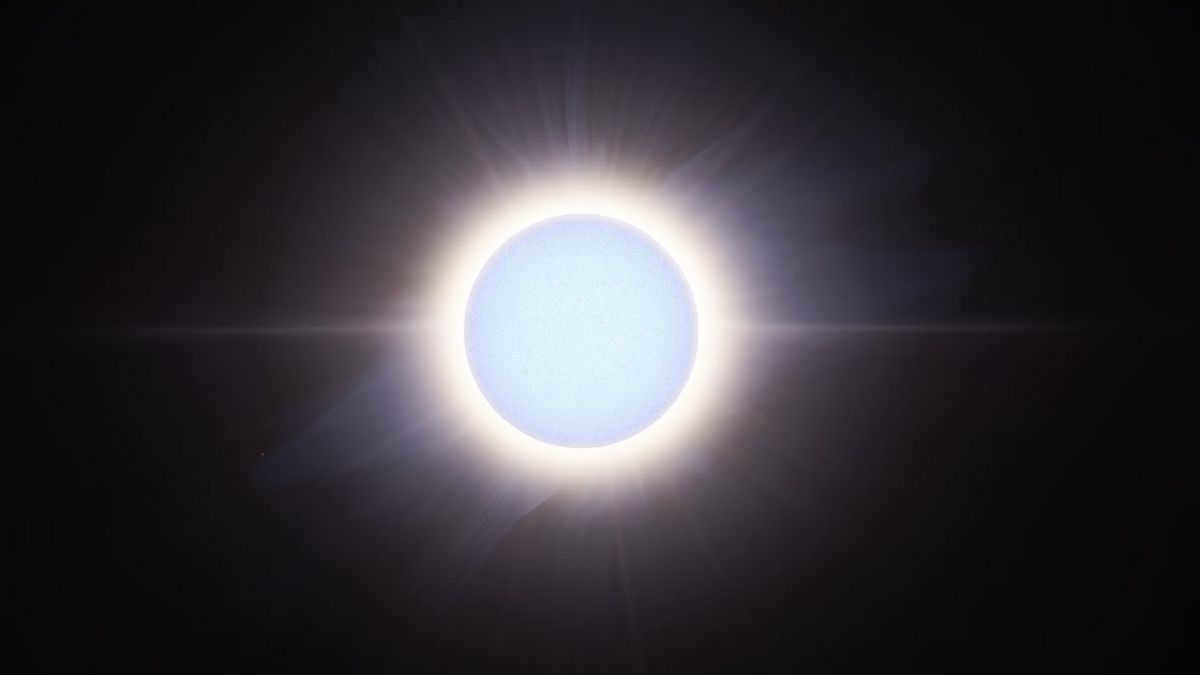
As the red giant star explodes, it releases its outer layer, which has cooled down over time. This process leads to the formation of a new planetary cloud at the core of the star, giving birth to a new star. Eventually, the red giant star transforms into a white dwarf.
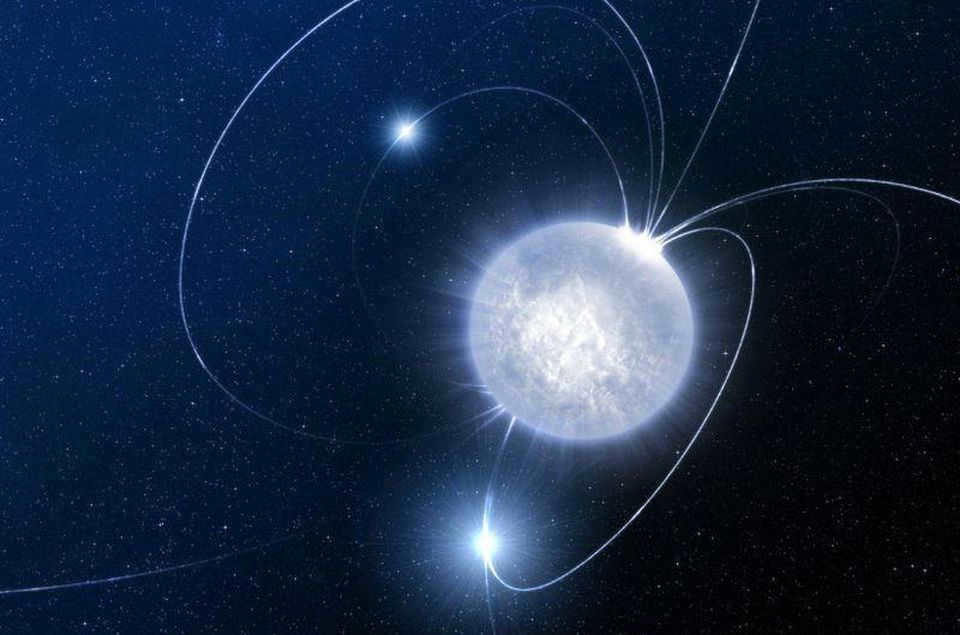
Less than 10 solar masses is the reason why 97% of stellar entities in galaxies will transform into White Dwarfs.
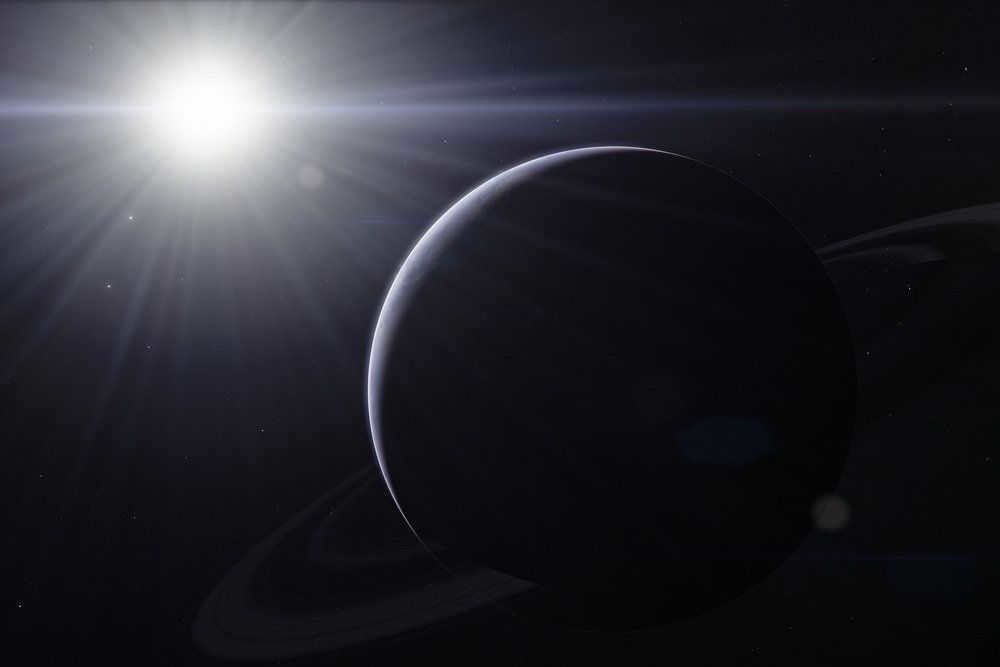
The process of white dwarfs’ development is primarily attributed to their gradual cooling caused by the emission of neutrinos, which occurs over an extensive period. These celestial objects have been observed to emit X-ray radiation, believed to originate from their photosphere.
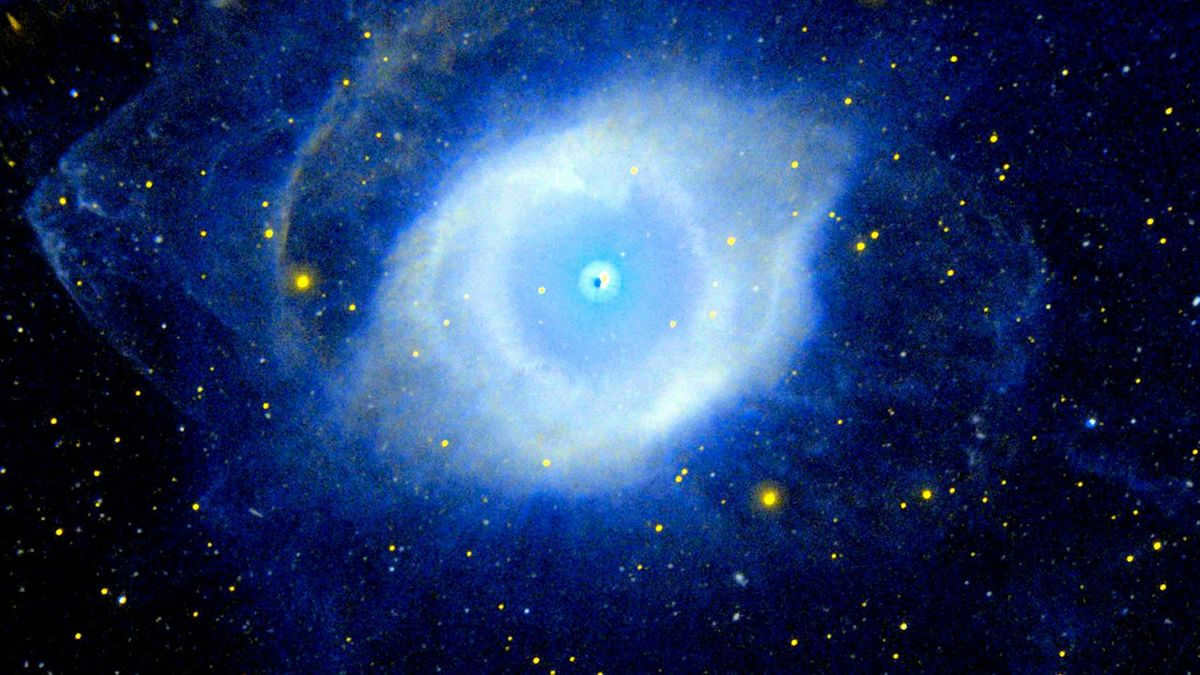
Compact in nature, white dwarfs possess a radius and luminosity that are 100 times smaller than that of the Sun. These celestial bodies have an extremely high matter density and are devoid of ongoing thermonuclear reactions.
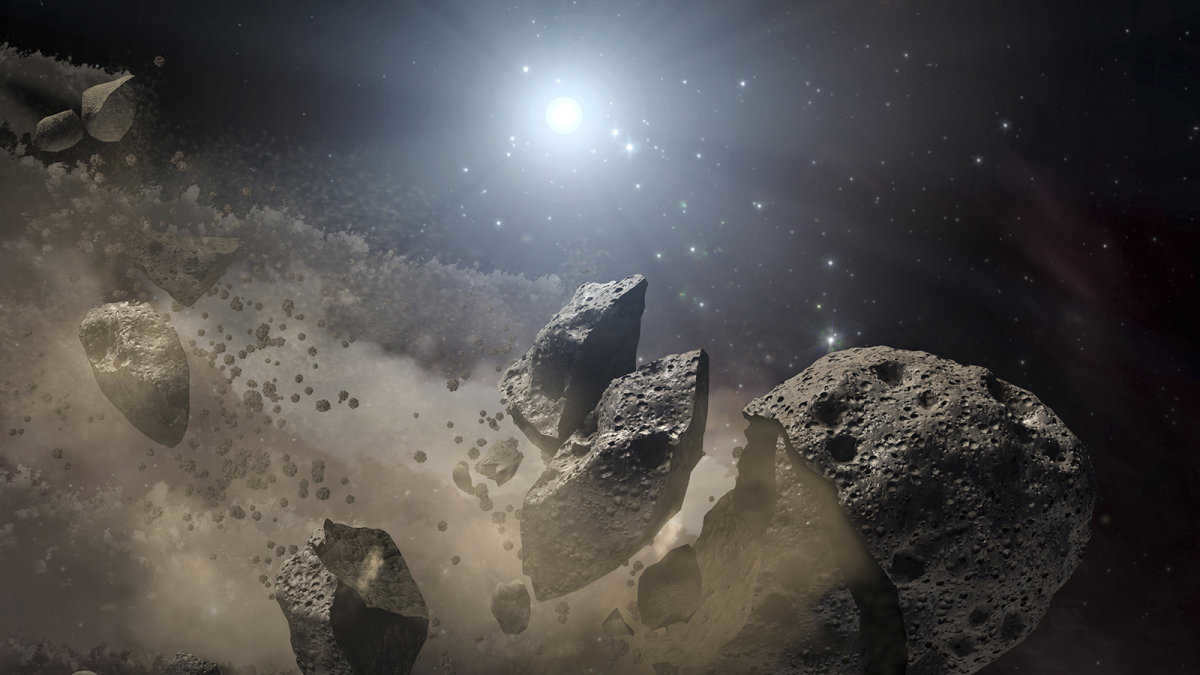
The source of its brightness is derived from thermal radiation and neutrino exposure. Subsequently, the dwarf star undergoes a transformation, becoming a neutron dwarf with a radius ranging from 10 to 20 kilometers.
Red supergiants
Various varieties of stars exist within the vast expanse of the universe. The fundamental building block of any star is composed of interstellar gas and dust clouds.
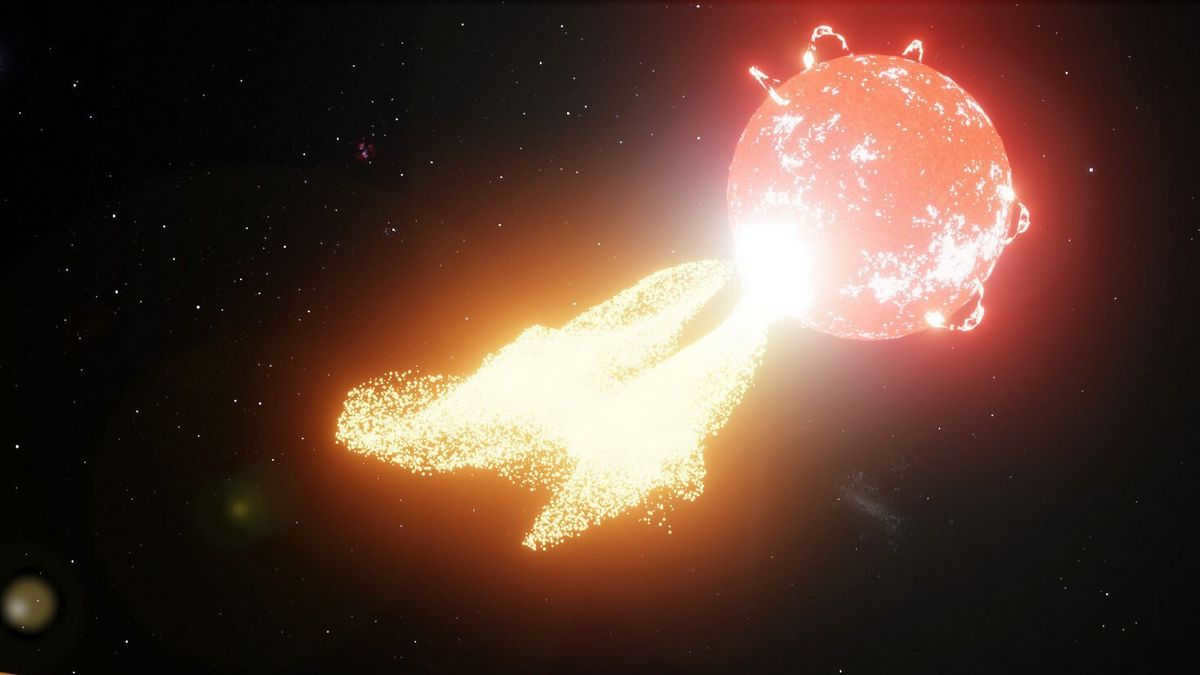
In the beginning, there existed only a handful of elements. However, as time went on, these celestial formations have accumulated a diverse array of substances, including even elements of considerable weight.
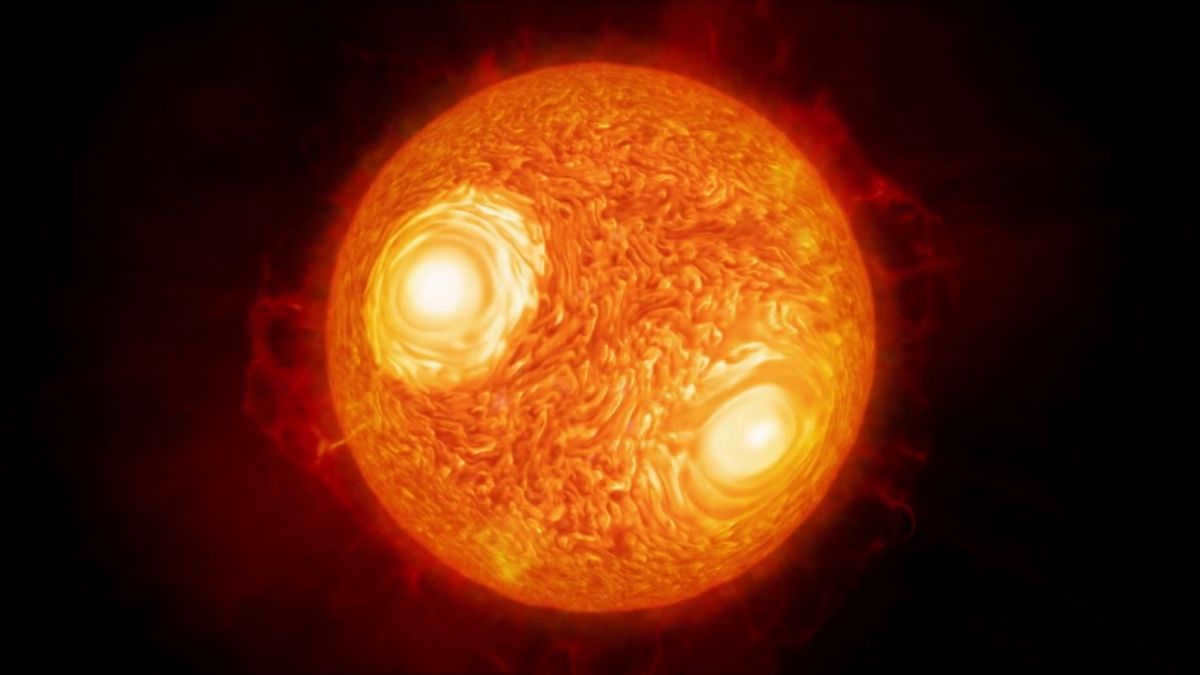
Yellow dwarfs like the Sun meet their demise after the consolidation of dust, resulting in the ignition and subsequent release of hydrogen through thermonuclear fusion.
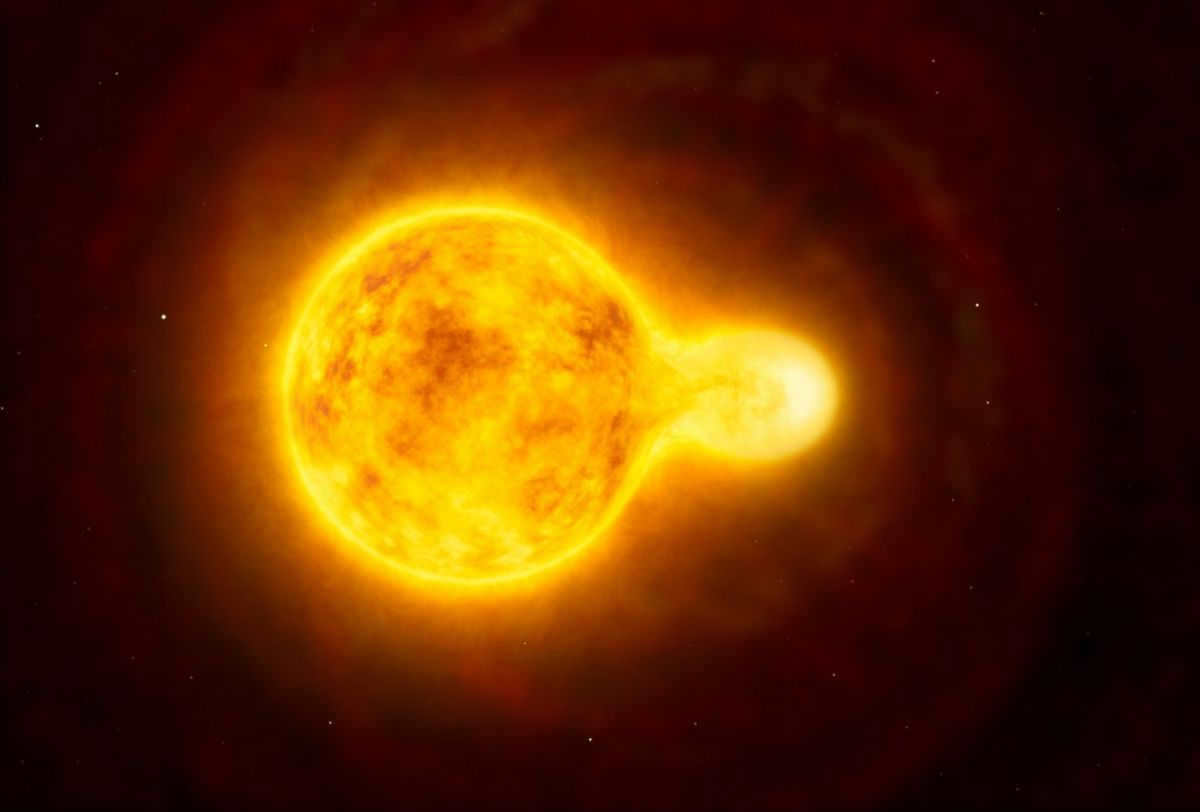
The star known as the Sun is responsible for generating energy and emitting heat and light. However, the atmosphere contains various other components, allowing this process to persist.
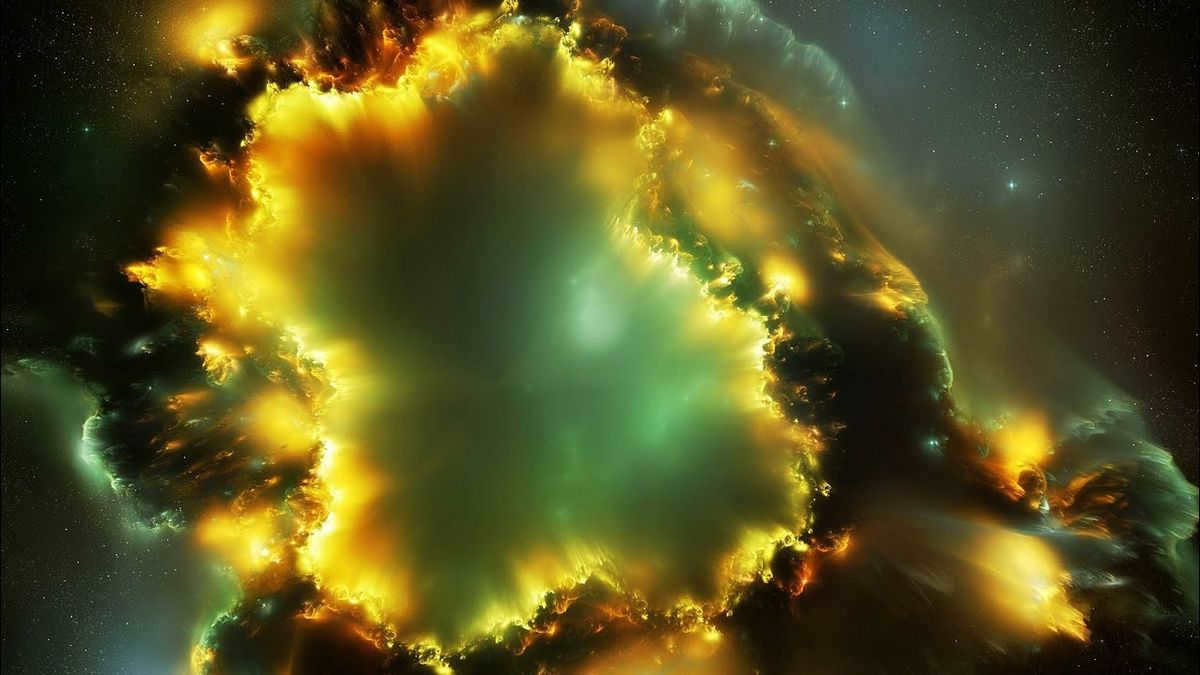
The star transitions to the following phase, known as red dwarfs. During this phase, a triple alpha reaction occurs, resulting in the release of carbon and oxygen into the universe. This process also takes place in red supergiants. It’s important to note that this stage does not mark the final stage of fusion in stars.
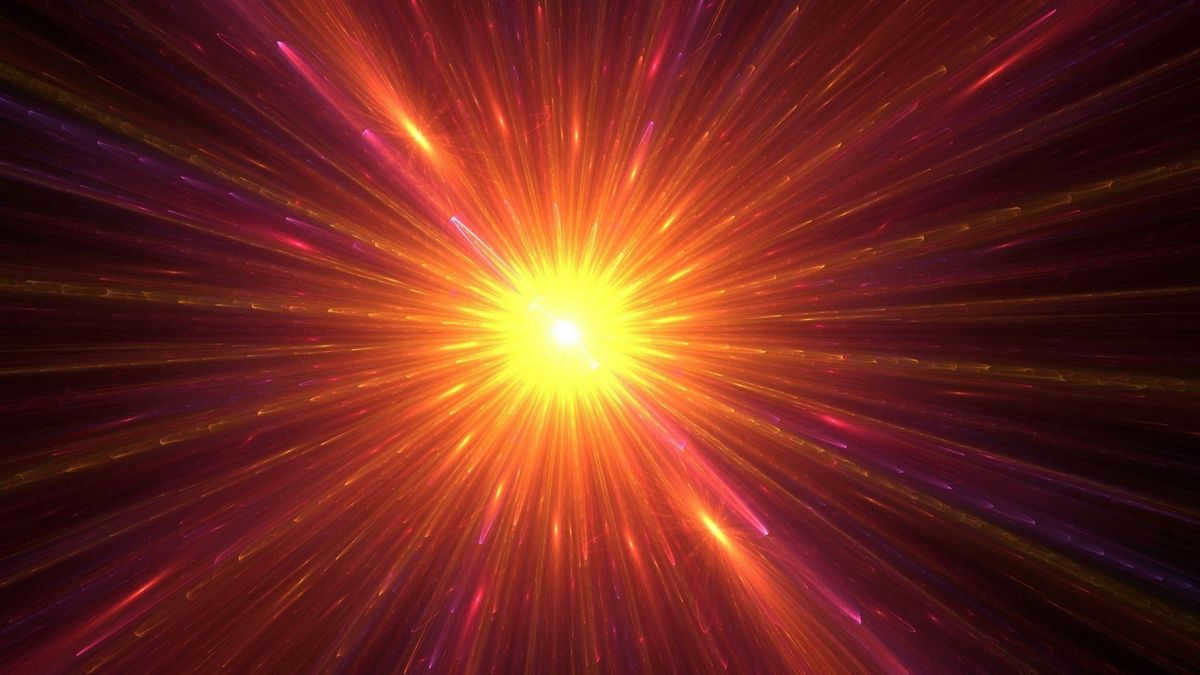
A red giant possesses an enormous mass. Once it commences the fusion of carbon and oxygen, helium joins the mix and initiates the formation of heavier elements like iron, cobalt, and nickel.
Stars and the concealed mass of the Universe
Contemporary astronomical observations imply that visible matter, specifically all stars, planets, and interstellar gases, account for only 1/6 of the total mass in the Universe.
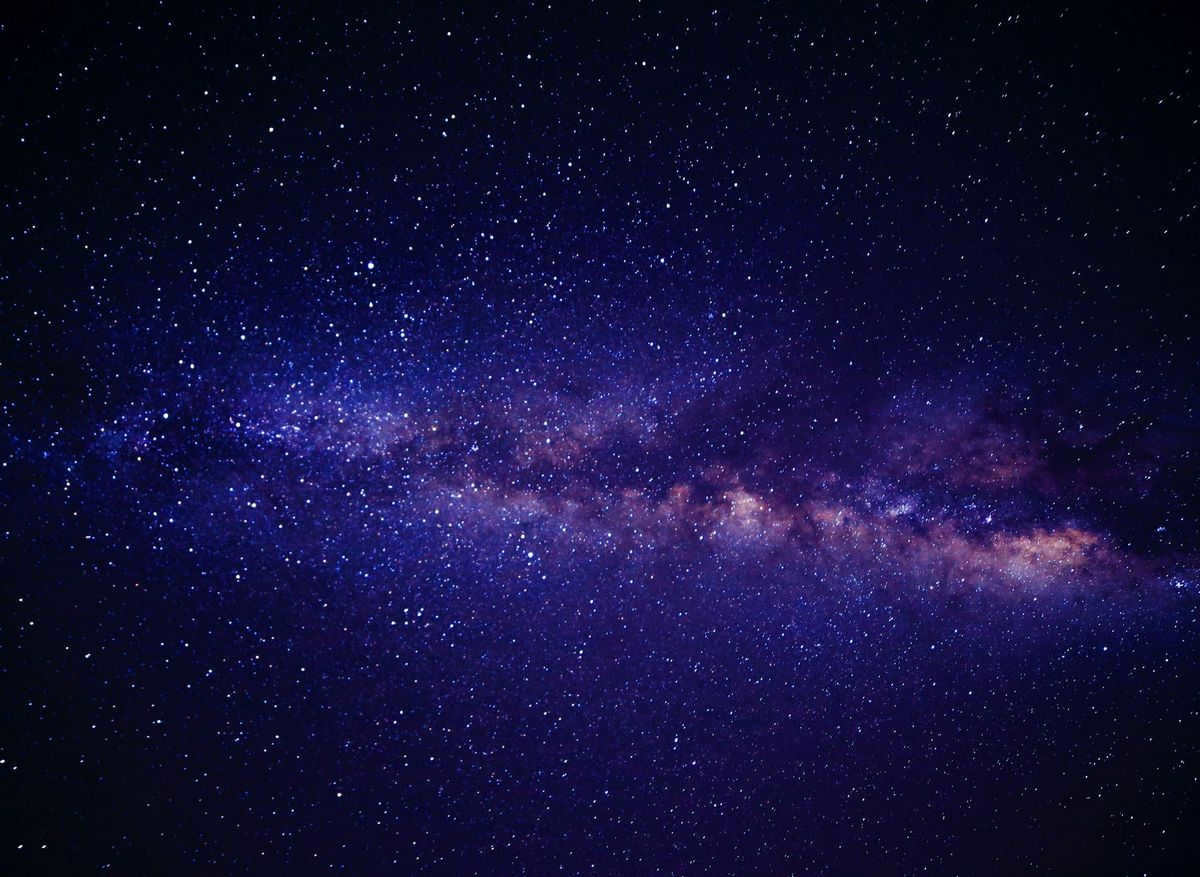
Furthermore, there exists imperceptible dark matter, or substance, whose quantity exceeds that of ordinary matter by a factor of 5.
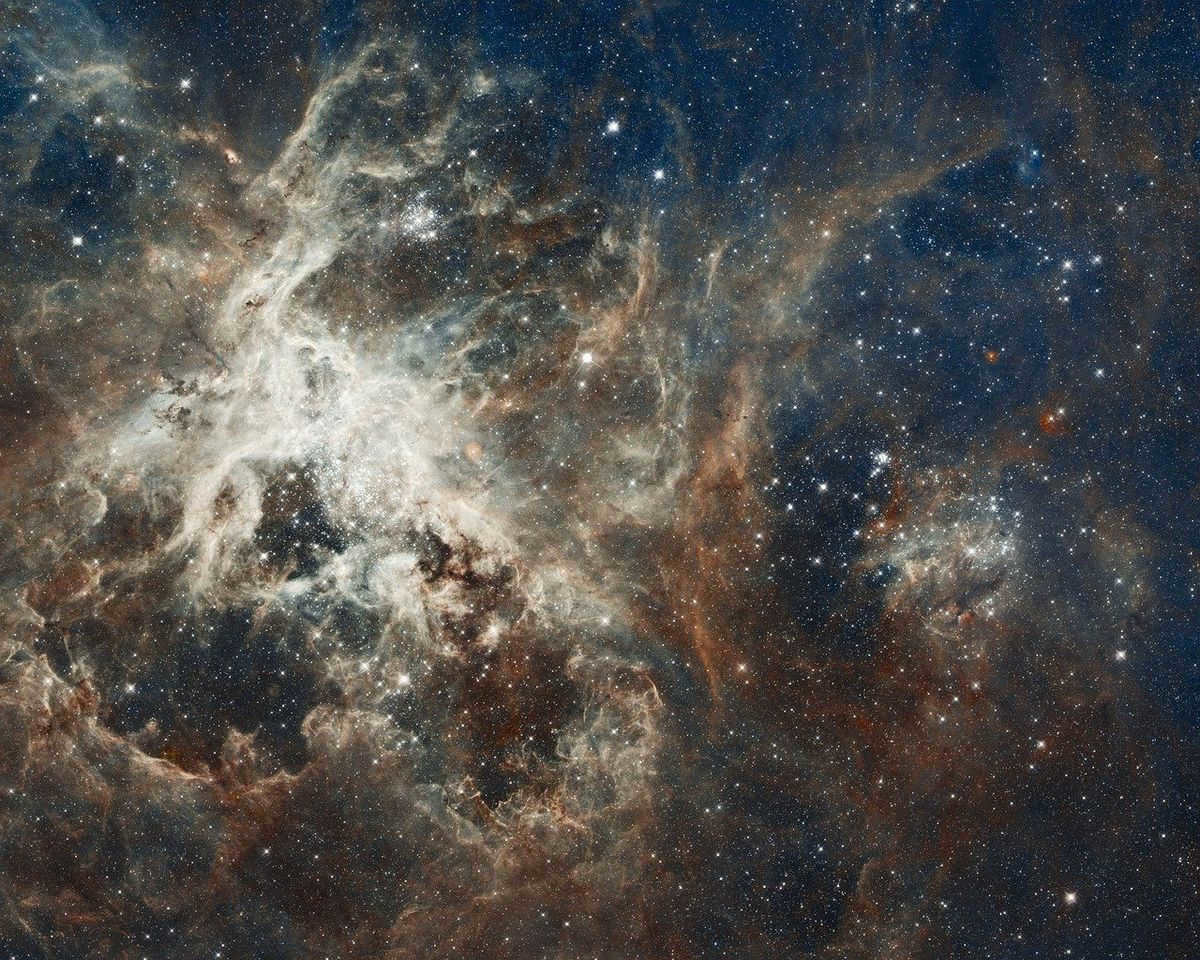
In the vast expanse of the Universe, there exists an enigmatic force, concealed from plain sight, that exerts its influence on the celestial bodies. As stars venture further away from the galactic core, this hidden mass imparts an accelerated rotational motion upon them.
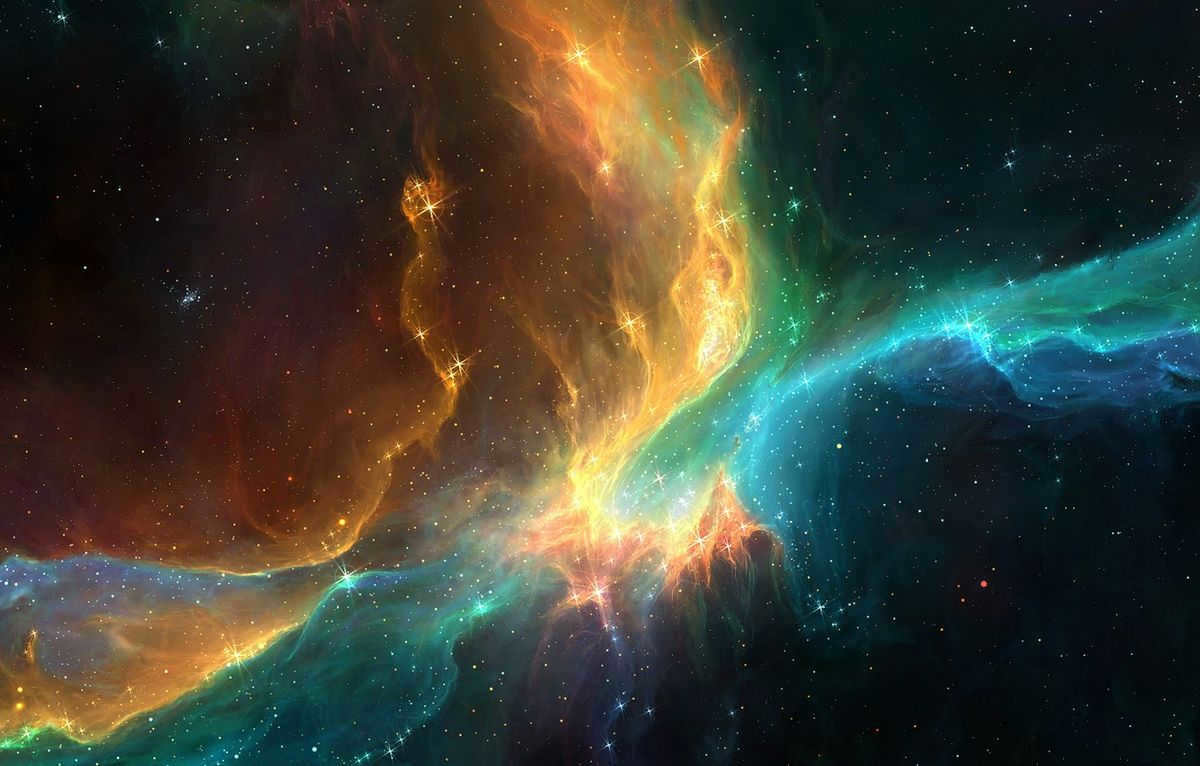
The existence of a concealed mass of obscure matter aids in elucidating the phenomenon that, following the emission of relic radiation, the Universe was able to rapidly develop early galaxies despite its initial uniform state.
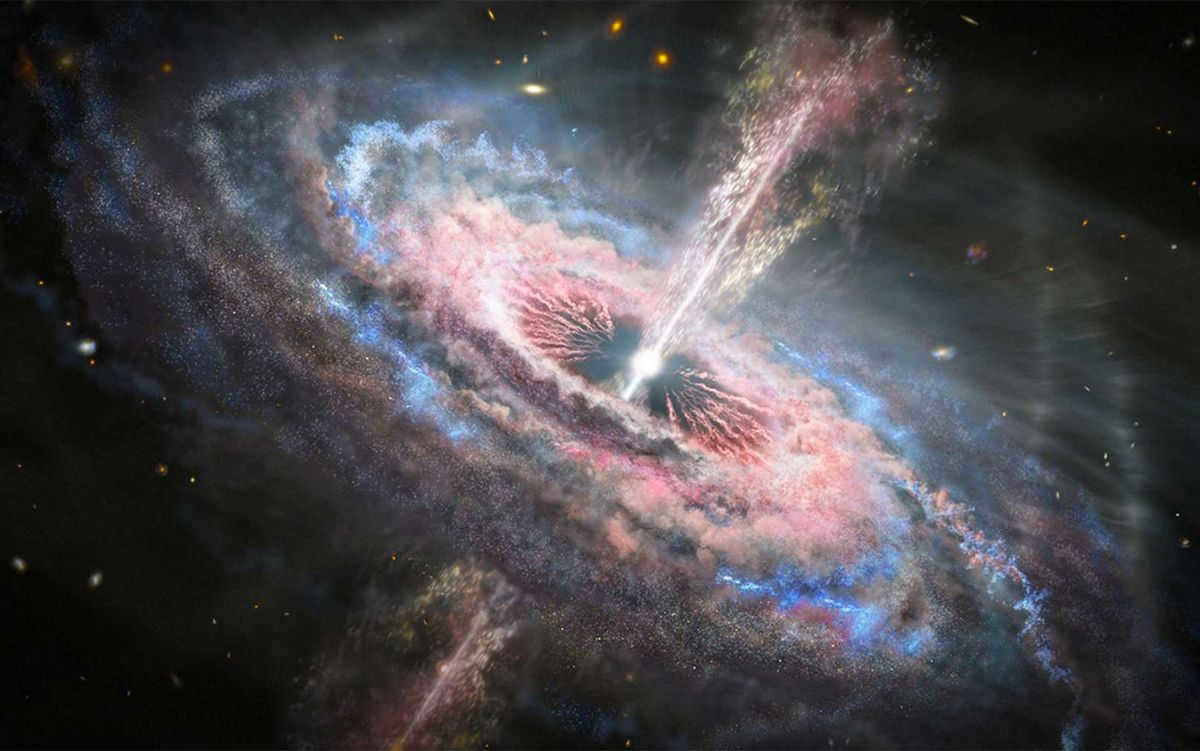
Furthermore, there exists a phenomenon known as gravitational lensing.
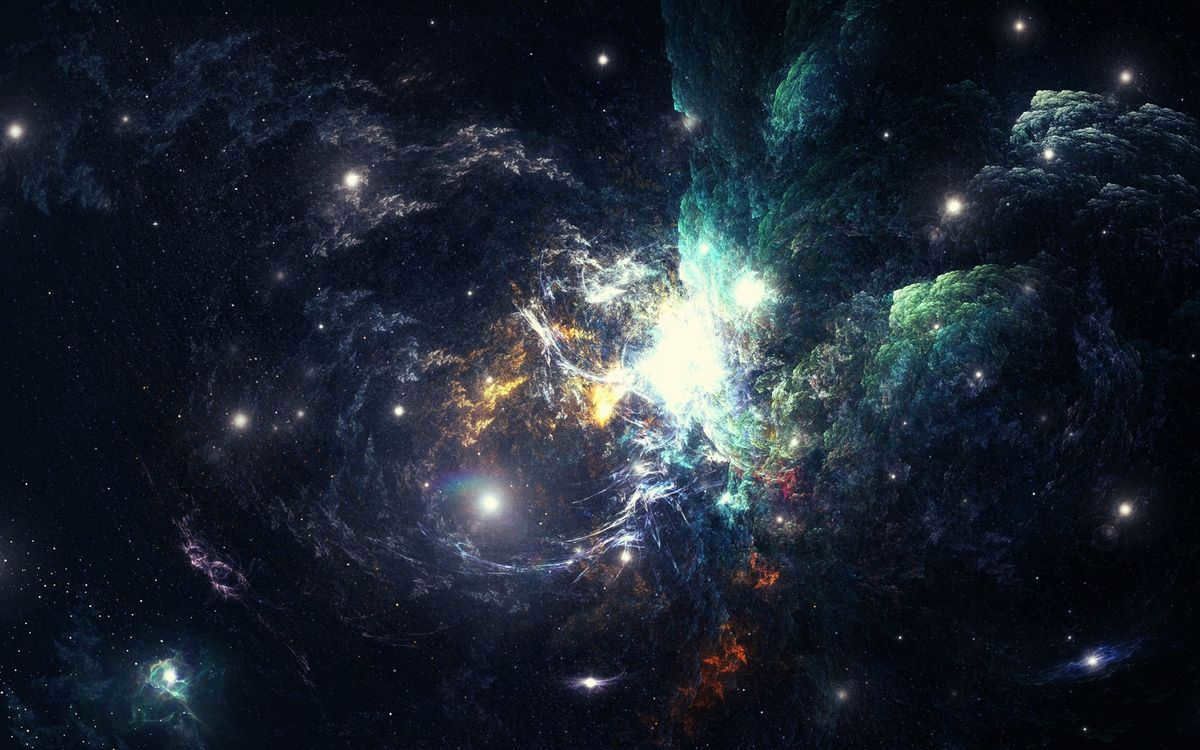
In order to accurately determine the true mass of galaxies and their clusters, one must take into account that it is significantly larger than what is visible to the naked eye. This mass aligns perfectly with the existing dark matter model.
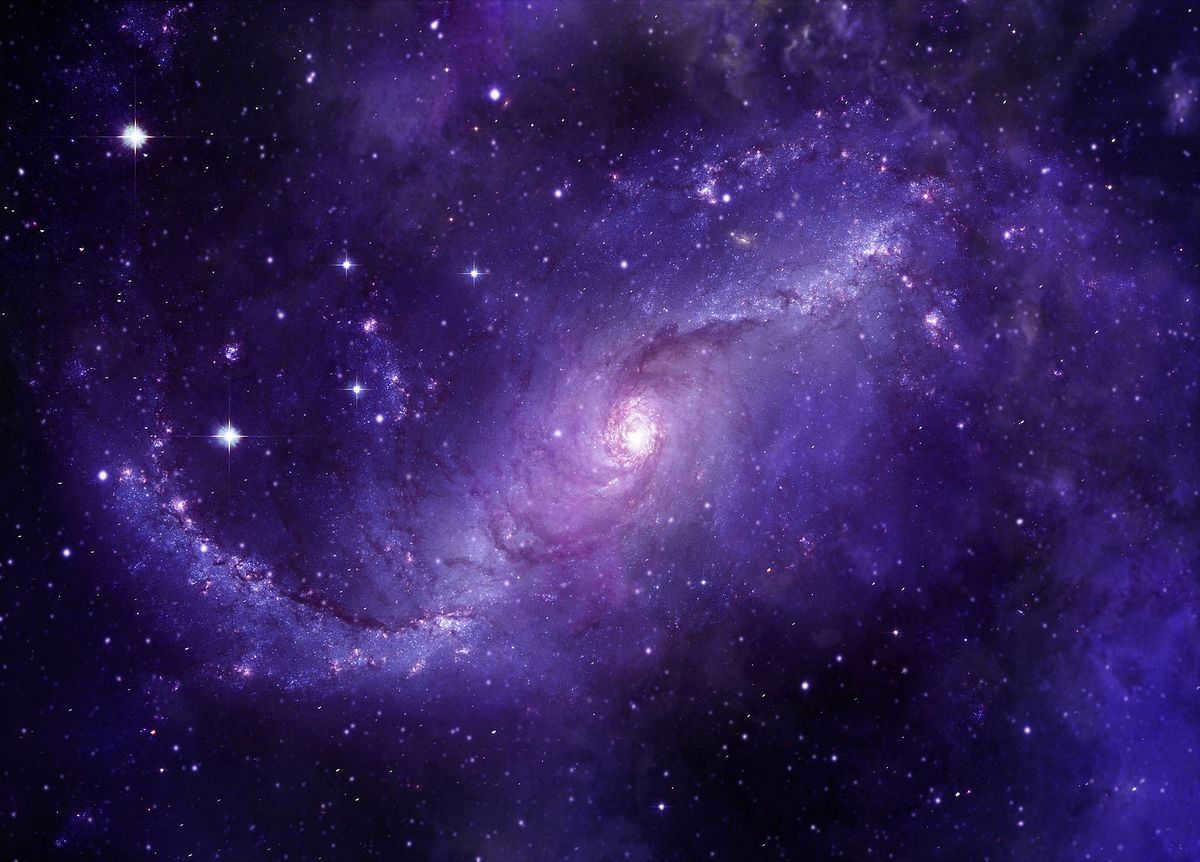
Modern astronomy is currently grappling with one of its most captivating and intriguing enigmas: the true nature of dark matter.
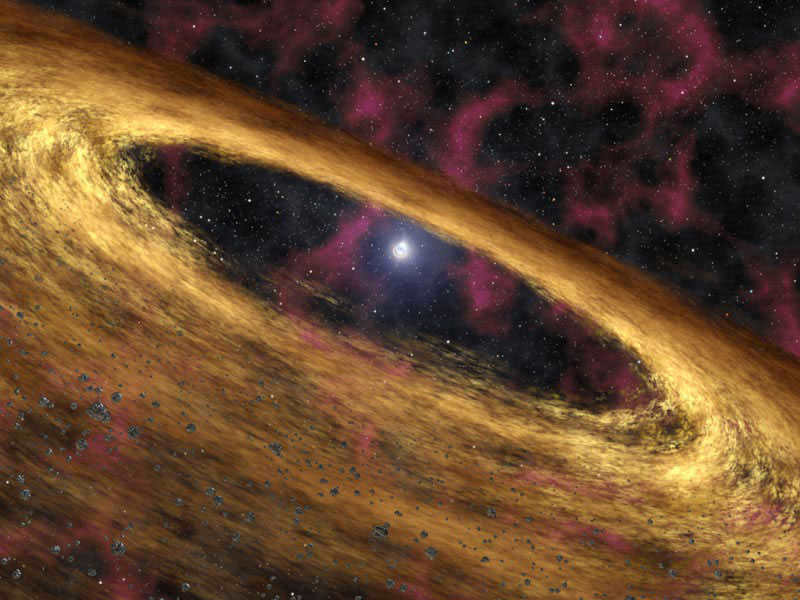
Distinguishing a planet from a star in the sky without a telescope
When gazing at the night sky, it is possible to observe that certain celestial objects appear to twinkle. These objects are known as stars. The twinkling effect is caused by the refraction of light passing through the atmospheric currents, which can be warm or cold.
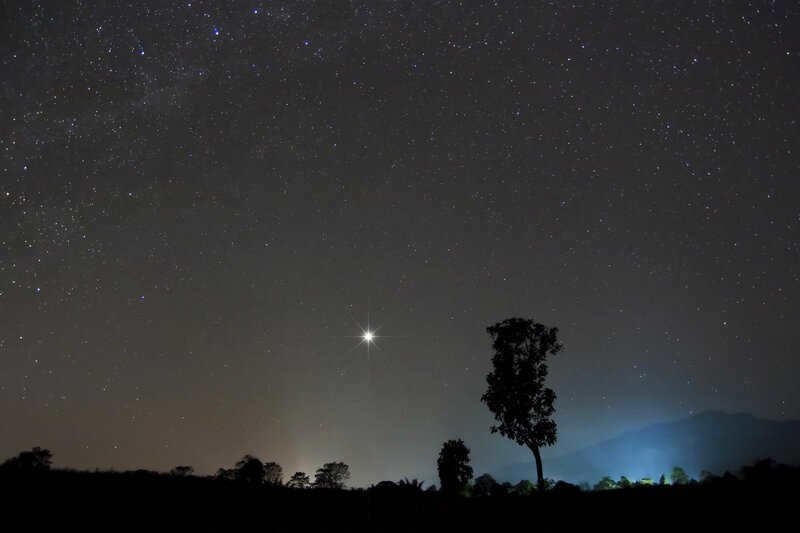
Stars appear to twinkle more when they are near the horizon due to the increased number of atmospheric layers between them and our eyes. Observing a shooting star is a common experience that almost everyone has had.
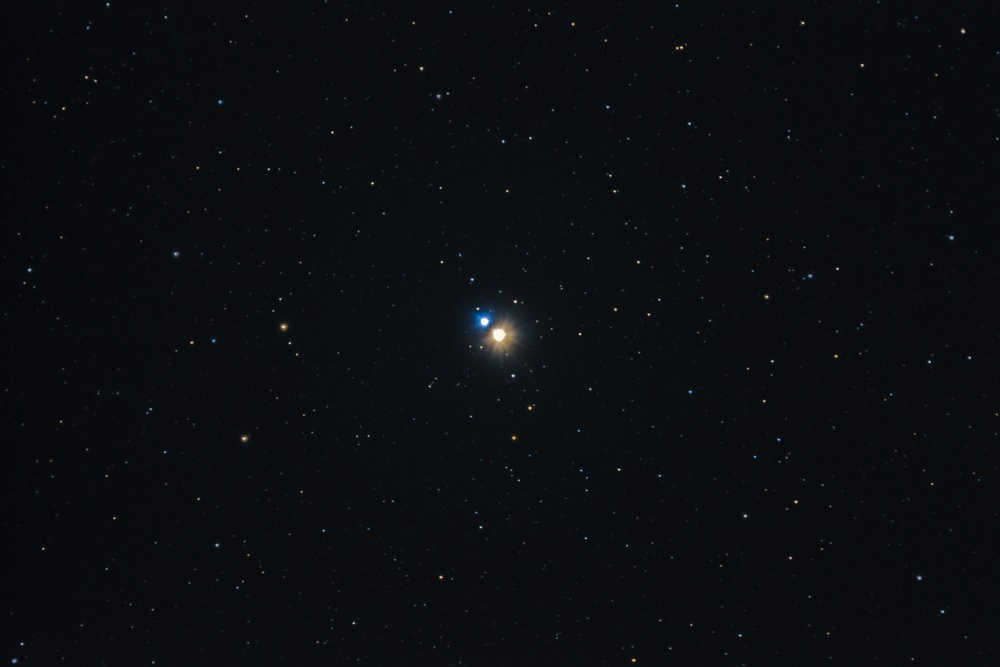
To the naked eye, planets appear closer than stars, causing them to be seen as luminous disks rather than mere dots.

The planets’ light appears flat and unchanging due to a balancing act of decreased brightness in one area and increased brightness in another.

The naked eye can observe Mercury, Venus, Mars, Jupiter, Saturn, and occasionally Uranus. However, Neptune is beyond the limits of our visual perception.
I am aware that a significant portion of the audience for this website consists of specialists in various scientific fields.
Nevertheless, I also understand that many people who are simply fascinated by natural phenomena visit this site (myself included), and this does not diminish their desire to explore the Universe with their imagination and patience!
Therefore, the purpose of this article is to entertain and perhaps inspire someone to delve deeper into the subject, while also providing a fresh perspective and understanding of things that may already seem familiar.
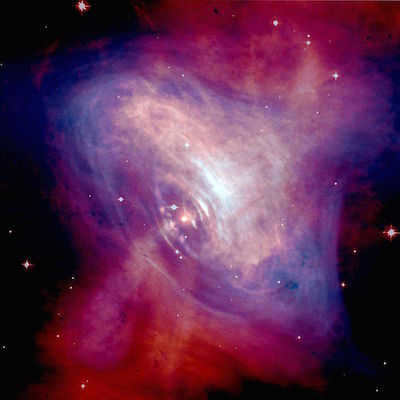
So, let’s talk about the stars
What we see in the sky is just a fraction of what actually takes place there. The view our eyes capture is a mere glimpse into the history of our universe. When it comes to stars, people usually envision tiny specks of light or perhaps something similar to our own Sun floating in the depths of space.
In reality, most stars are these “ordinary” balls of gas that emit a bright glow. But there is something truly extraordinary about the vastness of space, even if it appears as a tiny, faint dot in the night sky.
Astrophysical object of low mass and luminosity
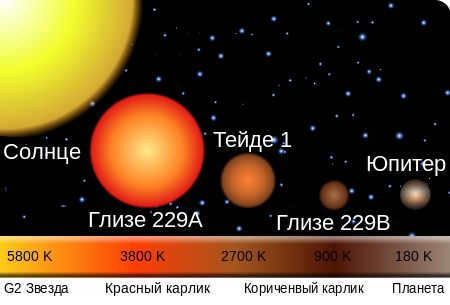
For instance, let’s take a look at a celestial body that can be considered a star – Gliese 229B, which is actually a brown dwarf.
This object represents the complete opposite of what we typically associate with the term “star” – brilliance, radiance.
Our Jupiter bears a striking resemblance to this star, and in fact, there are a few slight differences between them. While these stars have a comparable radius to that of giant planets, they are significantly more massive, and they emit primarily in the infrared and X-ray spectrums.
If we were to approach such a star, it would appear as a sort of night-light. There would be no corona, no intense glow, and no need to squint our eyes. It’s similar to looking at the Sun through a welding mask. Visualize a reddish-glowing planet made of molten lava – that’s how this star would appear to our eyes, and that’s the best-case scenario.
Unlike other celestial objects, ultra-cold brown dwarfs do not emit any light!
If one of these brown dwarfs were located nearby, it would appear as a dark sphere obstructing the view of the starry night sky. Additionally, if the distance between us and the brown dwarf were equivalent to the distance between Earth and the Sun, we would likely be unaware that we were passing by a star. Most planets are illuminated by the star at the center of their orbit, but since ultra-cold brown dwarfs do not have a central star, they remain unilluminated.
Interestingly, it is possible for brown dwarfs to possess planetary systems! Scientists have discovered that these faint stars often have a surrounding dust disk similar to the one that formed our own solar system.
Unfortunately, it is impossible to observe a single brown dwarf with the naked eye, even in the most ideal weather conditions or in mountainous regions.
Systems of stars
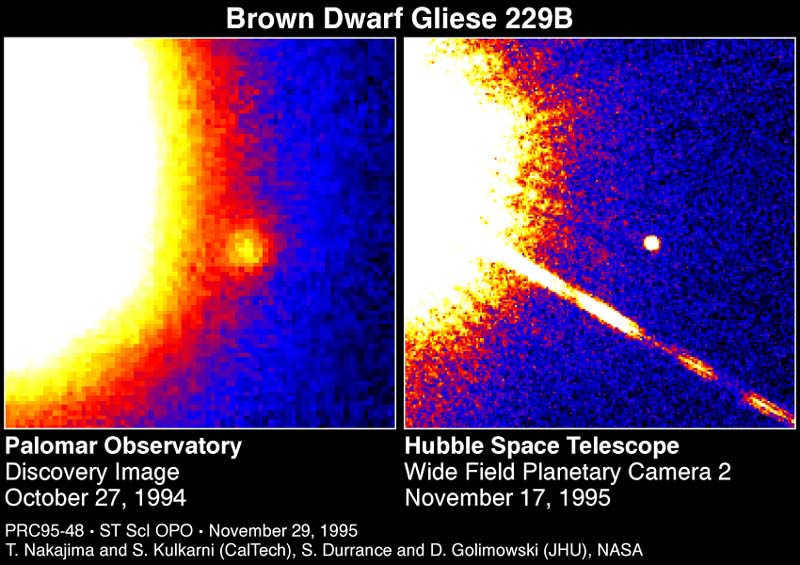
If our dwarf is a part of a star system, we consider ourselves fortunate. A star system refers to a collection of two or more stars that are bound together by the forces of gravity.
For instance, let’s take a look at how telescopes visualize a binary system, in which the previously mentioned Gliese 229B (the small sphere on the right) is included.
In such a system, an extremely cold brown dwarf would bear a striking resemblance to a gas giant planet that orbits a “normal” star in a relatively low orbit.
It turns out that star systems are not as uncommon as one might think. This is yet another surprising fact. Some of the stars we observe are actually immense star clusters, which appear to be a single bright star to us due to their considerable distance. Others are not quite as large, and are referred to as multiple stars. Let’s examine each of these systems in more detail.
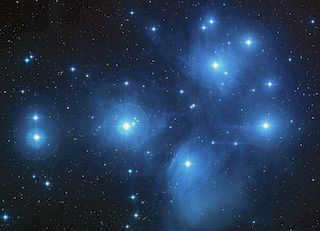
Choose any two stars in the night sky that appear to be near each other. However, the reality is that most of these stars are actually quite far apart in the vastness of space. This holds true for almost all of them, with only a few exceptions.
For instance, the Pleiades, a star cluster, can be easily seen in the sky. This cluster consists of stars that are relatively “close” to each other. I used quotation marks around “close” because their distance from each other is measured in light-years. The cluster has a radius of approximately 12 light-years. To put this in perspective, if our Solar System were positioned at the center of the Pleiades, the farthest star in the cluster would be one and a half times farther away than Alpha Centauri, which is the nearest star to us.
On clear nights and in rural areas, you can spot 10-14 of the brightest stars in this cluster, although there are actually around 1000 of them! The sky would appear enchanting on a planet within the Pleiades. The majority of the stars in this cluster are bright blue giants, which would illuminate the sky with stunning bluish-white lights. Unfortunately, the intense radiation present throughout this star system would prevent the development of life similar to ours.
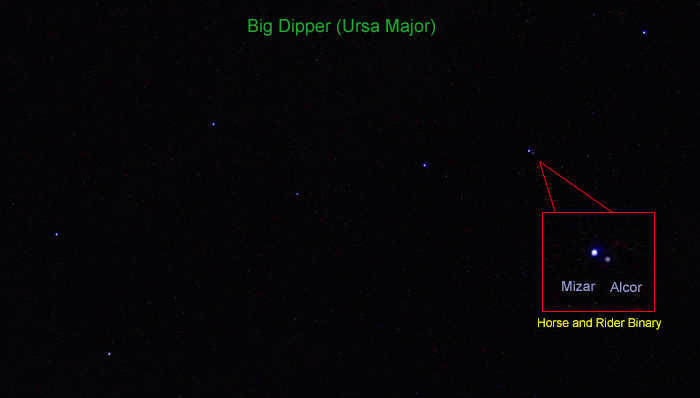
Clusters of stars typically lack a definite center of mass. However, there exist star systems, such as the Gliese system mentioned earlier, that comprise multiple stars in close proximity to one another, even relative to the standards of our own Solar System. These stars orbit a shared center of mass and are known as multiple star systems, or simply multiple stars.
An excellent example of such a system is the Mizar-Alcor system located in the Big Dipper constellation.
Take a look at the Big Dipper, even if you’re not far from the city you can observe that the second star of the dipper (Mizar) in the constellation is actually composed of two stars, with the other – smaller one – being Alcor. In reality, they are physically close to each other, at a distance of about a quarter of a light year. However, what’s even more fascinating is that we perceive two stars, whereas there are actually six stars in this system!
Moreover, such multiple stars are quite common. Many of the stars that appear as single entities in the sky are actually double, triple, quadruple, quintuple, quintuple, and even more! So why don’t we notice this? The reason is that either the “secondary” stars are too faint compared to the much brighter “primary” stars, or their proximity is so small that our eyes lack the necessary resolution to distinguish them as separate objects from a considerable distance.
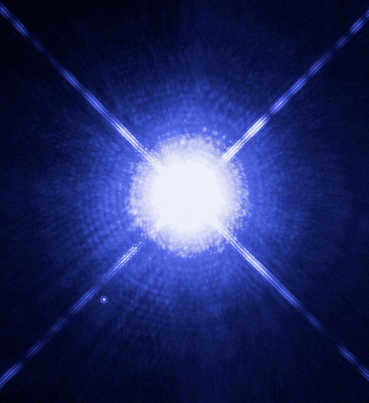
One fascinating aspect of such systems is that the neighboring stars can be of vastly different types!
Sirius, which is the most luminous star in the night sky, is actually a binary star.
The primary star is relatively ordinary and unremarkable. It is only 1.7 times the size of our Sun. However, it shines 22 times brighter and emits a more bluish-white light compared to our own star. Its companion, Sirius B, is a white dwarf. It has a radius similar to that of our Earth and a mass similar to that of our Sun!
Stars with incredibly high density

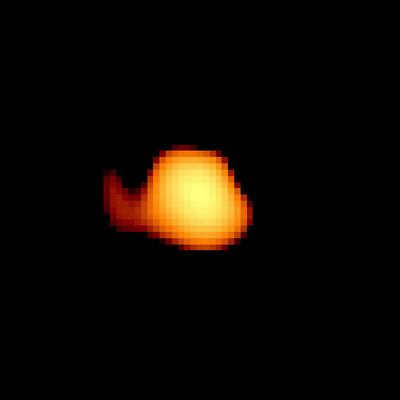
The white dwarf, despite its small size, exerts a substantial gravitational force on its surroundings due to its massive mass. In this photograph, although the dwarf itself is not visible, its impact is clearly evident.
On the left, there is a white dwarf that is voraciously devouring the matter of a massive star, which is depicted as a giant sphere on the right. As this process unfolds, the matter moves from one celestial body to the other, creating a mesmerizing spectacle as it swirls around the comparatively small star and eventually settles on its surface. This gives rise to the formation of an accretion disk, which is a visually stunning phenomenon. Imagine if Saturn’s rings were as bright as the Sun, but much larger and spiraled. One end of these magnificent rings would extend straight into the star, creating a massive wave-like protrusion on its surface! However, when we gaze up at the sky, all we see is an ordinary, luminous dot.

Neutron stars are also part of multiple systems and contribute to the formation of accretion disks.
When discussing accretion disks, it is important to mention the Swan X-1 system. However, scientists believe that this system actually contains a black hole. In fact, Swan X-1 is the first candidate for a black hole. The reason for this designation is that Swan X-1 emits strong X-ray radiation, which is a key indicator of a black hole’s presence and the presence of an accretion disk surrounding it. This accretion disk is formed by a nearby blue supergiant star acting as a donor.
I strongly discourage anyone from approaching such systems, as the intense radiation would be lethal to any life on a spaceship long before one could even begin to distinguish the accretion disk from the brightness of the supergiant star.
The movie Interstellar beautifully portrays an accretion disk, but unfortunately, it does not feature a victim star.
Systems of celestial bodies
Lastly, I want to discuss stars that have their own planetary systems. The exploration of exoplanets started relatively recently, but the sheer number of planets that have already been found is astonishing! In just the past year alone, almost a thousand exoplanets have been discovered!
Can you believe that just a decade or two ago, when you looked up at the night sky, you would have never imagined that there are billions of planets orbiting the stars you see? (According to the Wikipedia article, there are approximately 100 billion planets in the Milky Way galaxy).
As for what these planetary systems actually look like – to be honest, it’s quite dull unless you happen to be close to one of the planets.
However, if the planets are still in the process of forming, then the spectacle becomes much more captivating! Dust and gas gather together at a central point, creating a luminous cloud that takes on a disk-like shape. The star at the center is not yet clearly defined, and it remains hidden by the denser cloud surrounding it. The clumps of matter, which may eventually develop into planets, cast smooth shadows that extend towards the edges of the disk.
We probably won’t even need telescopes to witness this phenomenon – the density and brightness of the materials will allow us to observe the birth of a new star system in all its splendor.
Summary
It is truly remarkable how much effort our predecessors dedicated to the concept of Stars, and how much has been added to it over the centuries! We can only anticipate the day when humanity will have the freedom to directly study these celestial bodies, affirming the theories that have been discovered through written exploration. What stunning images will adorn scientific articles in the future? What will the world of stars hold for the generations to come.
P.S.
I purposefully refrained from including numerous artistic representations of stars in this piece. Instead, I have opted to include only photographs and diagrams. There is a saying that our imagination is the greatest graphics card in the world!


- Homepage
- Stellar
Various Types of Stars in the Observable Universe
Stars come in a wide range of variations: small and large, luminous and less luminous, ancient and youthful, hot and “cool”, white, blue, yellow, red, and so on.
The Hertzsprung-Russell diagram provides a means for comprehending the categorization of stars.
This diagram visually represents the connection between a star’s absolute magnitude, luminosity, spectral class, and surface temperature. The stars depicted on this diagram are not haphazardly scattered, but rather organized into distinct regions.
The majority of stars are located in a category known as the main sequence. The main sequence exists because the stage of hydrogen burning represents approximately 90% of the total evolutionary time for most stars. When hydrogen burning ceases in the central regions of a star, it results in the creation of an isothermal helium core, the transition to the red giant stage, and the star’s departure from the main sequence. The relatively short lifespan of red giants ultimately leads to the formation of white dwarfs, neutron stars, or black holes, depending on their mass.
Normal stars, like our Sun, belong to a category known as main-sequence stars. At times, these normal stars are referred to as yellow dwarfs.
Definition of a Yellow Dwarf Star
A yellow dwarf is a specific type of small main-sequence star that falls within the range of 0.8 to 1.2 solar masses and possesses a surface temperature ranging from 5000 to 6000 K.
On average, the lifespan of a yellow dwarf star spans approximately 10 billion years.
Upon exhausting its hydrogen fuel, the star undergoes a significant increase in size, ultimately transforming into a red giant. One example of such a star is Aldebaran.
During this red giant phase, the star sheds its outer gas layers, forming planetary nebulae, while its core collapses into a dense white dwarf.
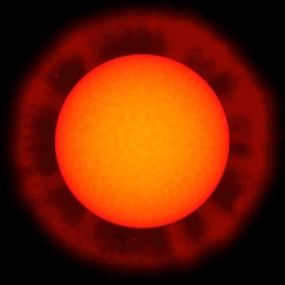
Red Giant
A red giant is a type of star that has a reddish or orange color. These stars can form during the early stages of star formation or later in their lifespan.
During the early stages, a red giant radiates energy as a result of gravitational compression until the compression is halted by a thermonuclear reaction.
In the later stages of stellar evolution, once hydrogen has been depleted in their cores, stars transition off the main sequence and enter the red giant and supergiant region of the Hertzsprung-Russell diagram. This phase typically lasts for approximately 10% of a star’s “active” lifetime, which is the period during which nucleosynthesis reactions occur in the stellar cores.
The massive star has a comparatively cool surface temperature of around 5000 degrees Celsius. It has an enormous radius, measuring up to 800 times that of our Sun, and thanks to its immense size, it emits a tremendous amount of light. The majority of its radiation is concentrated in the red and infrared regions of the electromagnetic spectrum, which is why these stars are known as red giants.
The largest among the giants evolve into red supergiants. A prime example of a red supergiant is Betelgeuse, located in the constellation Orion, which shines the brightest.
Dwarf stars, on the other hand, are the antithesis of giants and can manifest in various forms.
What is a White Dwarf?
A white dwarf is the remnant of a regular star that has a mass smaller than 1.4 times the mass of the Sun after it goes through the red giant phase.
Due to the absence of hydrogen, nuclear reactions do not take place in the core of these stars.
White dwarfs are extremely dense. They have a size no larger than that of Earth, but their mass can be compared to that of the Sun.
These stars are incredibly hot, with temperatures that can reach 100,000 degrees or even higher. They emit light because of the remaining energy, but eventually, it depletes and the core cools down, transforming into a black dwarf.
Scarlet dwarf
Scarlet dwarfs are the most widespread stellar-type objects in the cosmos. Estimates of their quantities range from 70 to 90% of the total number of stars in the galaxy. They possess distinct characteristics compared to other stars.
The magnitude of scarlet dwarfs does not surpass one third of the solar mass (the lower mass threshold is 0.08 solar mass, followed by brown dwarfs), while their surface temperature can reach 3500 K. Scarlet dwarfs belong to the spectral class of M or late K. Stars of this category emit minimal amounts of light, at times 10,000 times less than the Sun.
Due to the slow rate at which hydrogen burns, red dwarfs have incredibly long lifespans – ranging from tens of billions to tens of trillions of years (a red dwarf with a mass of 0.1 solar mass will burn for 10 trillion years).
Thermonuclear reactions involving helium are not possible in red dwarfs, preventing them from becoming red giants. Instead, they gradually shrink and heat up until they deplete all of their hydrogen fuel.
According to theoretical concepts, they eventually transform into blue dwarfs, a hypothetical classification of stars, before any red dwarfs have had the opportunity to become blue dwarfs, and ultimately into white dwarfs with a helium core.
Brown dwarf
Brown dwarfs are celestial objects that have a mass ranging from approximately 0.01 to 0.08 times that of our Sun, or equivalently, from 12.57 to 80.35 times the mass of Jupiter. They have a diameter roughly equivalent to that of Jupiter. Unlike main-sequence stars, brown dwarfs do not undergo thermonuclear fusion, which is the process of converting hydrogen into helium.
Main-sequence stars have a minimum temperature of around 4000 K, whereas brown dwarfs have temperatures that range from 300 to 3000 K. Throughout their lifespan, brown dwarfs gradually cool down, and the larger the dwarf, the slower this cooling process occurs.
Sub-brown dwarfs
Sub-brown dwarfs, also known as brown subdwarfs, are celestial objects that have a lower mass limit than traditional brown dwarfs. These formations have a mass that is less than approximately one-hundredth of the mass of the Sun or 12.57 times the mass of Jupiter. The exact lower limit is still uncertain and subject to ongoing scientific debate. Some experts classify sub-brown dwarfs as planets, while others argue that they should be categorized as sub-brown dwarfs. The scientific community has not yet reached a definitive consensus on this matter.
Black dwarf
Black dwarfs are white dwarfs that have cooled down and no longer emit visible light. They represent the final stage of evolution for white dwarfs. The mass of black dwarfs, like white dwarfs, is limited to a maximum of 1.4 solar masses.
Binary star
A binary star is a system consisting of two stars that are gravitationally bound and orbit around a common center of mass.
Sometimes, systems with three or more stars are found, and in such cases, the system is referred to as a multiple star system.
When a stellar system like this is relatively close to Earth, individual stars can be distinguished through a telescope. However, if the system is located at a considerable distance, astronomers can only identify double stars through indirect signs, such as periodic light fluctuations caused by one star eclipsing the other.
A fresh celestial body
Novae are celestial bodies that experience a sudden surge in brightness, increasing their luminosity by a whopping factor of 10,000. A nova is a binary system comprising of a white dwarf and a main sequence companion star. Within these systems, gas from the companion star slowly transfers onto the white dwarf, leading to periodic explosive events that result in a burst of luminosity.
Exploding Star
An exploding star, also known as a supernova, is the result of a catastrophic explosion that marks the end of a star’s evolution. This explosion can be significantly larger in magnitude compared to a new star. The immense power of this explosion is caused by the intense processes that take place within the star during its final stage of evolution.
Neutron stars (NS) are celestial bodies that have a mass of approximately 1.5 times that of the Sun and are significantly smaller in size compared to white dwarfs. It is believed that the radius of a neutron star is around 10-20 kilometers.
These stars are predominantly composed of neutral subatomic particles known as neutrons, which are densely packed together due to gravitational forces. The density of neutron stars is exceptionally high, possibly several times greater than the average density of an atomic nucleus. Just one cubic centimeter of neutron star matter could weigh hundreds of millions of tons. The gravitational force on the surface of a neutron star is approximately 100 billion times stronger than on Earth.
Scientists estimate that there could be anywhere from 100 million to 1 billion neutron stars in our Milky Way galaxy, which means there is roughly one neutron star for every thousand regular stars.
Pulsars
Pulsars are celestial objects that emit electromagnetic radiation in the form of regular bursts, or pulses.
Based on the prevailing astrophysical theory, pulsars are neutron stars that rotate and have a magnetic field tilted relative to their axis of rotation. When the Earth intersects the cone of radiation emitted by the pulsar, we are able to detect the periodic pulses of radiation. These pulses occur at intervals that correspond to the rotational period of the star. Some neutron stars can complete up to 600 rotations per second.
Cepheids
Cepheids, named after the star Delta Cepheus, are a class of pulsating variable stars that exhibit a remarkably accurate relationship between their period of pulsation and their luminosity. Polaris is a well-known example of a Cepheid.
This list provides a brief characterization of the main types of stars, but it is important to note that it does not encompass the full range of stellar diversity found in the universe.
Sources – Wikipedia
Types of stars in the Universe
Types of stars
Greetings, esteemed readers of the KtoNaNovenkogo.ru blog. The night sky, adorned with countless stars, offers a magnificent spectacle that can captivate us for hours.
When we gaze up at the sky, we perceive stars as tiny points of light. Some appear brighter to us, while others appear dimmer. In reality, these stars are located at varying distances from Earth, but their proximity in the night sky creates the illusion of close proximity.
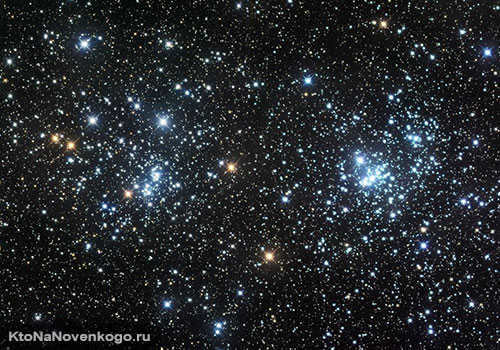
However, what is the actual distance between stars? And what exactly defines a star? These are the topics we will be discussing in this article.
Understanding Stars
A star is essentially a massive sphere of gas that is held together in space by gravitational forces and internal pressure.
Each star is unique due to the presence or occurrence of thermonuclear processes within its core. These celestial bodies emit light and are essentially clumps of luminous matter.

The emission of light from these celestial bodies allows them to be visible to the naked eye, even when they are located at significant distances.
Categories of stars
Stars are categorized based on the temperature of their surfaces. They can be classified as:
- Red. These stars have surface temperatures ranging from 5,000 to 7,000 Kelvin.
- Yellow. Their surfaces are heated between 5,000 and 7,500 K.
- White. Stars in this category have surface temperatures ranging from 7,500 to 30,000 K.
- Blue. The surfaces of these stars are intensely hot, with temperatures reaching up to 80,000 Kelvin.
Although this classification system is somewhat basic, astronomers also recognize the existence of white-blue and orange stars.

Interestingly, the surface temperature of a star determines its color, while the temperature inside the star is much higher.
Stars can have a range of masses, from 0.07 solar masses (red stars) to 50 solar masses (blue giants).
Stellar brightness
Stellar magnitude, also known as luminosity, is a measure of the brightness of an object as observed from Earth. It represents the amount of energy flowing per unit area.
A lower stellar magnitude value indicates a brighter star. The brightest stars have a stellar magnitude of one.
It was previously believed that the “faintest” stars had a stellar magnitude of six. However, this is only the limit of human naked-eye visibility. With telescopes, stars as faint as 19th magnitude can be observed.
Stellar magnitudes can also take on negative values. For instance, the Sun has a magnitude of -26.7, while the Moon has a magnitude of -12.74 during a full moon. The stars in the Big Dipper have a magnitude of 2nd sidereal.
The Sun: A Star in Our Solar System
The Sun is the closest star to Earth. Our planet is one of eight in the solar system that orbits around this celestial object. Thanks to the Sun’s solar energy and light, we experience concepts such as “day” and “night,” as well as “shadow” and “sunny side.”
The Sun is located 149.6 million kilometers away from Earth. This distance is known as an astronomical unit. The Sun has a mass of 1.99*1030 kg, which is a unit used to express the mass of other celestial bodies.
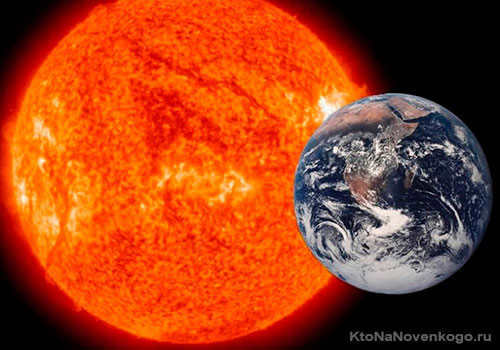
In the core of our star, thermonuclear reactions occur where hydrogen atoms are undergoing a process of breaking apart. As a result, protons and neutrons are formed and subsequently combine to create nuclei of helium atoms.
The density of the gas inside the core is significantly higher than that of iron, and the temperature reaches approximately 15 million Kelvin. As photons are emitted from the core, they pass through the radiation and convective zone of the Sun. It takes approximately 8 minutes for sunlight to travel from the Sun to reach Earth.
Constellations: What They Are and How They Work
Stargazers and astronomy enthusiasts alike enjoy the challenge of spotting various constellations in the vast expanse of the night sky. But what exactly is a constellation? Essentially, it is an expansive region of the night sky that encompasses all the celestial objects visible to us from Earth.
Contrary to popular belief, the stars that comprise a constellation are not necessarily physically connected or located in close proximity to one another. Instead, they are simply a grouping of stars that, when viewed from our perspective, appear to be adjacent to each other in the night sky. This arrangement was established for the sole purpose of providing navigational aid and orientation.
It’s worth noting that the concept of constellations does not designate a specific area within the universe, nor do the stars within a constellation have any inherent relationship to one another. Rather, they are a convenient tool for celestial mapmakers and stargazers.
Currently, astronomers recognize a total of 88 constellations, each bearing a unique name. These names are typically derived from mythological figures, animals, or objects of historical or cultural significance.
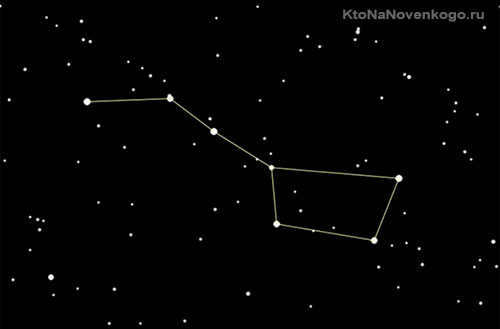
- Mythological figures (Andromeda, Perseus, Cassiopeia).
- Creatures (Lion, Great Bear, Little Bear, Big Dog, Whale, Eagle).
- Other celestial bodies (Libra, Arrow, Lyra).
The determination of the constellations and their boundaries in the night sky took place during a meeting of the International Astronomical Congress in 1922.
Nearest star to the Sun
The nearest star to the Sun can be found in the constellation Centaurus, which is located in the southern hemisphere. The brightest star within this constellation is referred to as α – “alpha”.
Proxima Centauri – also known as Alpha Centauri – is the closest star to our solar system. It is situated approximately 4.22 light years away.
The stars that are clustered together in a single constellation may not necessarily be adjacent to each other.
However, there exists a term that denotes a collection of stars that are located within the same region in outer space. This term is “galaxy”.
With the exception of our Milky Way Galaxy, all other galaxies are located at great distances. Nevertheless, the unaided eye is able to observe four galaxies in the night sky: 2 in the northern hemisphere and 2 in the southern hemisphere. It is estimated that there are 2 trillion galaxies.
The Milky Way Galaxy possesses a spiral shape and appears as a swirling mass of stars. Just as planets orbit around a star, the stars within a galaxy orbit around its center.
As an illustration, it would take our sun approximately 200 million years to complete a full revolution within the galaxy, even though it is moving at a speed of 940,000 kilometers per hour.
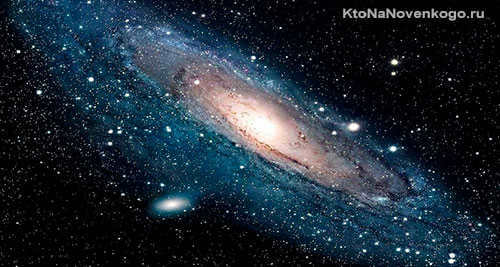
One of the nearest galaxies that can be seen from Earth is the Andromeda Nebula. It possesses the same spiral shape as the Milky Way. Galaxies consist of ancient stars, average stars, and new stars.
The most renowned stars
Among the vast multitude of stars in numerous galaxies, there exist a few that are familiar to many people or have at least been heard of. Presented below are a couple of such illustrations:
- Proxima Centauri in the Centauri constellation. It is the nearest star to our planet.
- Sirius is the α of the Canis Major constellation. It is the brightest star visible from Earth.
- Polaris in the Ursa Minor constellation. It indicates the north direction.
- Naturally, the Sun.
As we contemplate the vastness of the Universe (without considering its constant expansion), our awareness of how little we truly understand about it grows. Despite the wealth of information provided by astronomers and telescopes, there is still much more to be discovered.
Best of luck to you! We look forward to seeing you back on the pages of KtoNaNovenkogo.ru blog soon.
This article falls under the following headings:
Comments and reviews (2)
The fact that all the chemical elements found on our planet were actually formed inside supermassive stars is quite fascinating. Even something as valuable as gold was created within these ancient stars and then ejected into interstellar space upon the star’s death.
Although our Sun is unable to produce these elements, it provides us with the essential energy needed for life, which is far more important than any amount of gold.
In reality, the Sun is just an ordinary star with a yellow spectrum of luminescence and average size. There are concerns about the Sun potentially becoming a supernova, but most scientists believe this to be impossible as the Sun has long surpassed the supernova phase. Unfortunately, there is no way to confirm or refute this claim.
We welcome your comments and feedback!
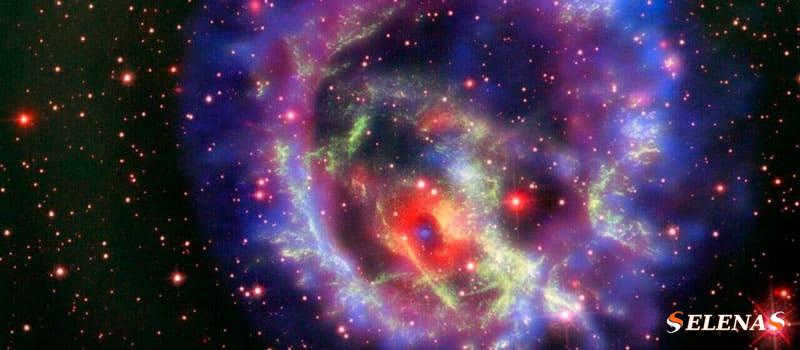
Recently, we acquired knowledge about the various categories of galaxies that exist in the vastness of the Universe. Now, it is time to delve into the diverse array of stars.
Stars are celestial bodies composed of plasma that are held together by their own gravitational force.
These colossal entities primarily consist of hydrogen and helium, which generate light and heat through the intense nuclear reactions occurring within their cores.
Within the Universe, there exists a multitude of star types, which can be classified based on their mass and temperature.
Additionally, stars can also be categorized according to their spectra, which reveals the elements they absorb, as well as their overall brightness.
Our very own Milky Way galaxy is home to a staggering 300 billion stars.
For thousands of years, stars have been utilized for celestial navigation and religious rituals.
To monitor the movements and the position of the Sun, astronomers have organized stars into constellations.
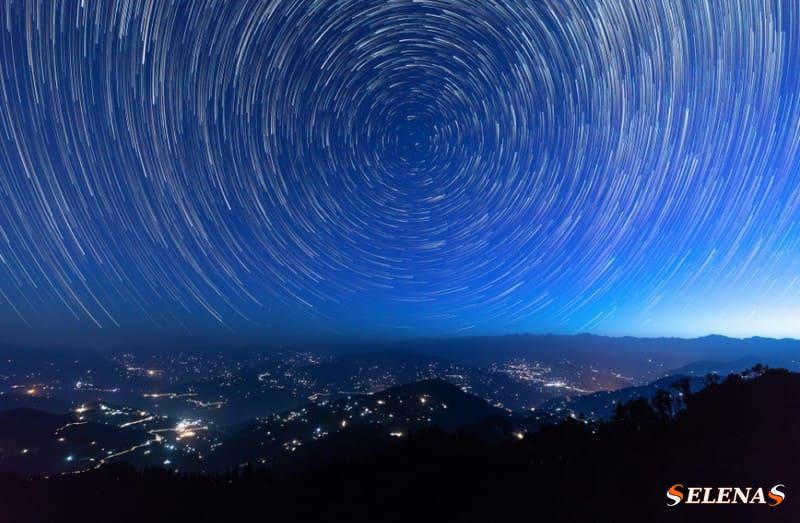
Formation of Stars
Stars are created within massive clouds that consist of gas and dust.
These clouds undergo gravitational contraction, which causes the gas to come closer together. As the gas accumulates in the central region, its density and pressure increase.
Consequently, the matter heats up and emits light as its mass continues to grow.
The temperature and pressure keep rising until hydrogen can be synthesized.
The release of heat from nuclear fusion causes the gas to expand, and once hydrostatic equilibrium is achieved, a star is born.
While most stars form in star clusters, many eventually get ejected from these clusters.
| O | ≥ 30,000 | blue | ≥ 16 | ≥ 6.6 | ≥ 30,000 | 10 million |
| B | 10,000–30,000 | blue-white | 2.1–16 | 1.8–6.6 | 25-30,000 | 100 million |
| A | 7,500–10,000 | white (blue-white) | 1.4–2.1 | 1.4–1.8 | 5–25 | 1 billion |
| F | 6,000–7,500 | white (yellow-white) | 1.04–1.4 | 1.15–1.4 | 1.5–5 | 3 billion |
| G | 5,200–6,000 | yellow | 0.8–1.04 | 0.96–1.15 | 0.6–1.5 | 10 billion |
| K | 3,700–5,200 | orange | 0.45–0.8 | 0.7–0.96 | 0.08–0.6 | 50 billion |
| M | 2,400–3,700 | orange-red | 0.08–0.45 | ≤ 0.7 | ≤ 0.08 | 200 billion |
The 7 primary spectral types of stars
There are 7 primary spectral classes of stars – O (blue), B (blue), A (blue), F (blue/white), G (white/yellow), K (orange/red), and M (red).
Stars are categorized based on their temperature: the hottest being O and the coolest being M.
The temperature of each spectral class is further divided by adding a number: 0 represents the hottest and 9 represents the coolest.
This system is known as the Morgan-Keenan (MK) system and was established by William Wilson Morgan and Philip C Keenan in 1943.
The most prevalent types of stars in our night sky are dwarf stars.
The most common category of dwarf stars is main sequence red dwarfs.
The Sun is a yellow dwarf main sequence G-star, but the majority of stars in the Universe are much colder and have less mass.
Actually, the majority of main-sequence red dwarfs are not visible to the unaided human eye when observed from Earth.
Approximately 2000-2500 stars can be observed without the assistance of optical instruments.
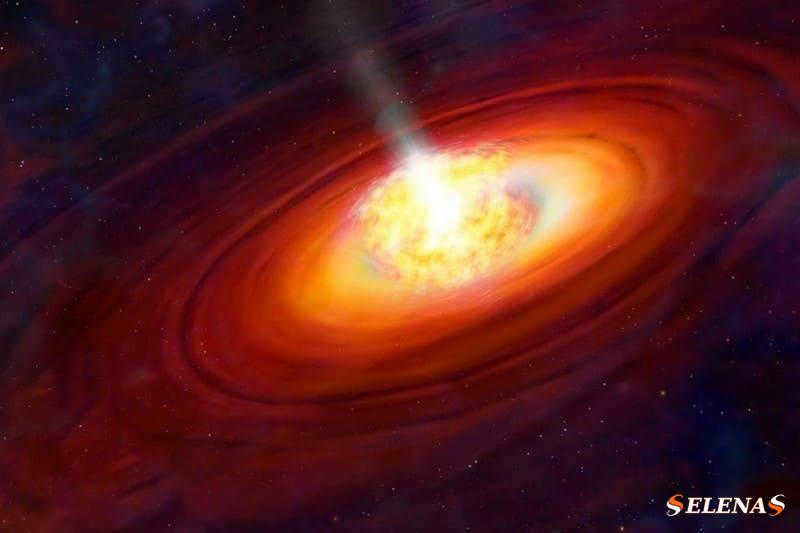
Protostars
A protostar is a group of gas that has descended from a massive molecular cloud.
This is the initial stage preceding the birth of a star.
This phase typically endures for approximately 100,000 years, and as time goes on, gravitational force and pressure intensify, leading to the collapse of the protostar.
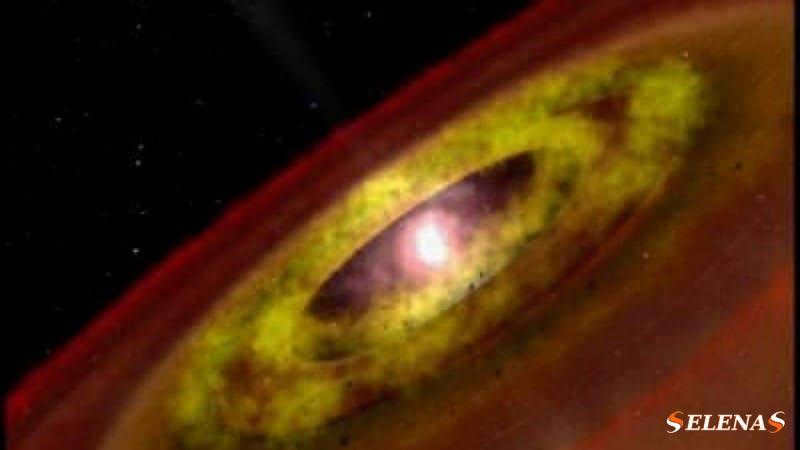
T Taurus stars: A Unique Stage of Stellar Evolution
T Taurus stars are a fascinating stage in the life cycle of a star, occurring just before it becomes a main-sequence star.
During this phase, known as the T Taurus stage, the star is in its protostar phase, with gravitational pressure being the primary source of its energy.
Unlike main-sequence stars, T Taurus-type stars do not have enough pressure and temperature in their cores to sustain nuclear fusion.
However, they share similarities with main-sequence stars, such as having a similar temperature, but they appear brighter due to their larger size.
The T Taurus stage is estimated to last approximately 100 million years, providing a unique opportunity to study the early stages of stellar evolution.
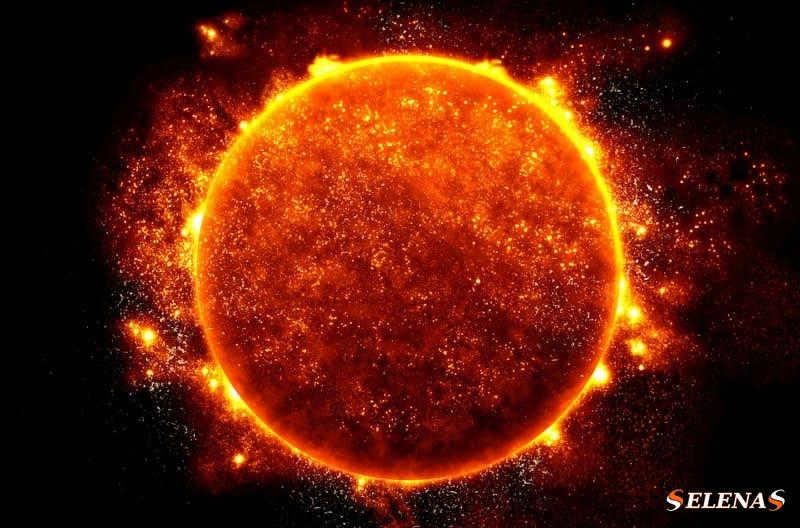
Main-sequence stars
Main-sequence stars are youthful celestial bodies that derive their energy from the fusion of hydrogen nuclei into helium in their cores.
Around 90% of the stellar population in the cosmos consists of main-sequence stars, including our very own Sun.
Main-sequence stars typically possess masses ranging from one-tenth to 200 times that of the Sun.
A main-sequence star is in a state of equilibrium, known as hydrostatic equilibrium, wherein the inward pull of gravity is counterbalanced by the outward pressure generated from the thermonuclear reactions occurring within the star.
These opposing forces maintain the star’s spherical form.
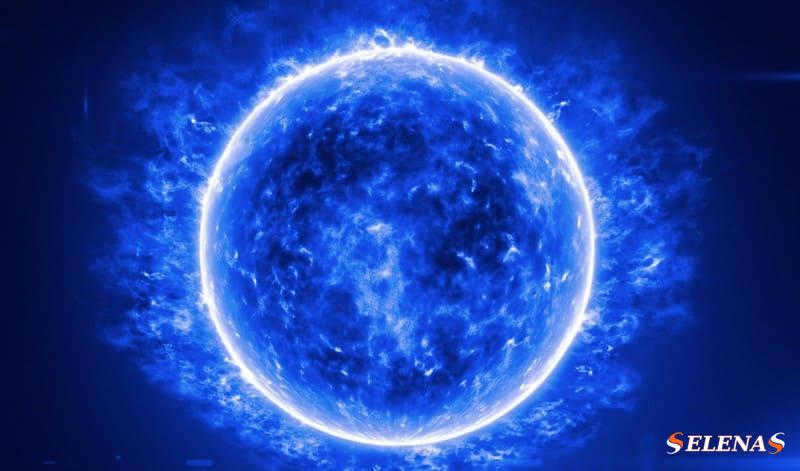
Blue star
Blue stars, commonly known as O-type stars, are frequently found in regions where new stars are being formed.
These stars are particularly prevalent in areas such as the spiral arms of galaxies, where their intense light brings out the blue hues of the surrounding dust and gas clouds.
One distinctive feature of blue stars is the presence of strong Helium-II absorption lines in their spectra.
Compared to B-type stars, blue stars exhibit weaker hydrogen and neutral helium lines in their spectra.
With temperatures reaching around 30,000 K, blue stars shine with a luminosity that is 100 to 1 million times greater than that of the Sun.
Typically, blue stars have masses ranging from 2.5 to 90 times that of our Sun and have lifespans of approximately 40 million years.
Blue stars typically experience relatively brief lifespans that culminate in explosive supernova events due to their high temperatures and immense sizes.
Notable blue stars include Delta Circini and Theta1 Orionis C.
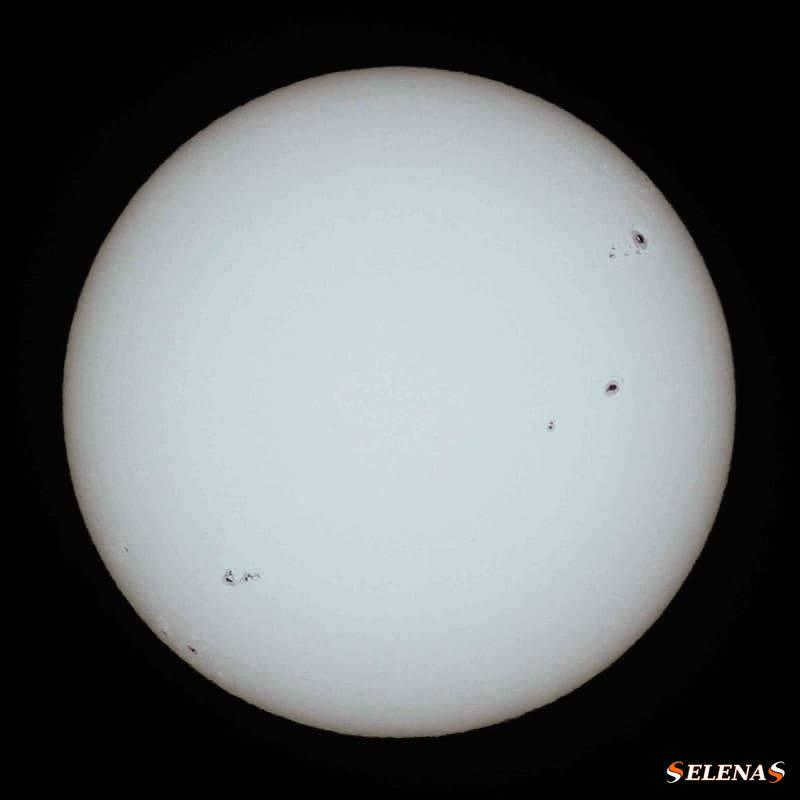
Yellow dwarf stars
Yellow dwarf stars belong to the G spectral class and have masses ranging from 0.7 to 1 solar mass.
Around 10% of the stars found in the Milky Way are yellow dwarfs.
Yellow dwarfs emit a bright yellow, almost white light and have a surface temperature of approximately 6000°C.
Although our Sun is classified as a G-type star, it appears white in color.
These stars have temperatures ranging from 5200 to 7500 K and luminosities between 0.6 and 5.0 times that of the Sun.
The lifespan of a yellow dwarf star can vary between 4 and 17 billion years.
As their hydrogen fuel supply depletes, G-type stars undergo a transformation into red giants.
Examples of yellow dwarf stars include our Sun, Alpha Centauri A, and Tau Kita.
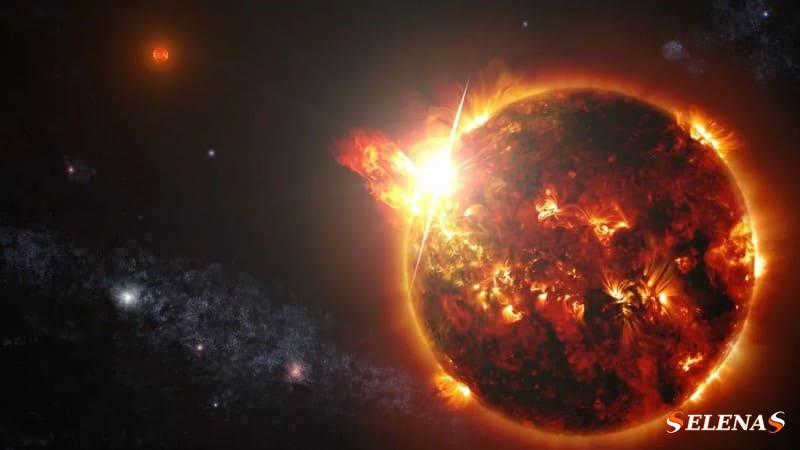
Orange dwarf
Orange dwarfs are classified as K-type stars.
They emit a lower amount of ultraviolet radiation compared to G-type stars and remain stable on the main sequence for approximately 30 billion years, while the Sun remains stable for about 10 billion years.
These characteristics make orange dwarfs particularly intriguing for the exploration of extraterrestrial life.
Orange dwarfs are also highly favorable for hosting exoplanets within their habitable zone, as they are approximately four times more abundant than G-type stars.
They have temperatures ranging from 3700 to 5200 K and luminosities ranging from 0.08 to 0.6 times that of the Sun.
Their mass is typically between 0.45 and 0.8 times that of the Sun.
Examples of orange dwarfs include Alpha Centauri B and Epsilon Indi.
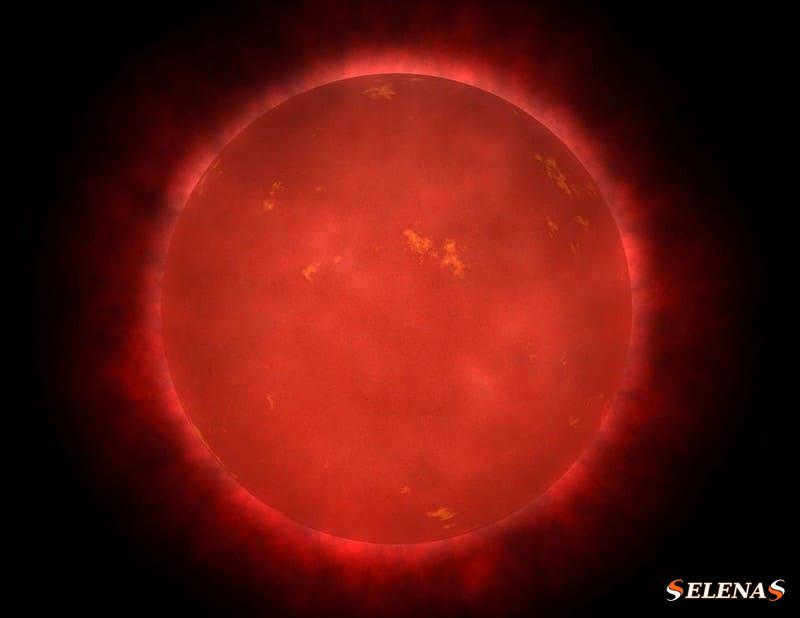
Red dwarf
Red dwarfs are the most prevalent type of stars in the cosmos.
Due to their significantly lower mass compared to stars like our Sun, red dwarfs are much cooler and therefore appear dimmer.
Red stars have the ability to retain hydrogen fuel in their core for extended periods, allowing them to sustain their fuel much longer than other stars.
As a result, some of these stars can live for up to 10 trillion years.
Typically, red dwarfs have a temperature of around 4000 K and a luminosity ranging from 0.0001 to 0.8 times that of the Sun.
The smallest red dwarfs have a mass equivalent to 0.075 times that of the Sun, but they can reach up to half the mass of the Sun.
Notable examples of red dwarfs include Proxima Centauri and Trappist-1.
Types of stars: giant and supergiant stars
Giant and supergiant stars are formed when a star exhausts its hydrogen fuel and begins to burn helium.
These stars are the largest in the entire universe.
As the star’s core contracts and heats up, the resulting increase in heat causes the outer layers of the star to expand outward.
Stars with low to medium mass become red giants, while those with high mass, around 10+ times the size of the Sun, become red supergiants.
Under certain conditions, a star can contract and transform into a blue supergiant through slow fusion processes.
The blue color is typically observed when the temperature is concentrated in a small area, making the star hotter.
Oscillations between red and blue phases can also occur.
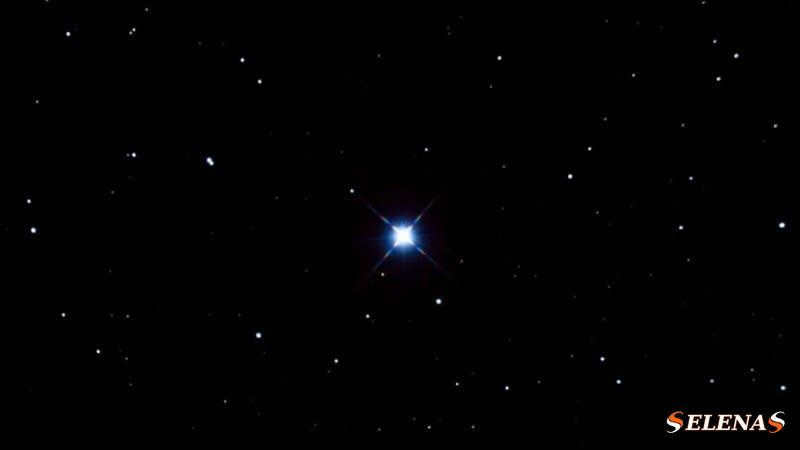
Blue giant
Blue giants are a rarity due to their evolution from more massive and less common stars, as well as their short lifespans.
Stars classified as luminosity classes III and II, known as bright giants and giants, are referred to as blue giants.
These stars fall under the spectral classes of O, B, and A.
The term “blue giant” encompasses various stars in different developmental stages.
These stars have evolved from the main sequence but share little in common.
Nevertheless, true blue giants have temperatures exceeding 10,000 K.
The temperature of a blue giant can reach as high as 33,000+ K, with a luminosity approximately 1,000 times that of the Sun.
Blue giants are characterized by their mass, which ranges from 2 to 150 times that of our Sun, and their relatively short lifespan of 10 to 100 million years.
Notable examples of blue giants include Meissa and Iota Orionis.
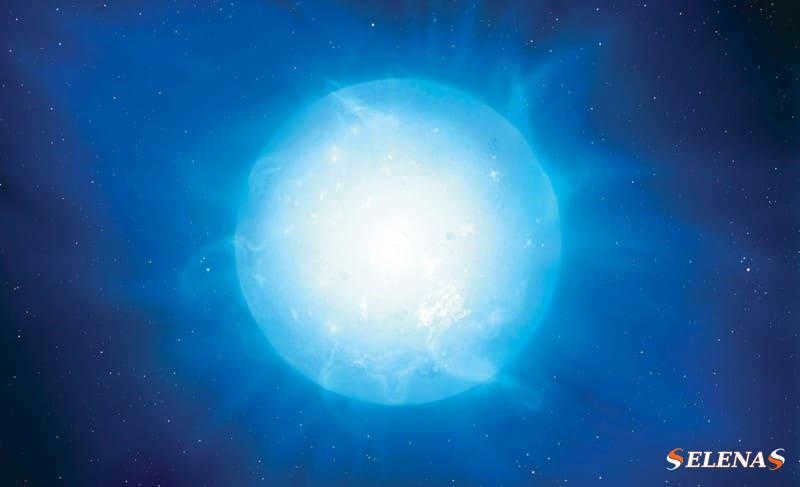
Blue supergiant stars
Blue supergiant stars are also uncommon.
They are referred to in scientific circles as OB supergiants and typically have a luminosity classification of I and a spectral classification of B9 or earlier.
They are generally larger than the Sun, but smaller than red supergiants, with masses ranging from 10 to 100 times that of the Sun.
Blue supergiants have temperatures ranging from 10,000 to 50,000 K and a luminosity that is 10,000 to 1 million times that of the Sun.
They have relatively short lifespans, lasting about 10 million years.
Due to their high mass, blue supergiants quickly deplete their hydrogen fuel reserves.
Some stars bypass the normal blue supergiant phase and evolve directly into Wolf-Rayet stars.
Two well-known blue supergiant stars are Rigel and Tau in the constellation Canis Major.
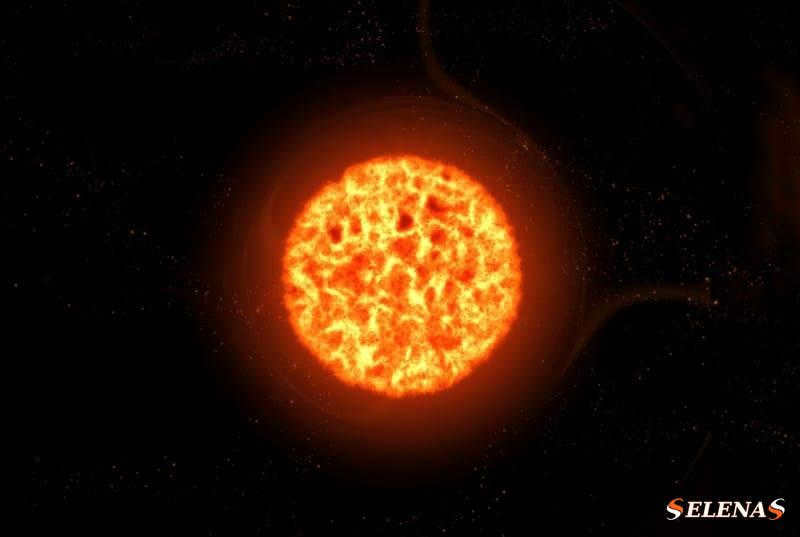
Red giant
Red giants fall into the spectral classes M and K, they are considerably smaller than red supergiants and considerably less massive.
Once a star has depleted its hydrogen supply in its core, fusion stops and the star no longer generates external pressure to counterbalance the internal pressure pulling it inward.
As a result, the hydrogen envelope surrounding the core ignites, extending the star’s lifespan but causing it to expand significantly in size.
This is how a red giant is formed.
Red giants can be up to 100 times larger than the star was during its main sequence phase.
Once this hydrogen fuel is depleted, additional layers of helium and even heavier elements can undergo fusion reactions.
Additionally, they possess masses ranging from 0.3 to 10 times the mass of the Sun.
The lifespan of red giants spans from 0.1 to 2 billion years before they exhaust their fuel reserves and transition into white dwarfs.
Aldebaran and Arcturus serve as prime examples of red giants.
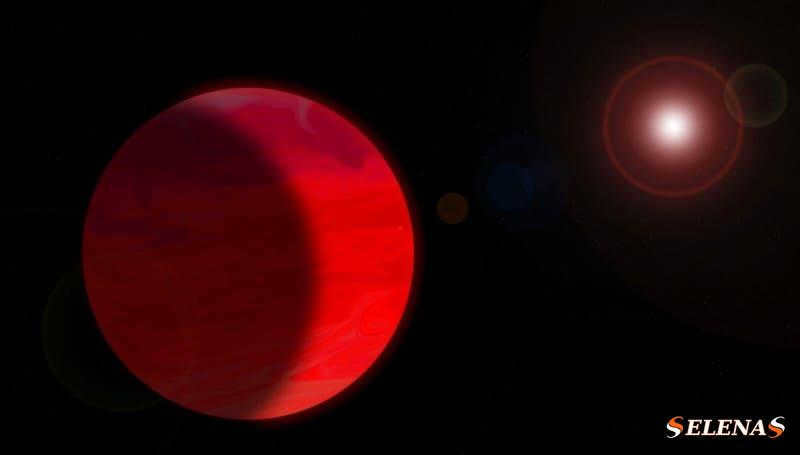
Red supergiant
Red supergiant stars are massive stars that have depleted their hydrogen fuel in their cores, causing their outer layers to expand significantly as they progress away from the main sequence.
They fall into the spectral classes K and M and are among the largest stars in existence, although not the most massive or brightest.
These stars have temperatures ranging from 3,500 to 4,500 K and luminosities ranging from 1,000 to 800,000 times that of the Sun.
Red supergiants typically have masses between 10 and 40 times that of the Sun and have lifetimes ranging from 3 to 100 million years.
Some red supergiants have the ability to produce heavy elements and eventually explode as Type II supernovae.
Notable examples of red supergiants include Antares and Betelgeuse.
Categories of stars: Deceased stars
Inactive stars cease to possess fusion reactions in their central regions.
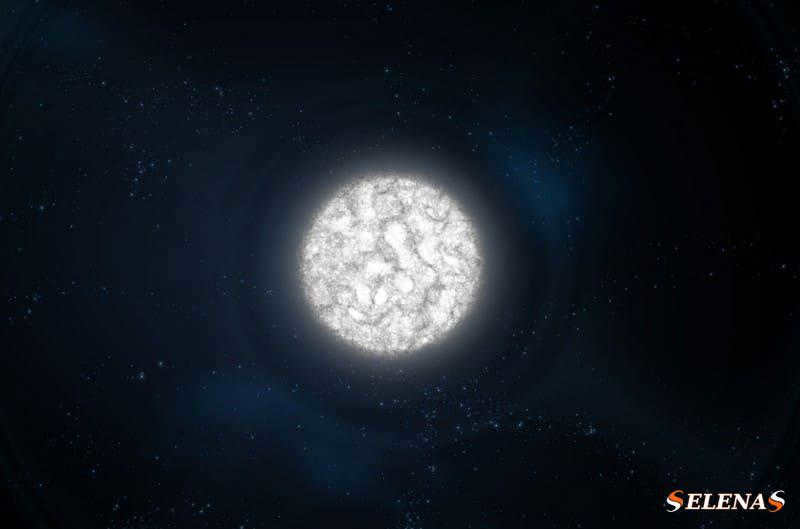

White dwarf stars
A white dwarf star is formed when the core of a star completely depletes its hydrogen fuel and does not have enough mass to initiate fusion reactions with heavier elements.
As a result, the external light pressure from fusion reactions ceases and the star collapses inward due to its own gravity.
The reason why a white dwarf star emits light is because it was once a hot star, although fusion reactions no longer occur within it.
White dwarfs typically have temperatures ranging from 8,000 to 40,000 K and a luminosity that can be 0.0001 to 100 times that of the Sun.
The mass of a white dwarf star is usually between 0.1 and 1.4 times the mass of our Sun.
White dwarfs can have lifespans ranging from 100,000 to 10 billion years.
Examples of white dwarf stars include Sirius B and Procyon B.
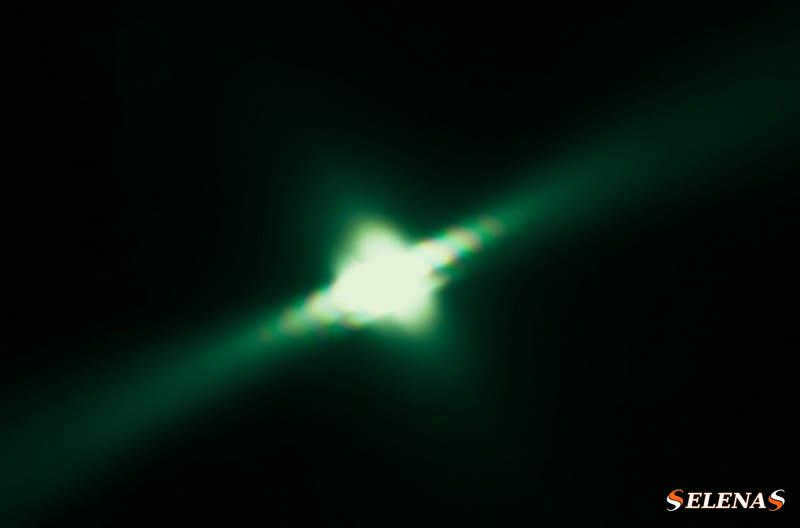
A Neutron star
Neutron stars are the result of the collapse of massive stars that have gone beyond the white dwarf stage during a supernova explosion.
A Neutron star is a unique type of star made up entirely of neutrons, which are particles that have a slightly greater mass than protons but do not carry an electric charge.
Neutron stars can transform into black holes if their mass exceeds 3 times that of the Sun.
Typically, they have temperatures of around 600,000 K and exhibit very low luminosity.
They possess a mass ranging from 1.4 to 3.2 times that of our Sun and have a lifespan of 100,000 to 10 billion years.
Two examples of neutron stars are “PSR J0108-1431” and “PSR B1509-58”.
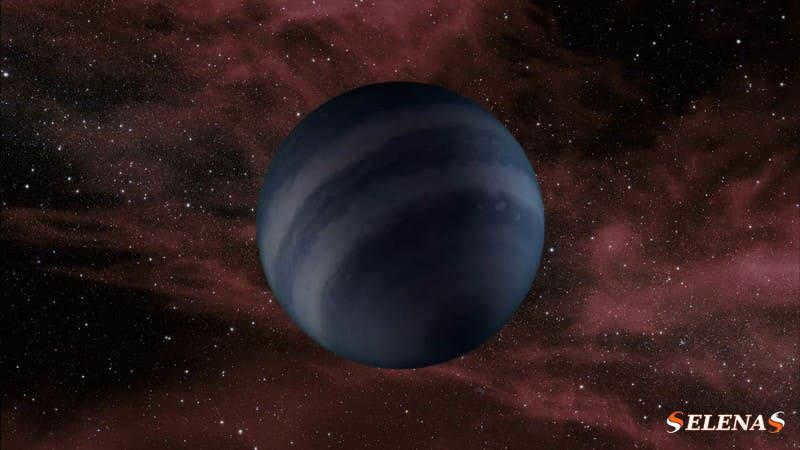
Black dwarf
Black dwarfs are believed to be white dwarfs that have released all remaining heat and light.
However, due to the long lifespan of white dwarfs, black dwarfs have not yet had enough time to develop.
As a result, black dwarfs are somewhat hypothetical in nature.
If a black dwarf were to form, it would occur after the death of our Sun.
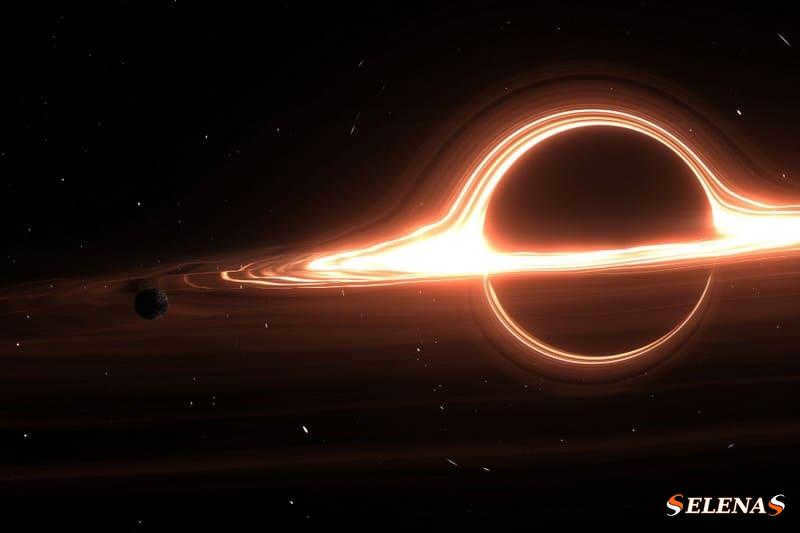
Black hole
When small stars reach the end of their life, they usually transform into white dwarfs or neutron stars. However, in the case of high-mass stars, they undergo a supernova explosion and eventually turn into black holes.
Due to the absence of external pressure to counteract gravity, the remnant of a high-mass star continues to collapse until it reaches a gravitational singularity, thus forming a black hole.
A black hole possesses such immense gravitational pull that even light cannot escape from it.
Some examples of black holes include Swan X-1 and Sagittarius A.
Categories of stars: unsuccessful stars
Unsuccessful stars are celestial bodies that lack sufficient mass to initiate and combine hydrogen gas, resulting in their lack of luminosity.
Brown stars are frequently denoted as unsuccessful stars.
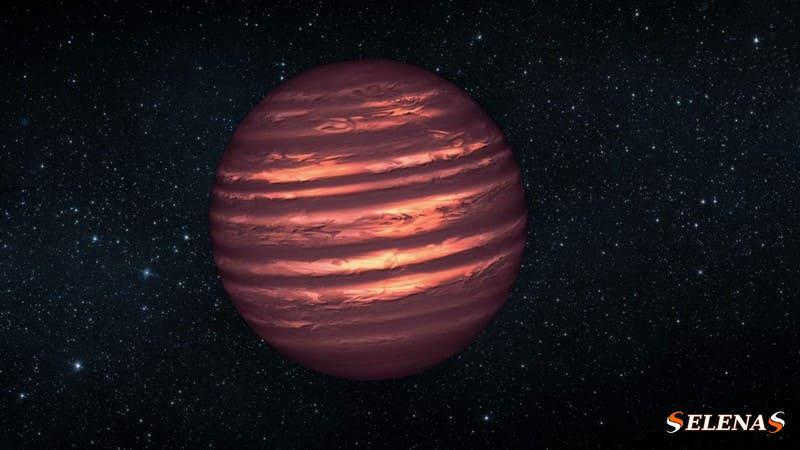
Brown dwarf
Brown dwarfs, which are classified as spectral classes M, L, T, and Y, do not emit visible light.
A brown dwarf often fills the void between the most massive gas planets and the least massive stars.
Typically, they have a temperature ranging from 300 to 2800 K and a mass that is approximately 0.01 to 0.08 times that of our Sun.
These celestial objects can have incredibly long lifespans, potentially lasting trillions of years.
Notable examples of brown dwarfs include Gliese 229 B and Luhman 16.
Categories of stars: Binary stars
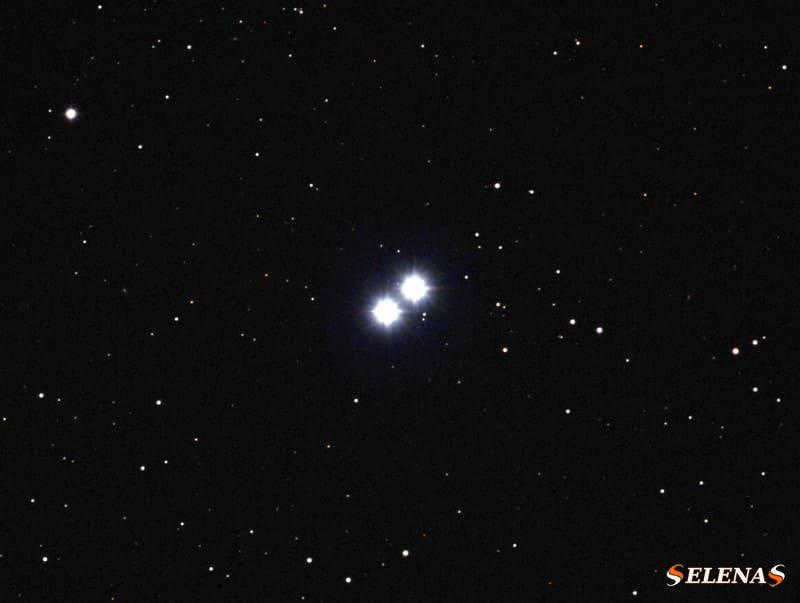
Twin star
A twin star is a celestial phenomenon where two stars are observed in close proximity in the nocturnal expanse.
Several are binary, signifying that they revolve around one another, while others simply appear in conjunction due to their alignment in our line of sight.
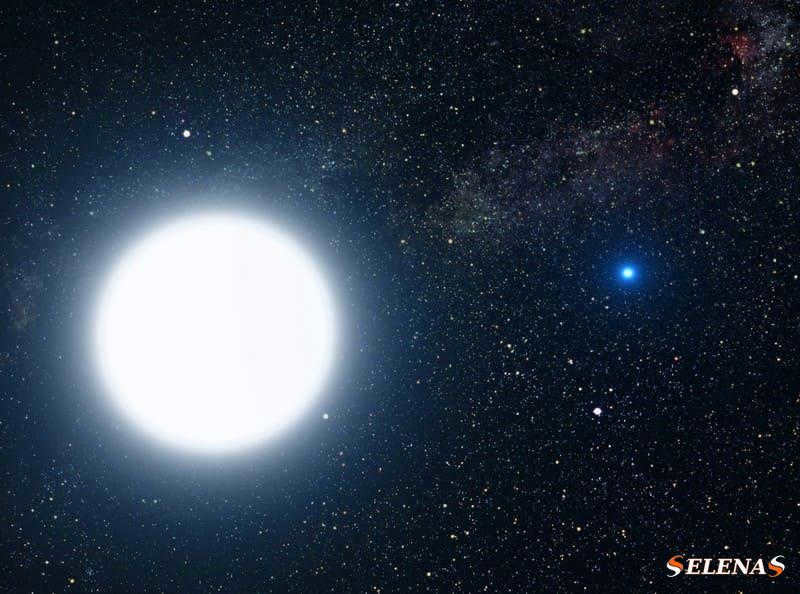
Binary star
A binary star is a celestial system consisting of two stars that revolve around a shared center of mass.
Roughly half of all known stars exist within a binary star system.
Eclipsed double star
An eclipsed double star is a pair of closely positioned stars that appear as a single star but with varying levels of brightness.
This fluctuation in brightness occurs as the stars intermittently overshadow and dim each other.
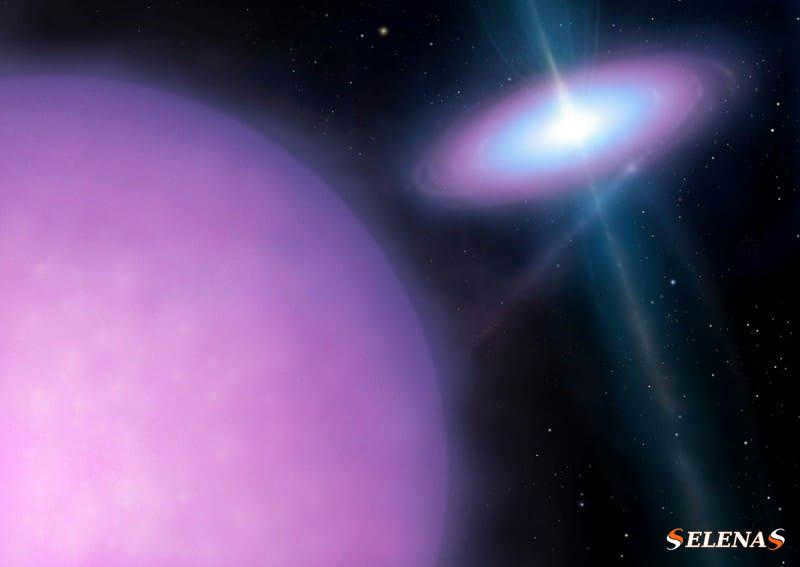
X-ray binary star system
An X-ray binary star system is a unique kind of binary star system where one of the stars is a compact object, such as a white dwarf, neutron star, or black hole.
As material is stripped from the companion star, it accretes onto the compact object, giving rise to the emission of X-rays.
Categories of stars: variable stars
Variable stars are stellar objects that undergo fluctuations in their luminosity.
